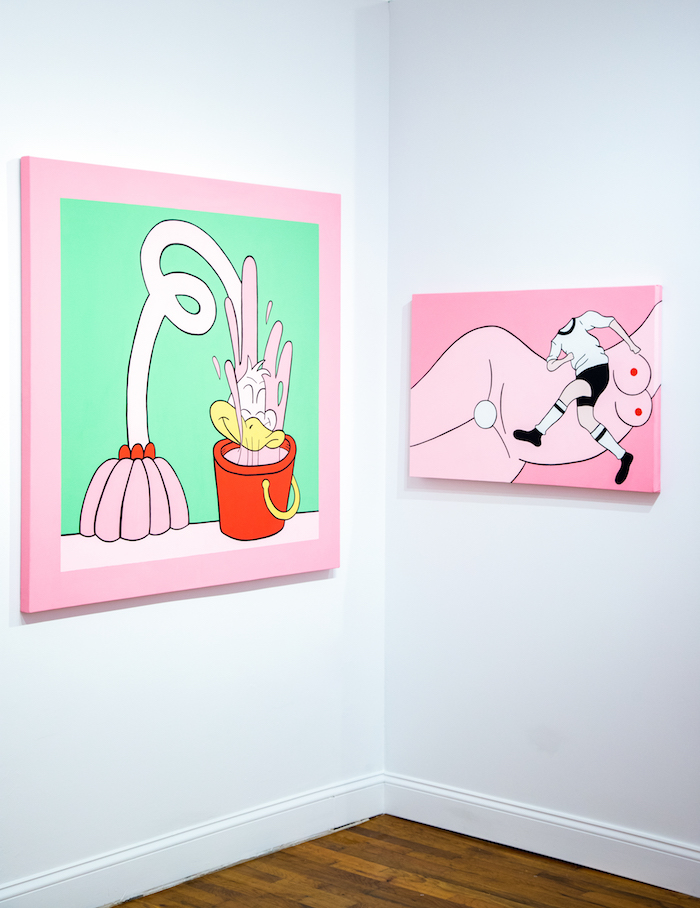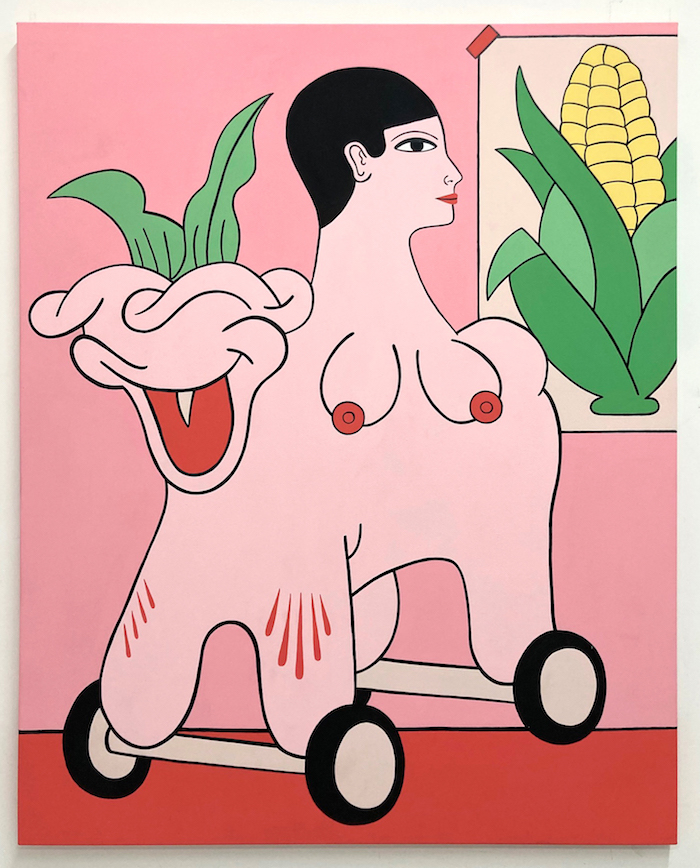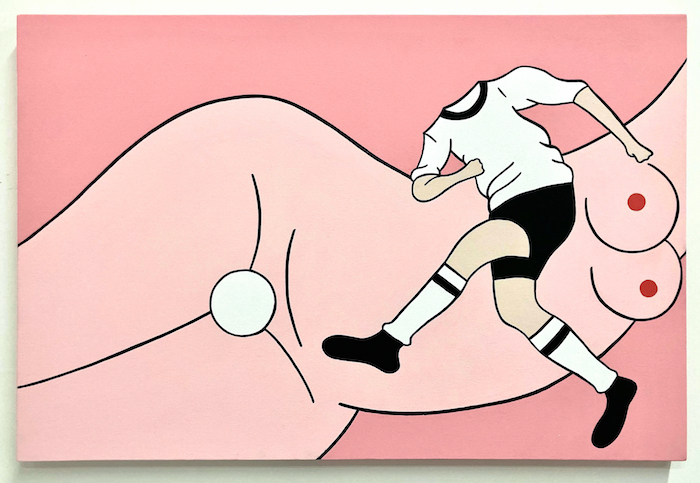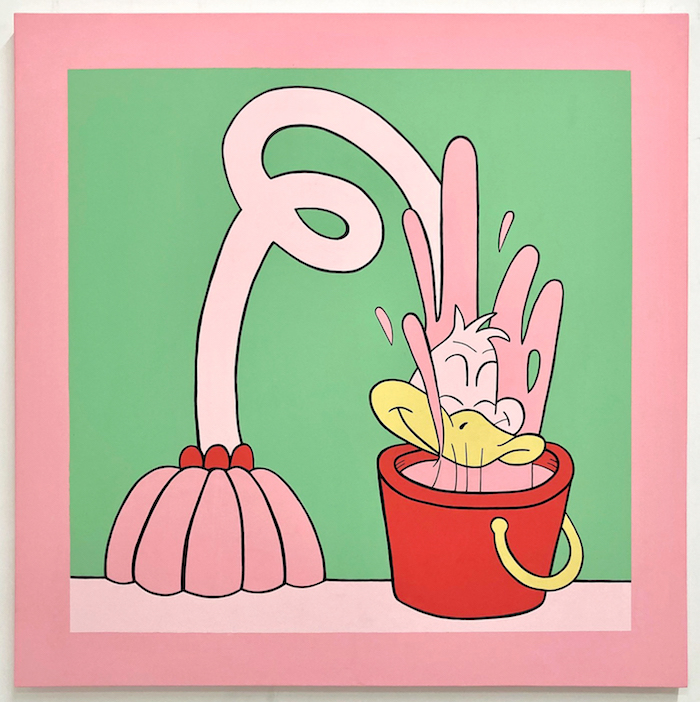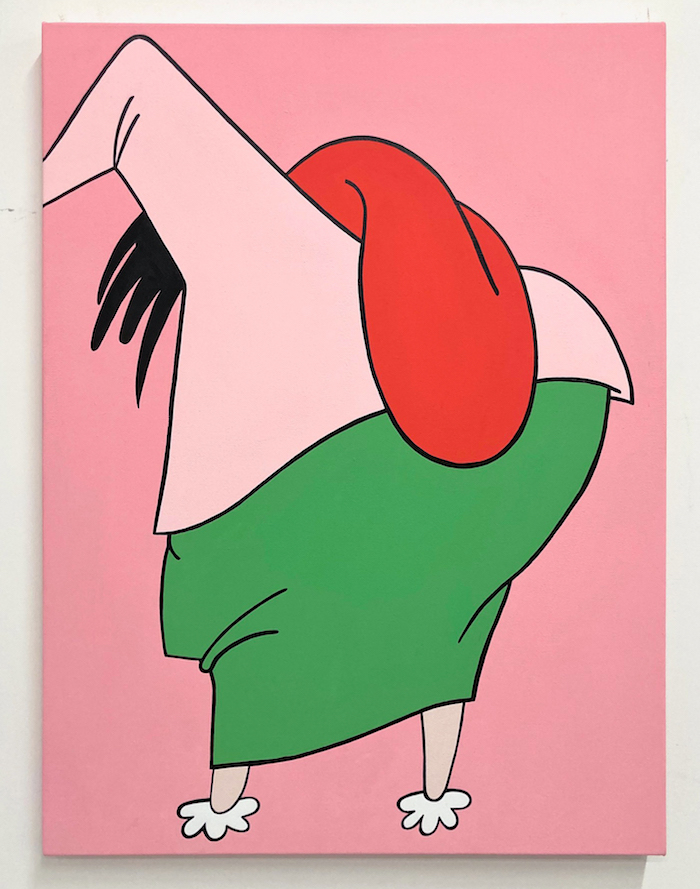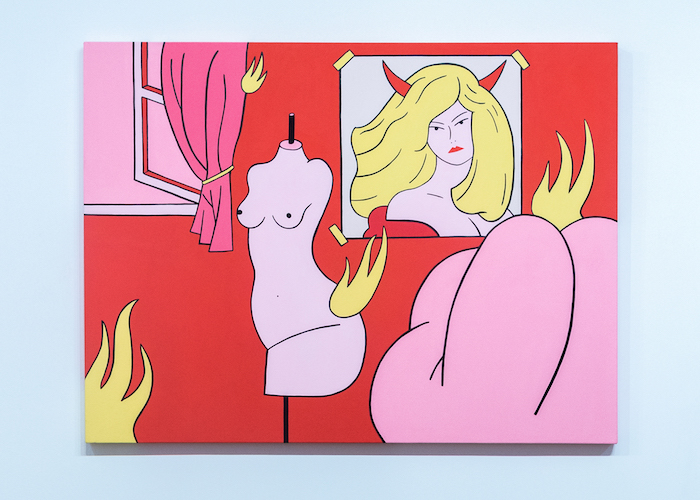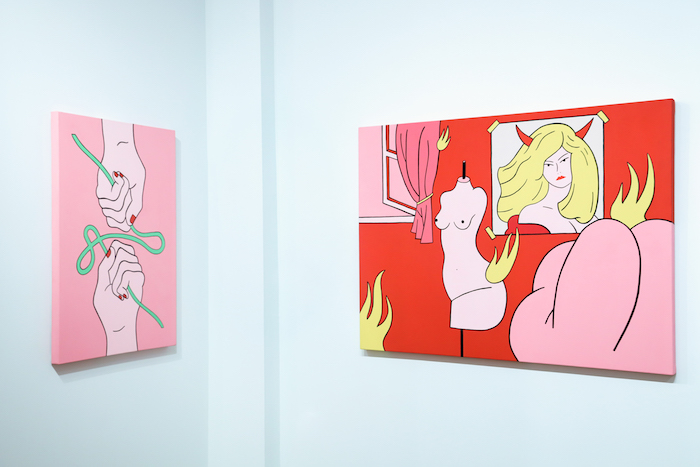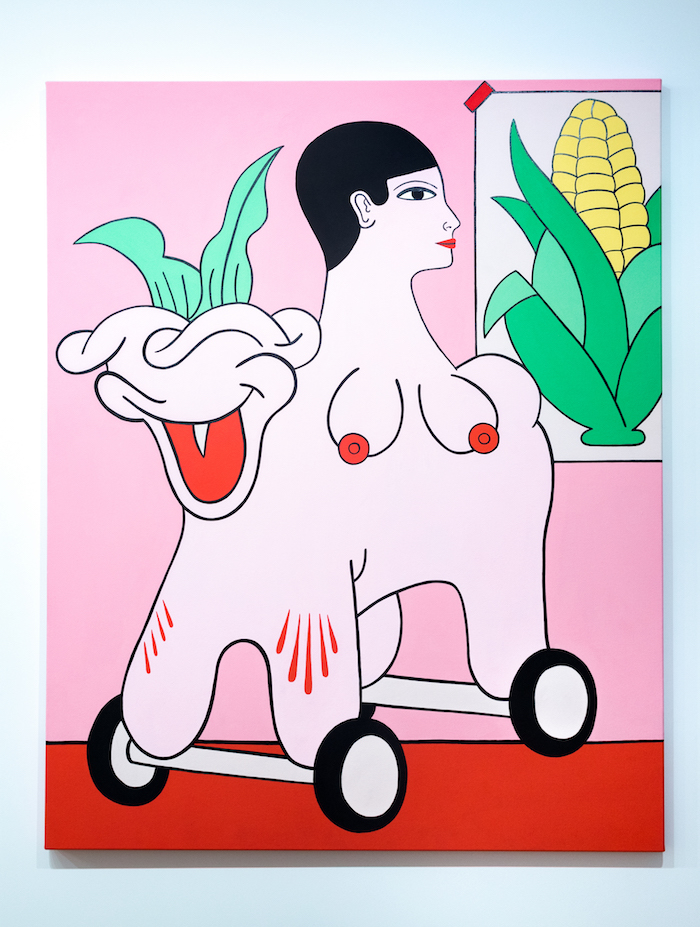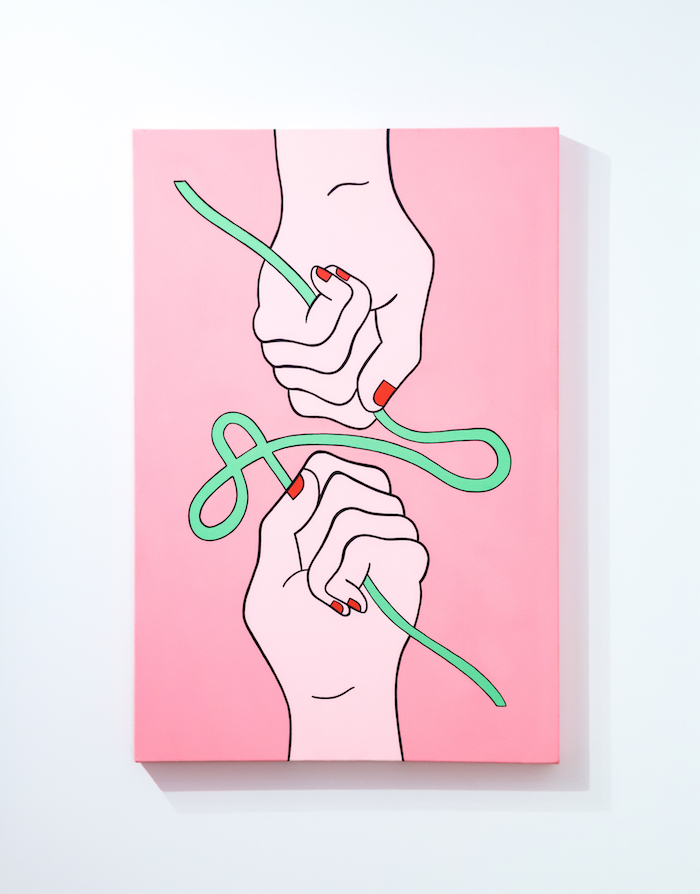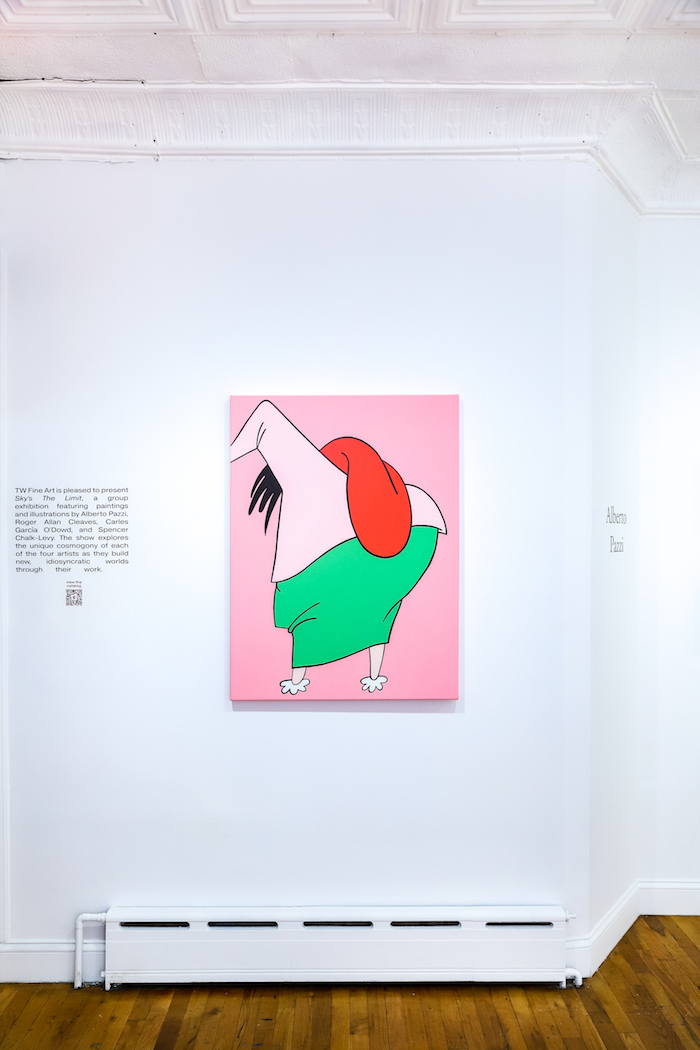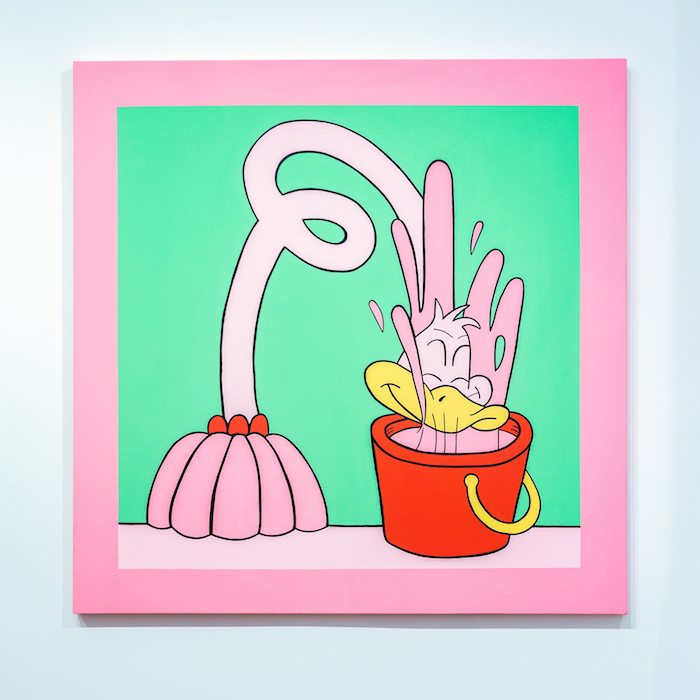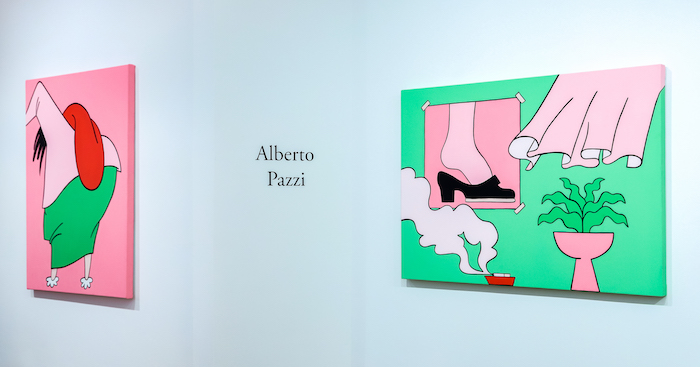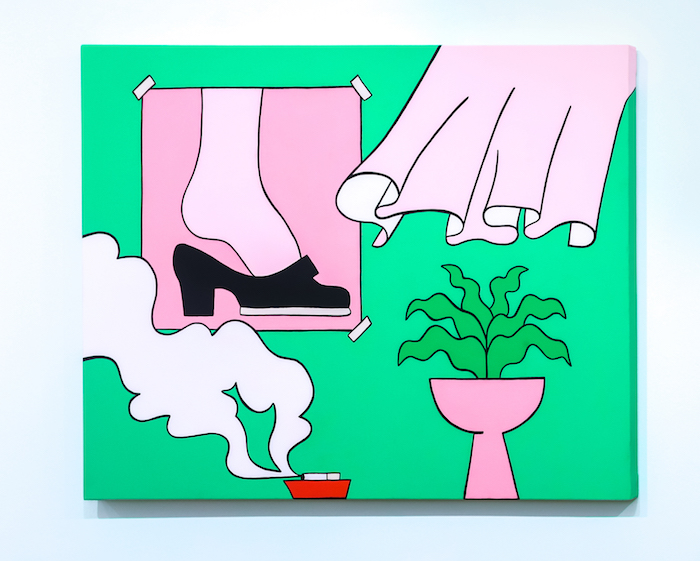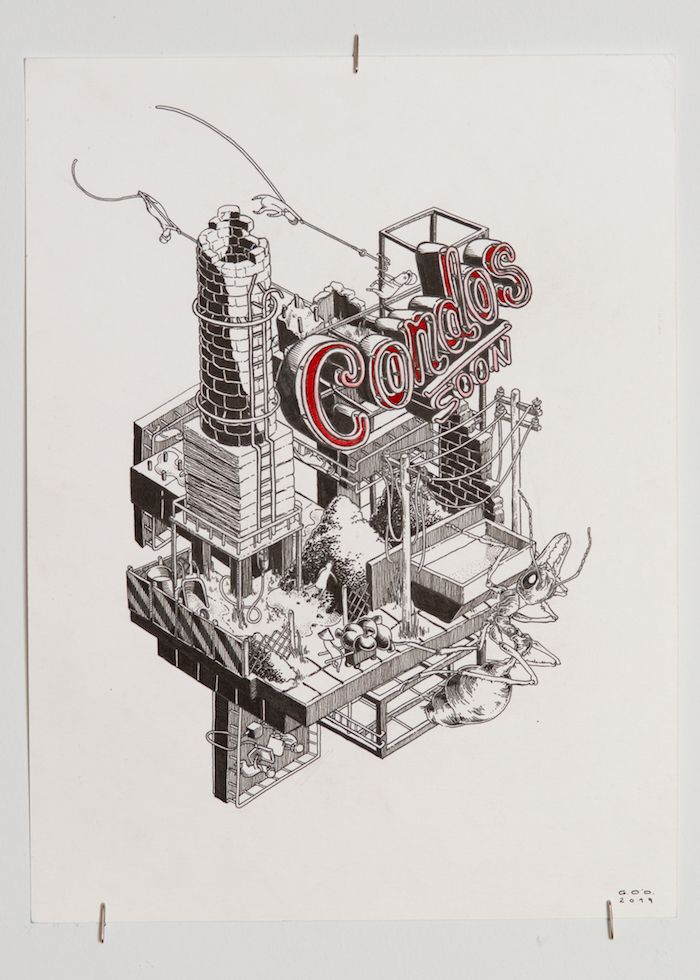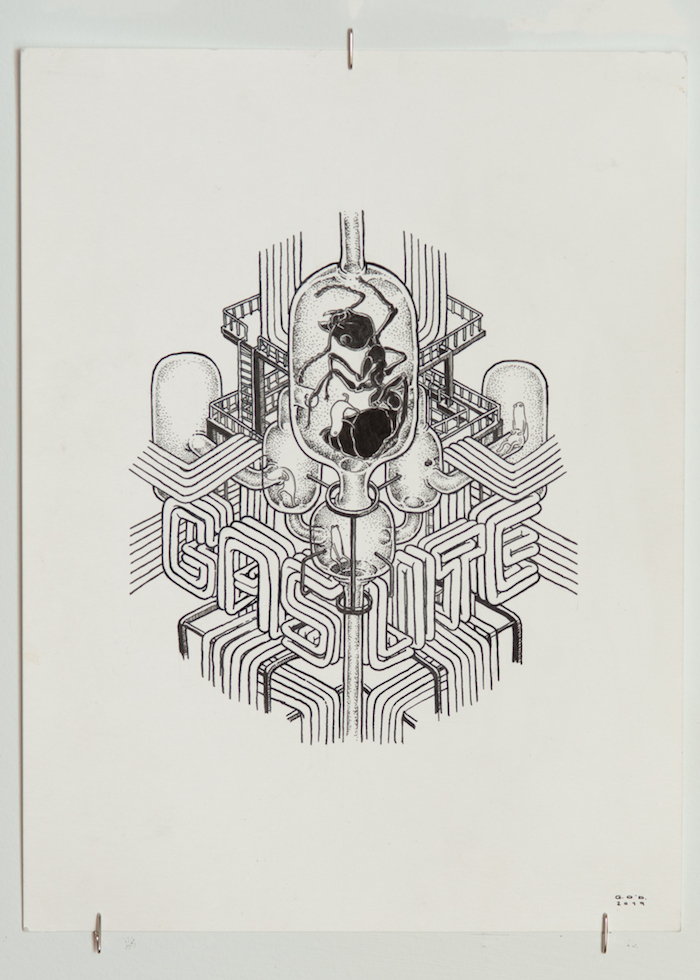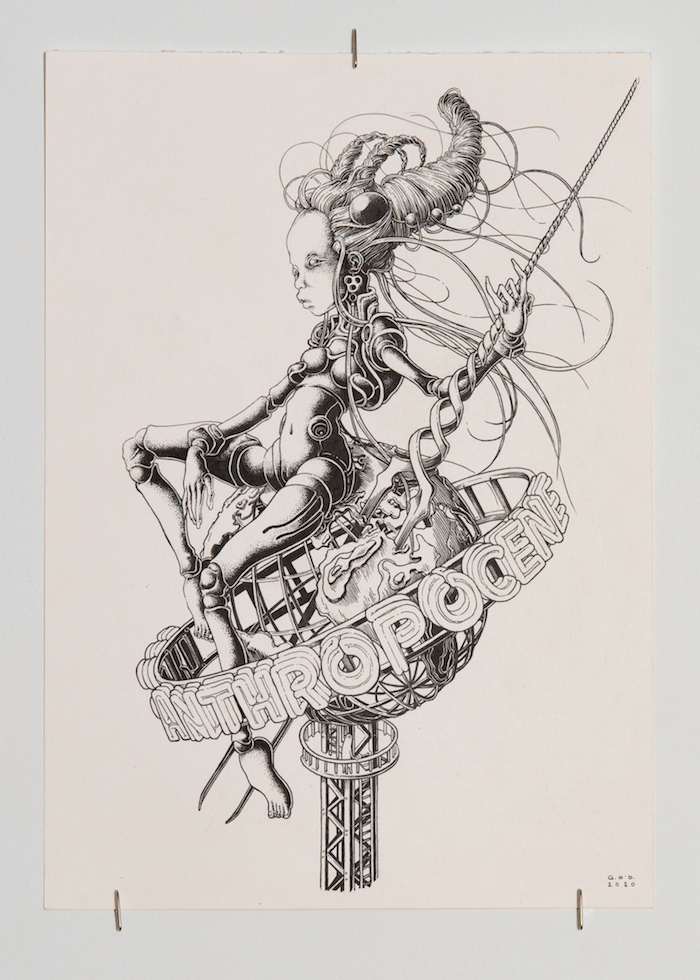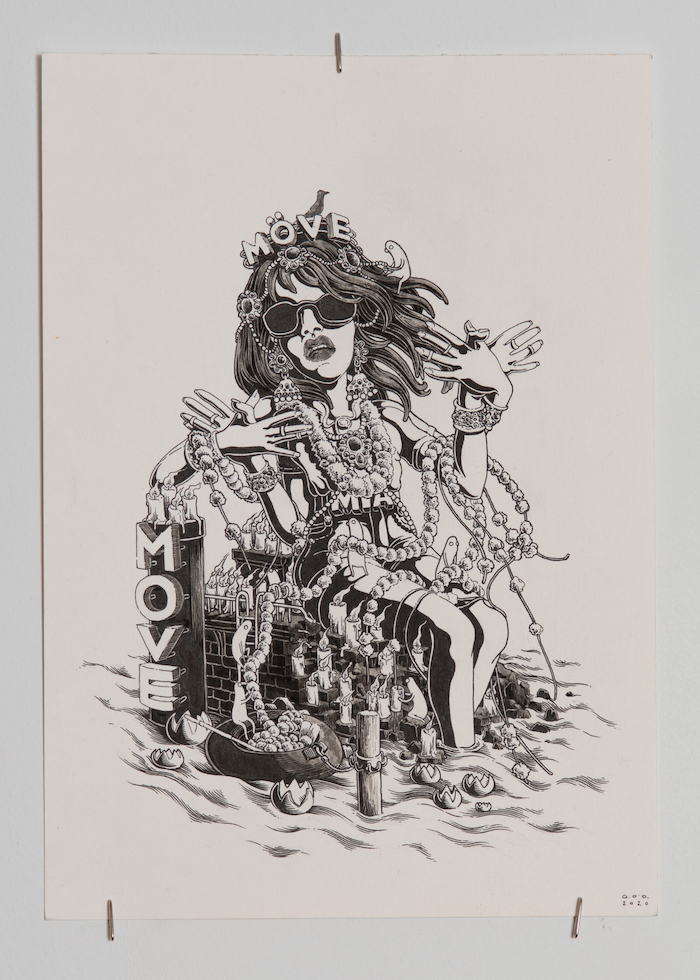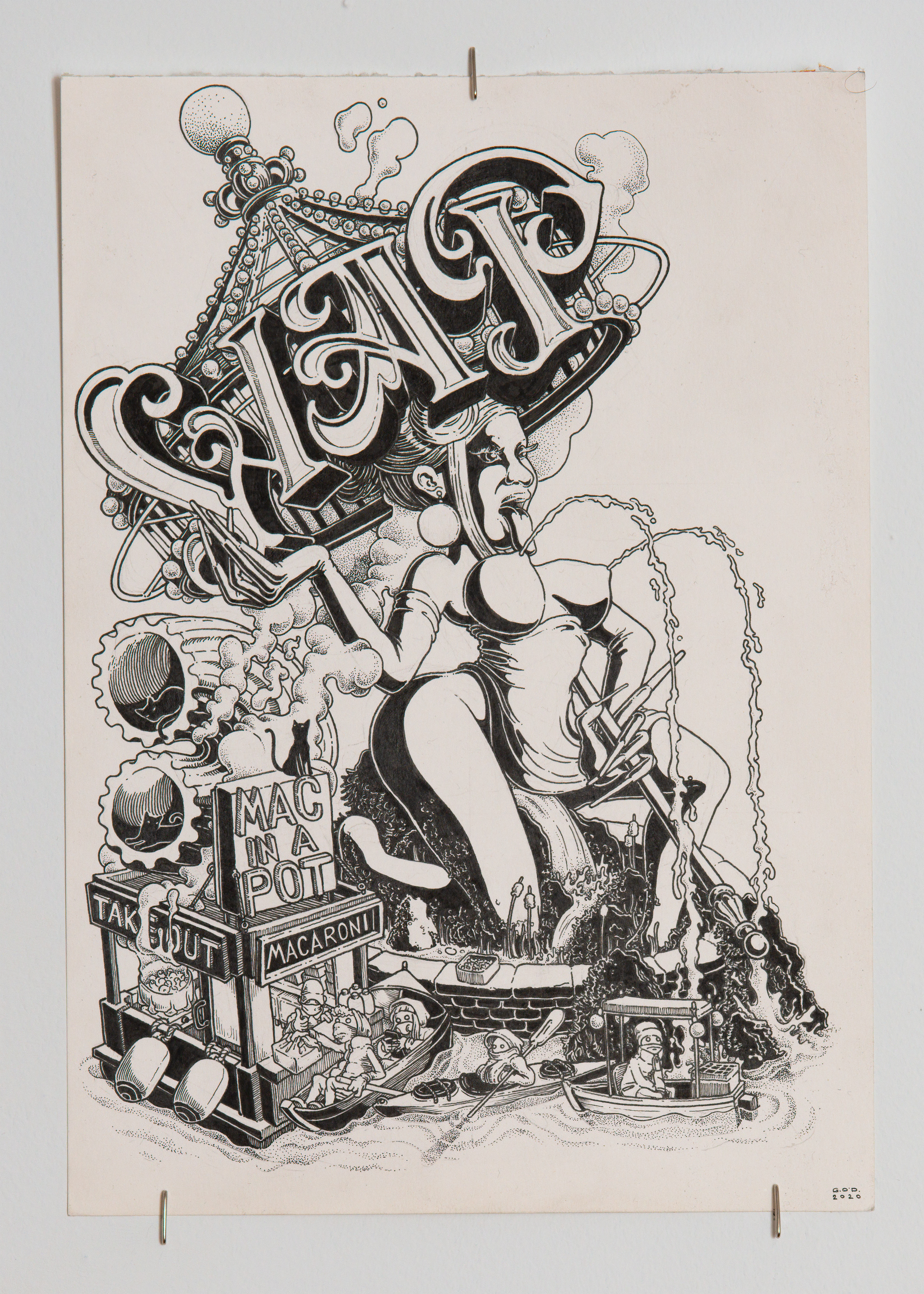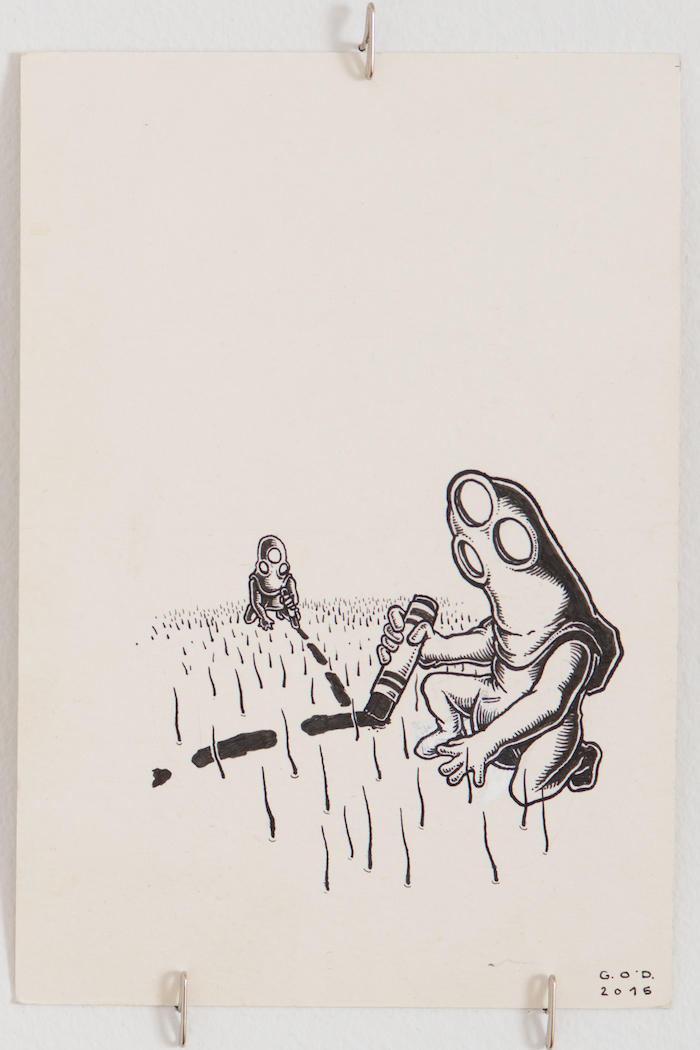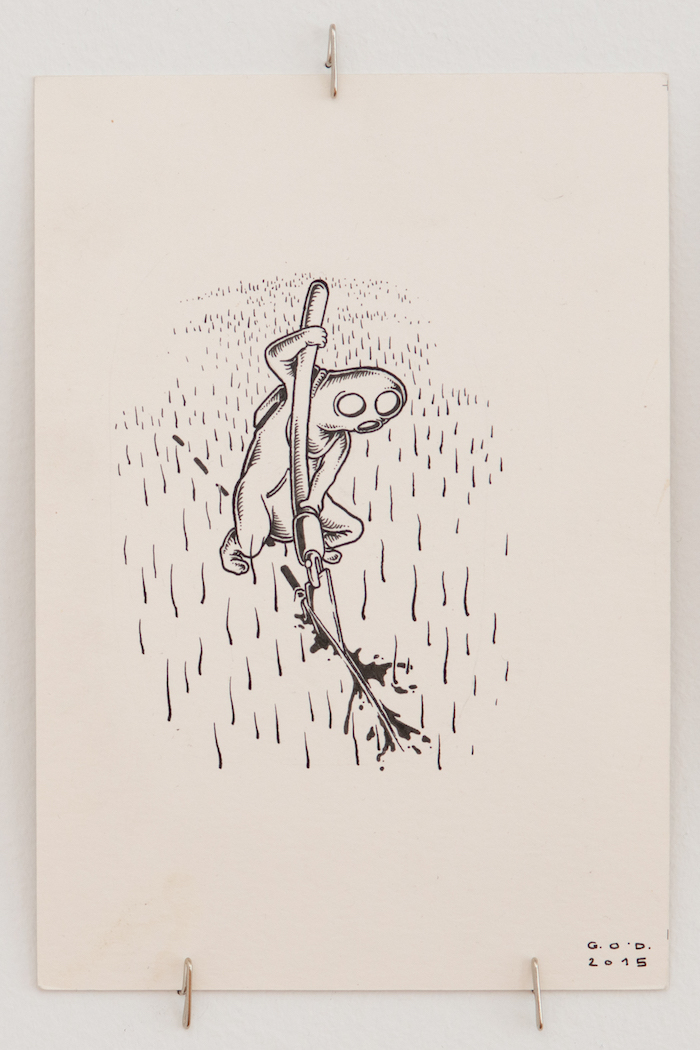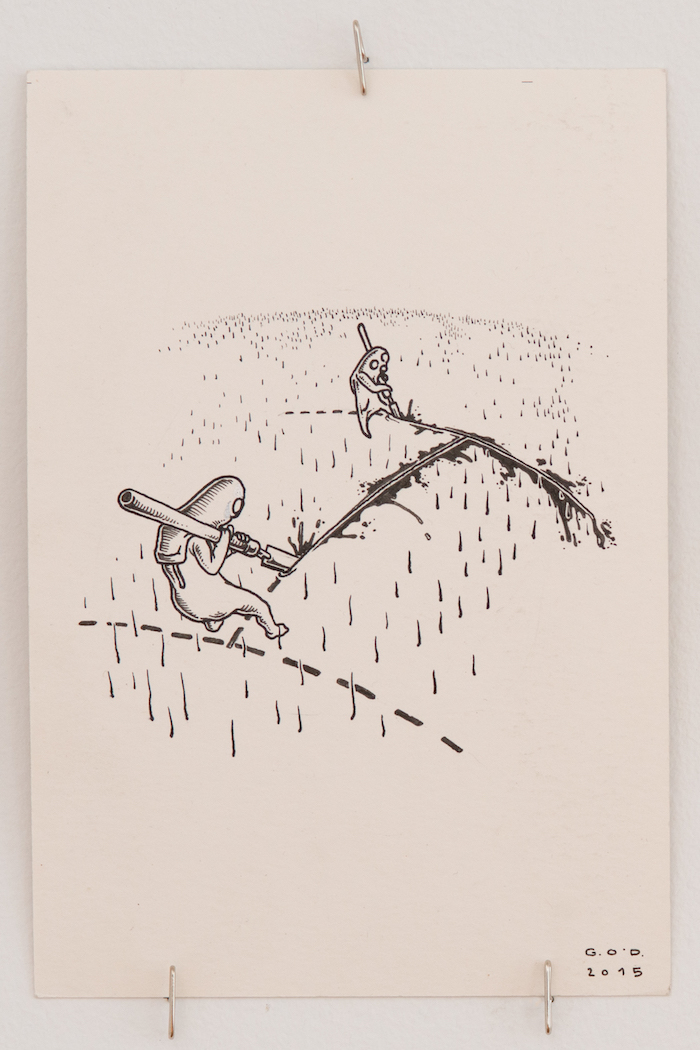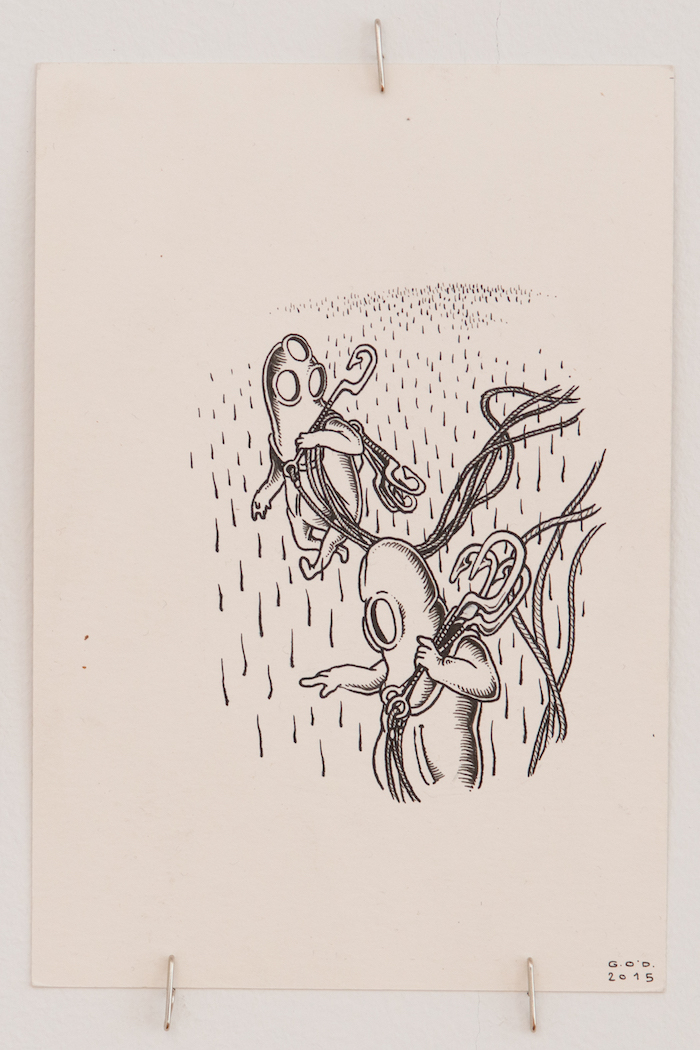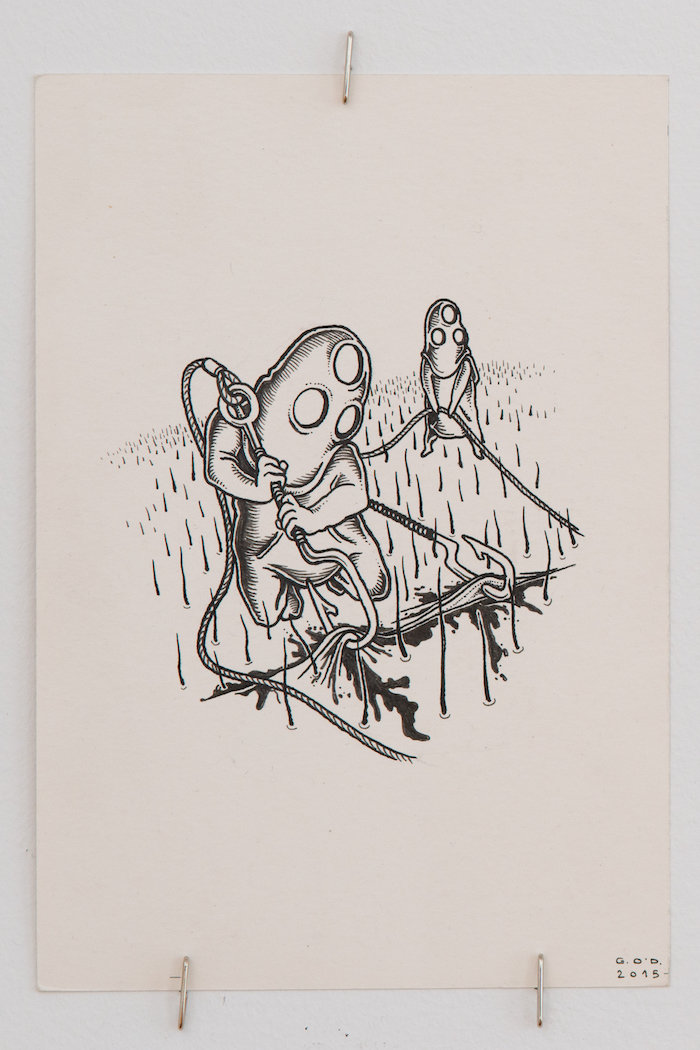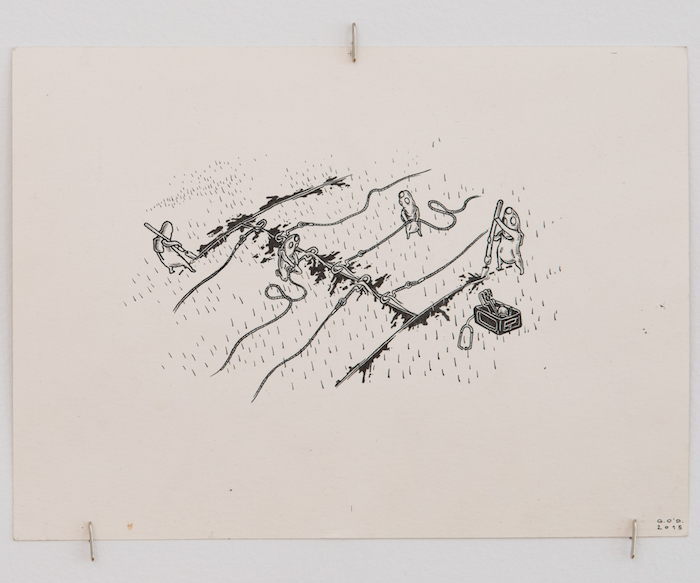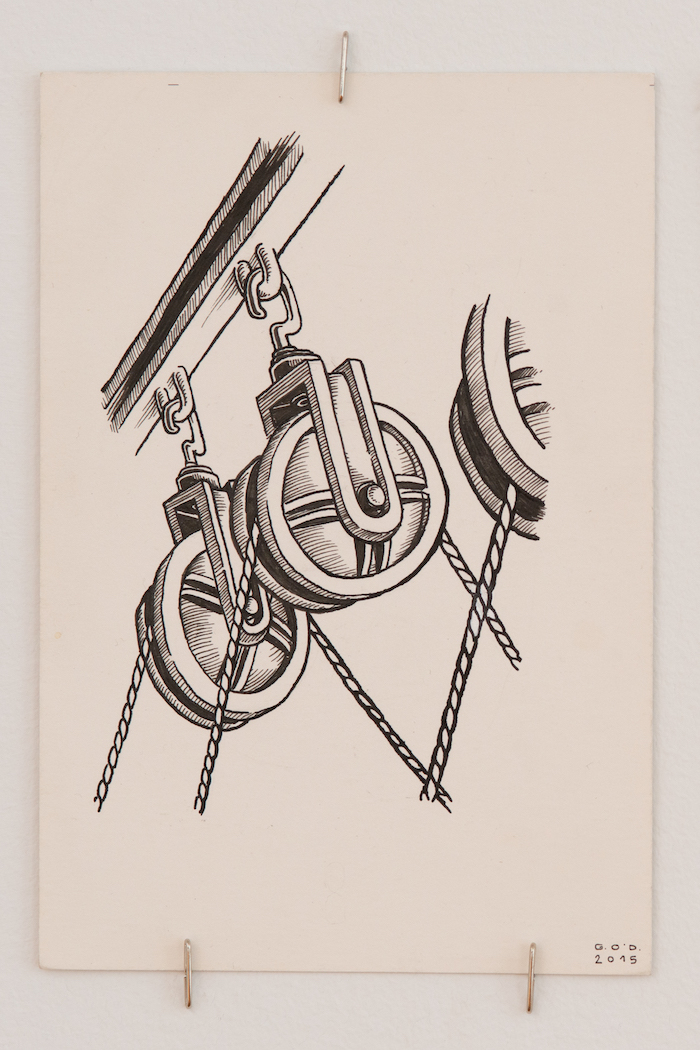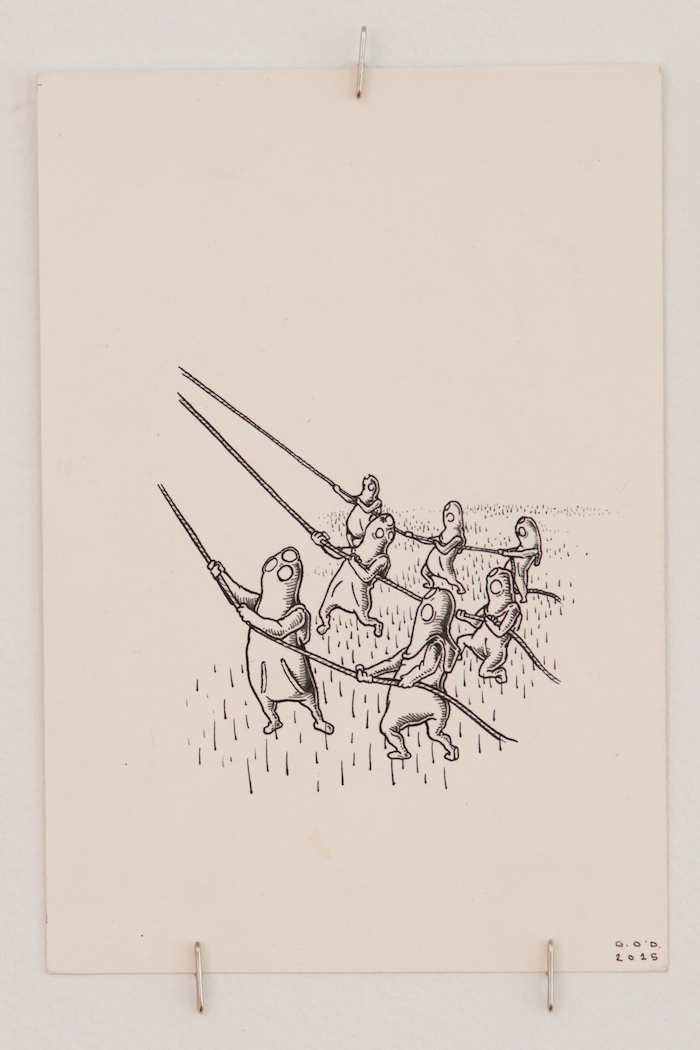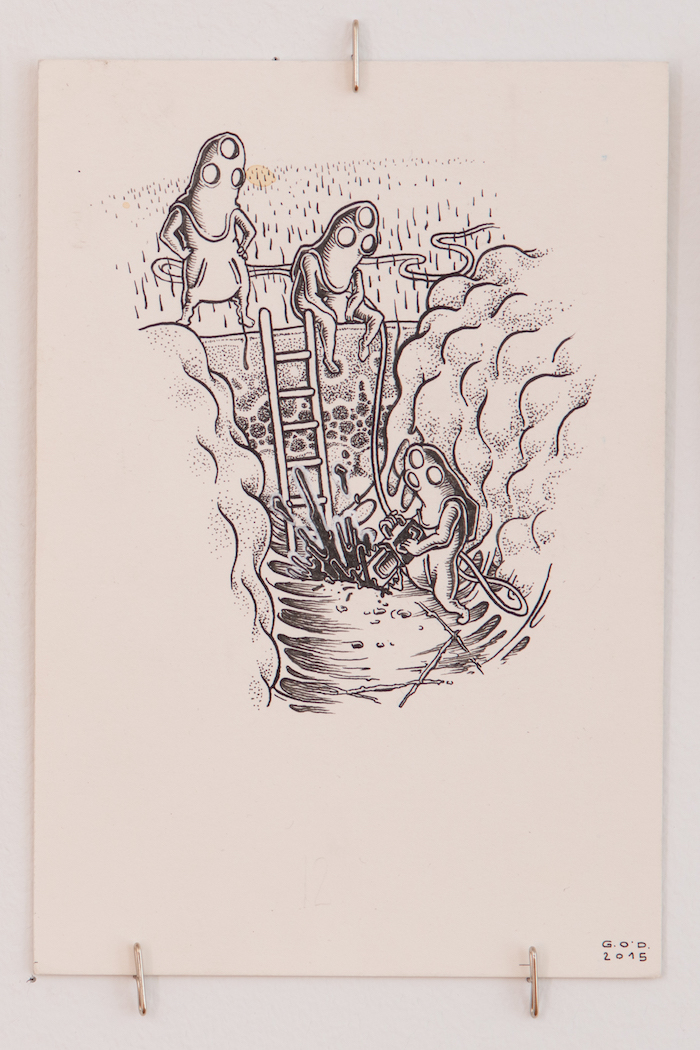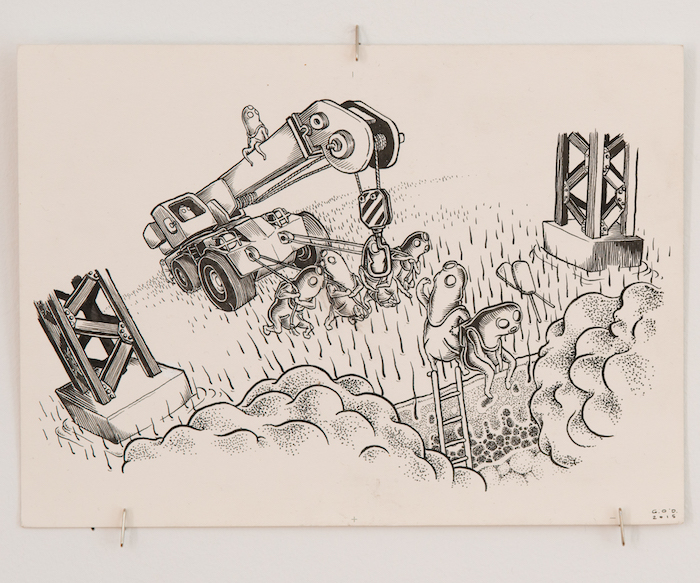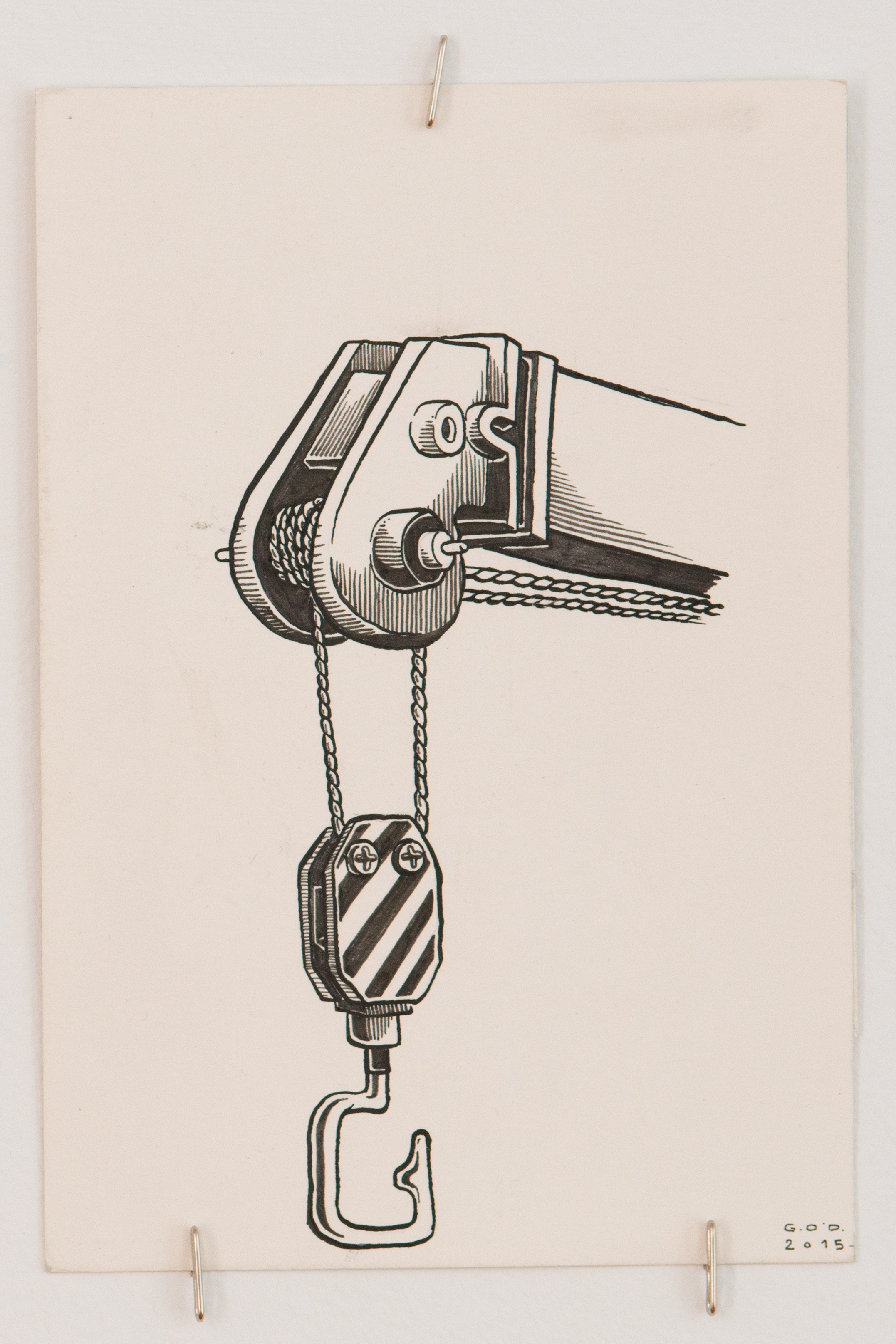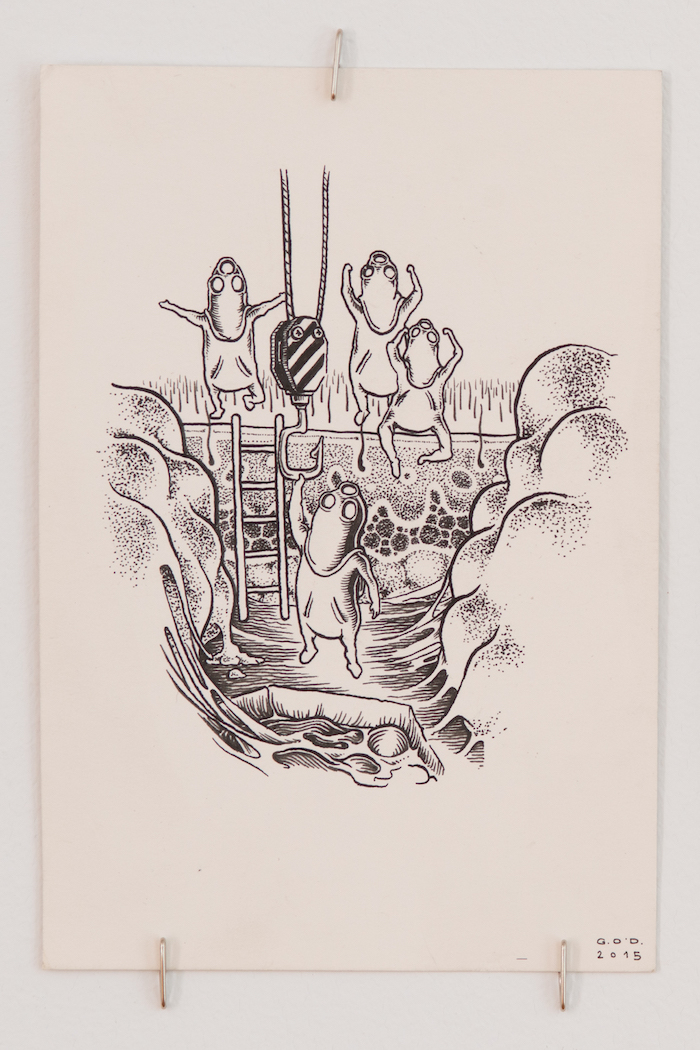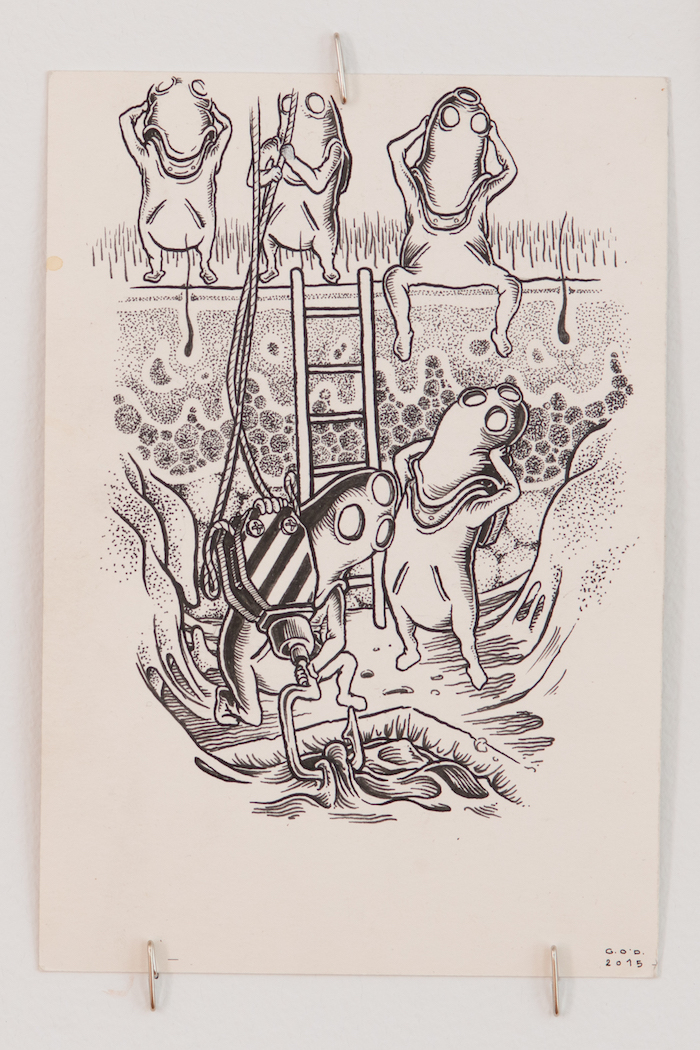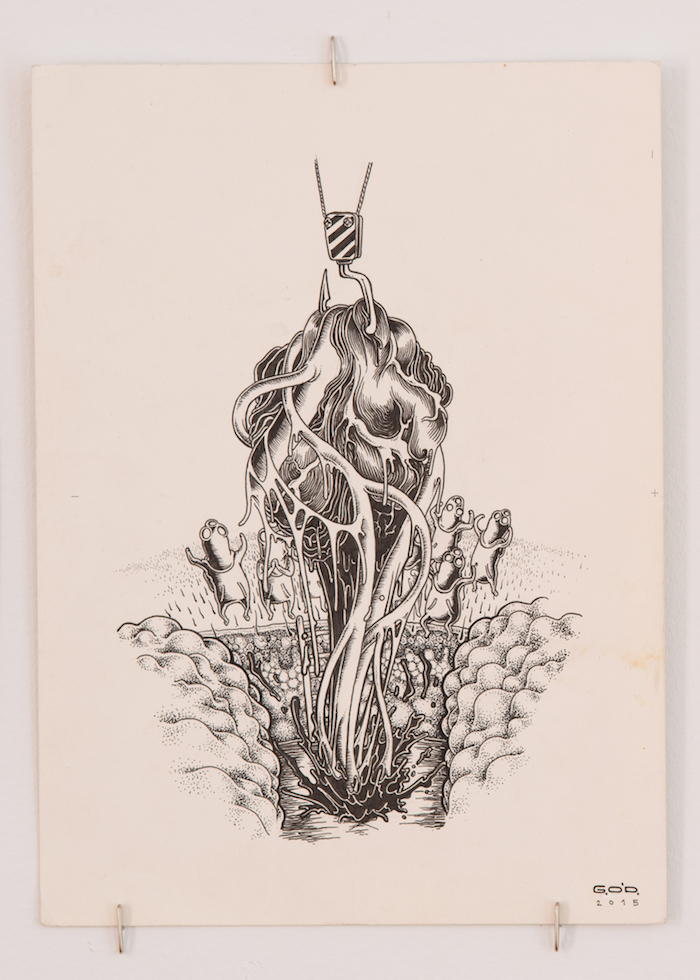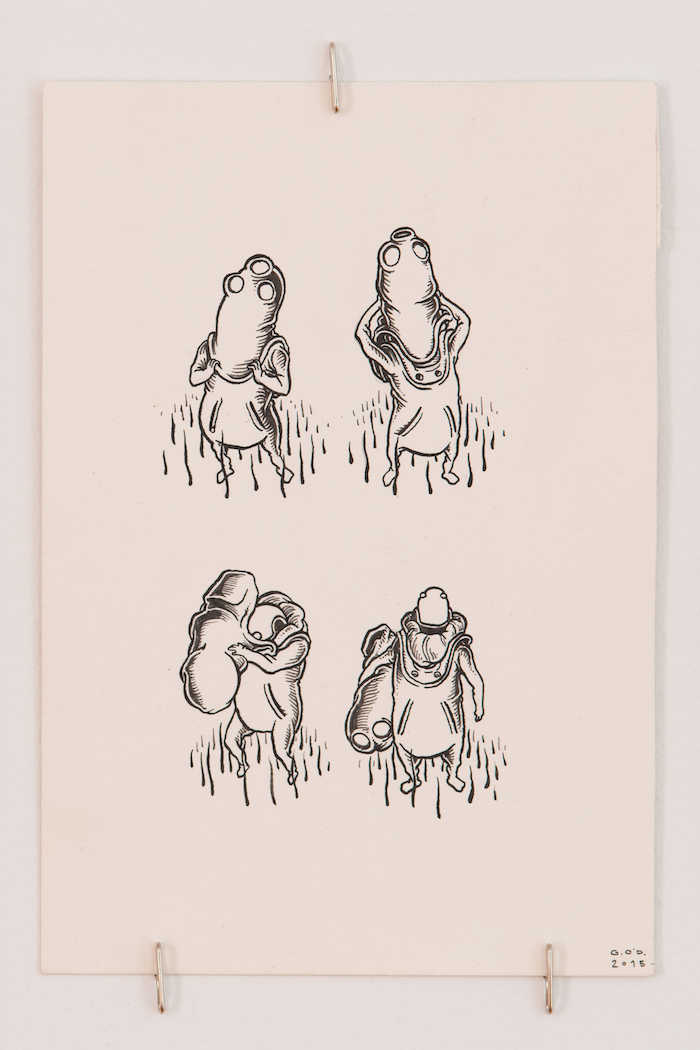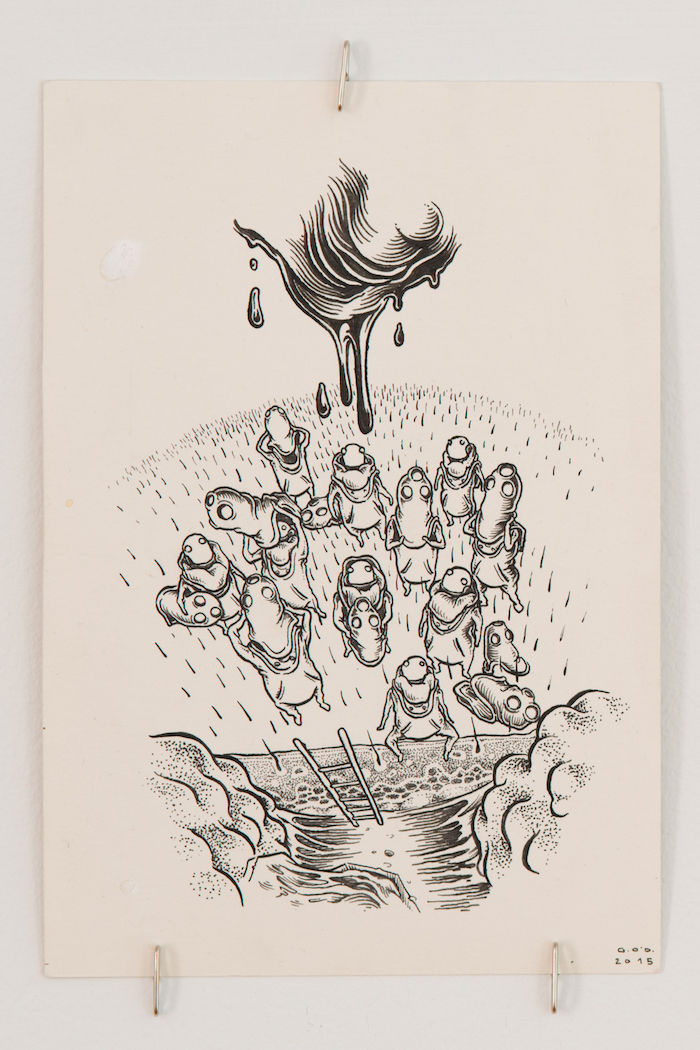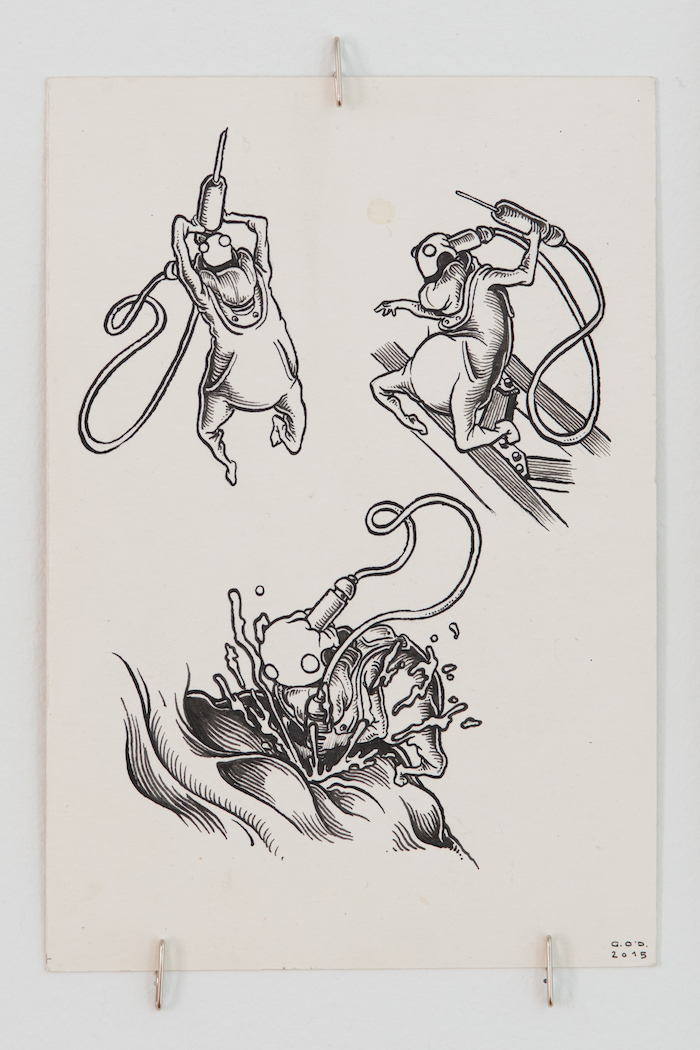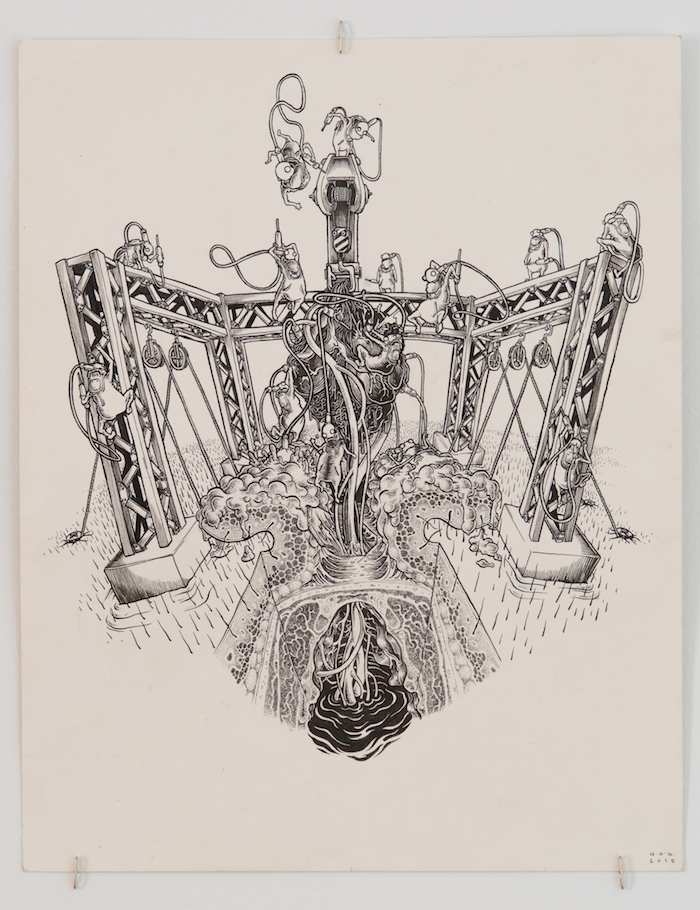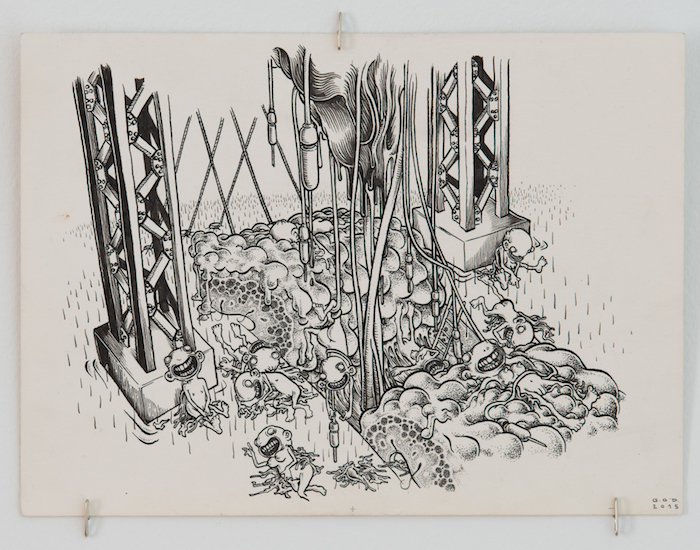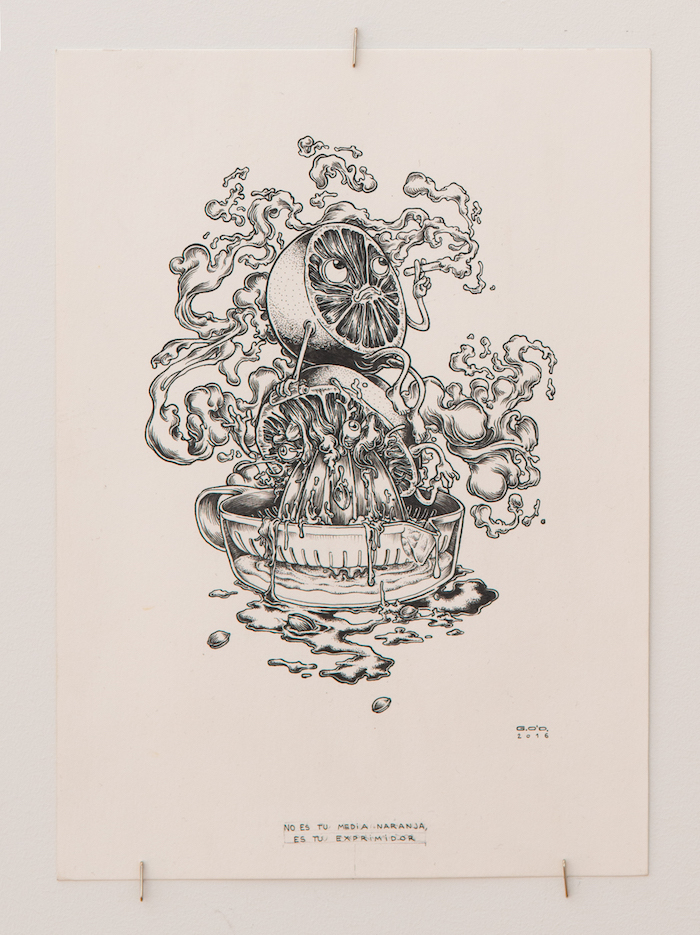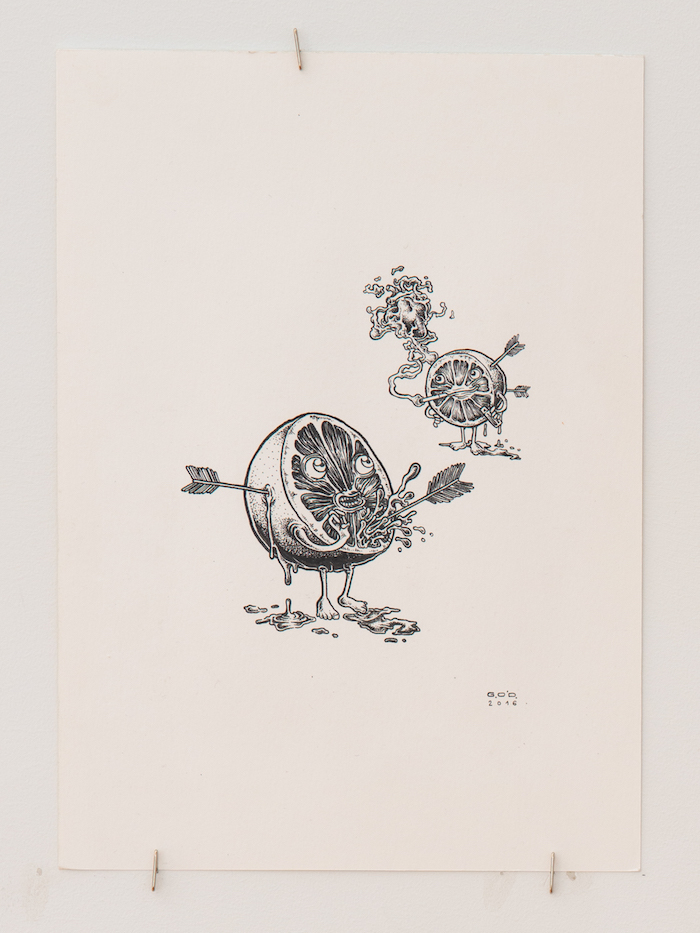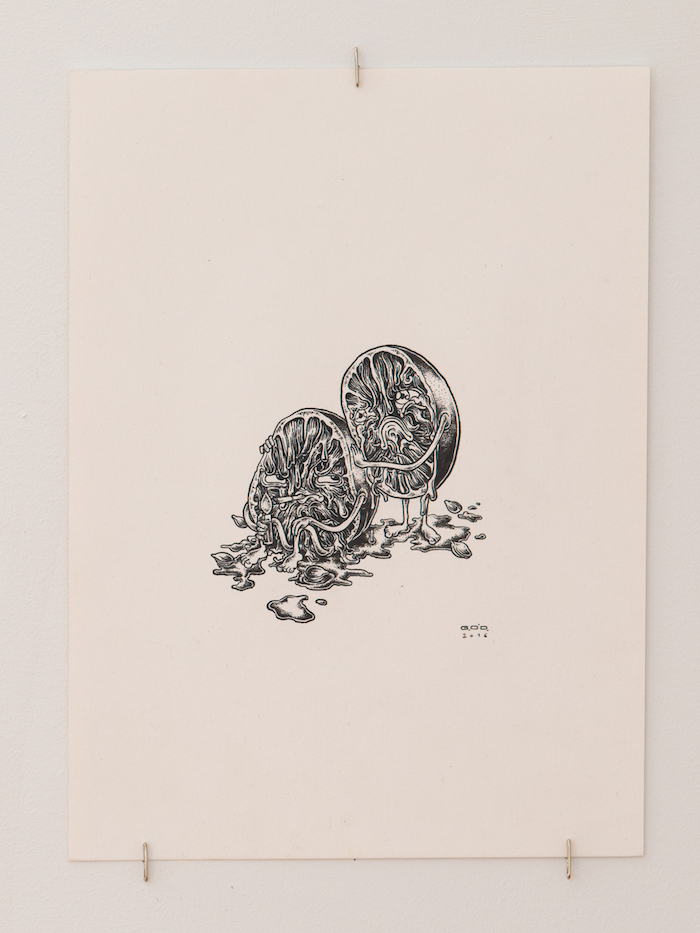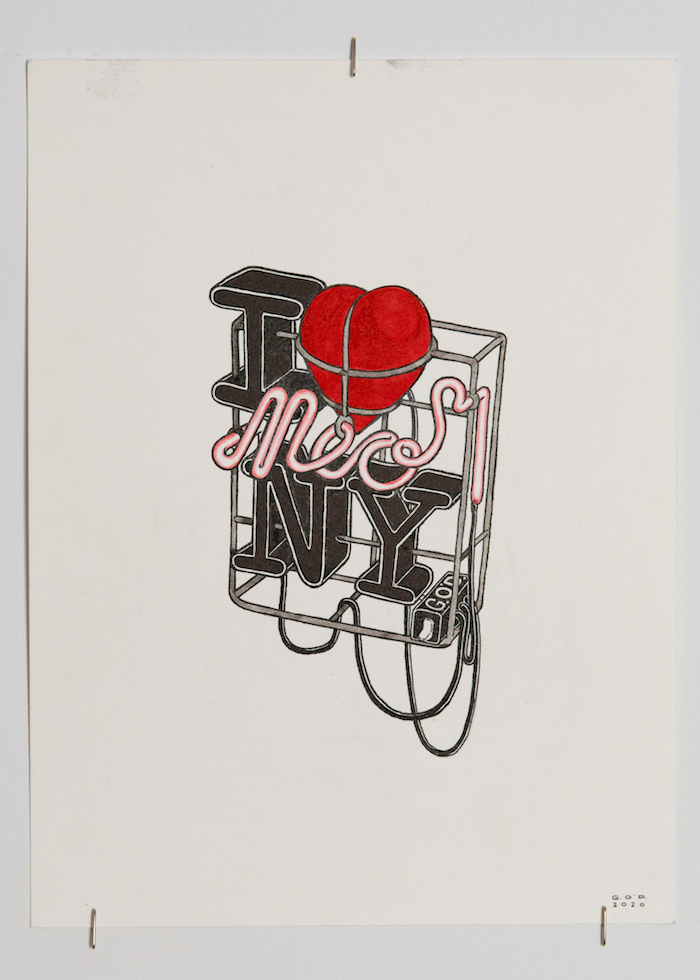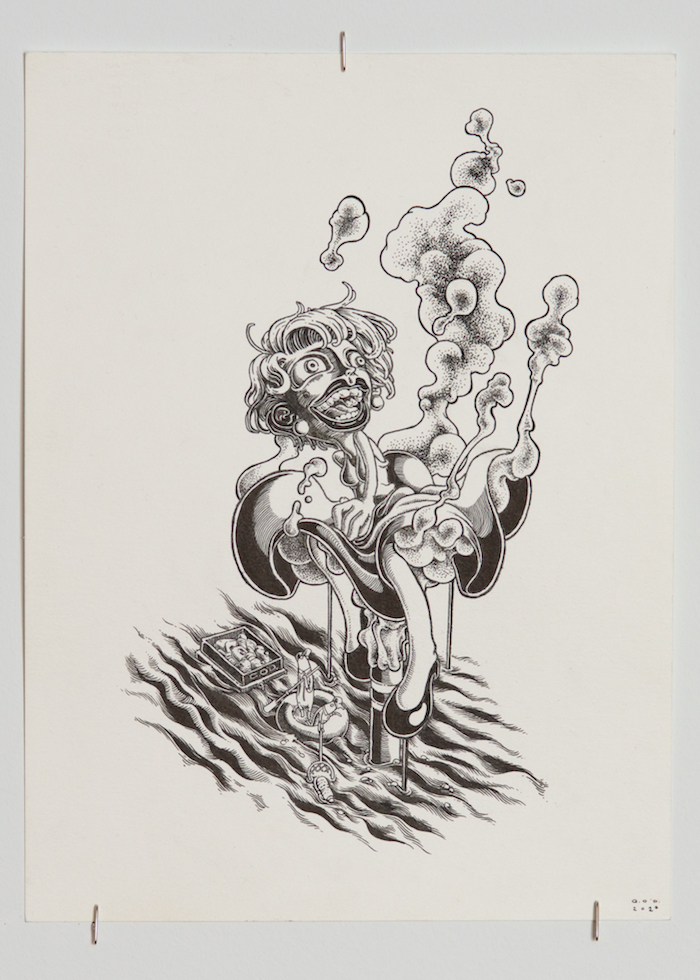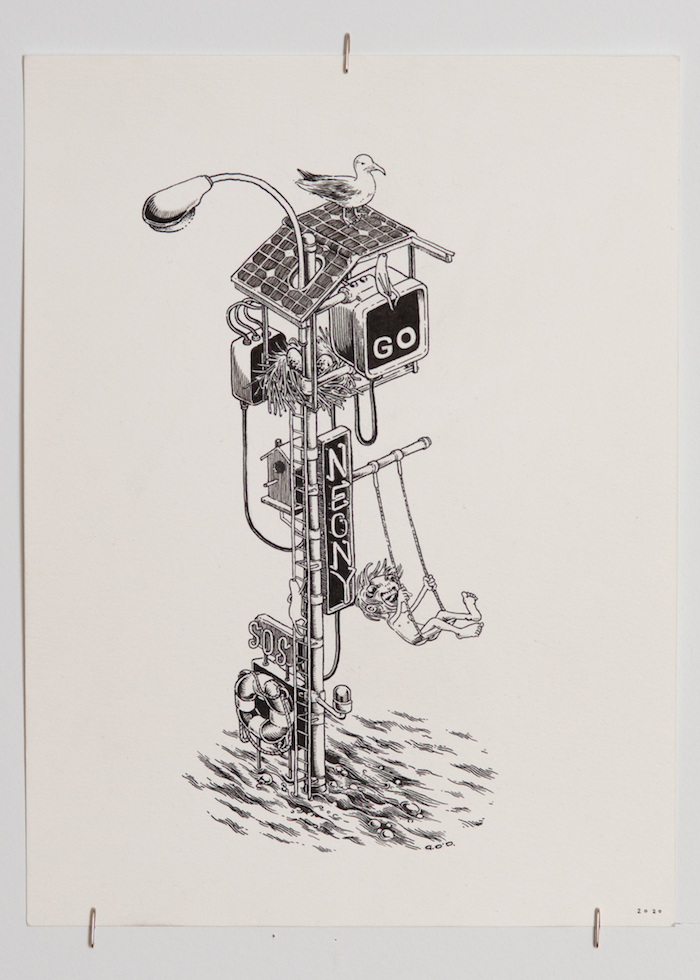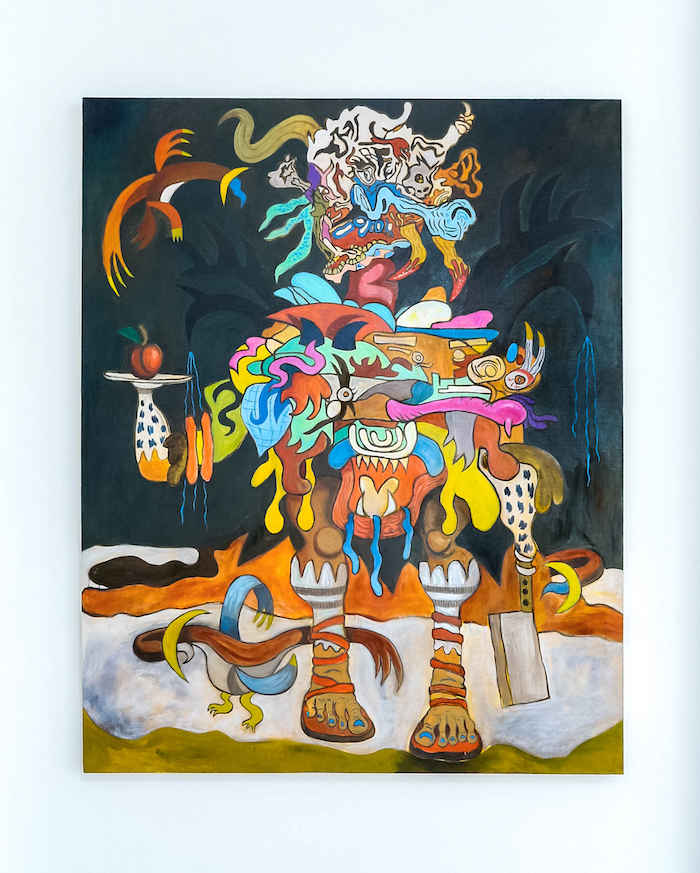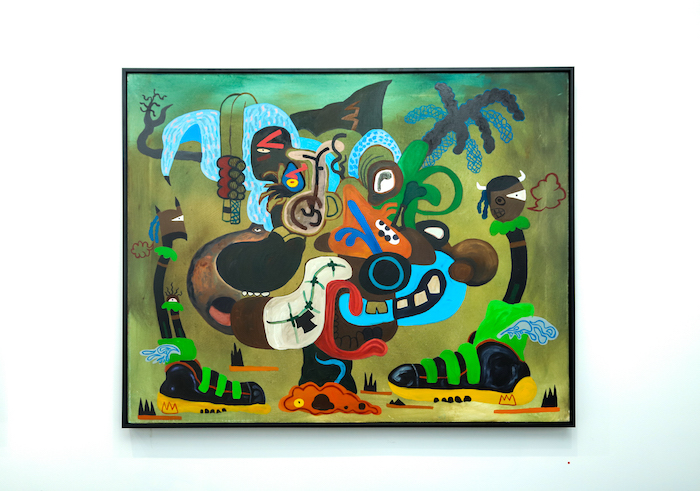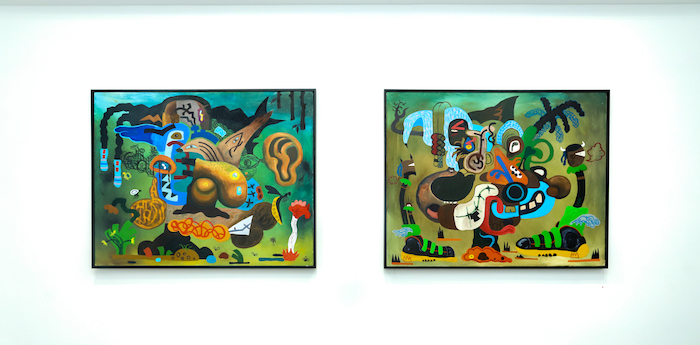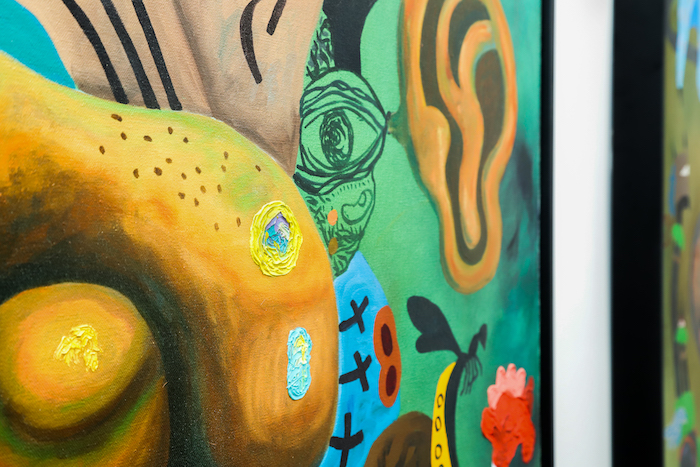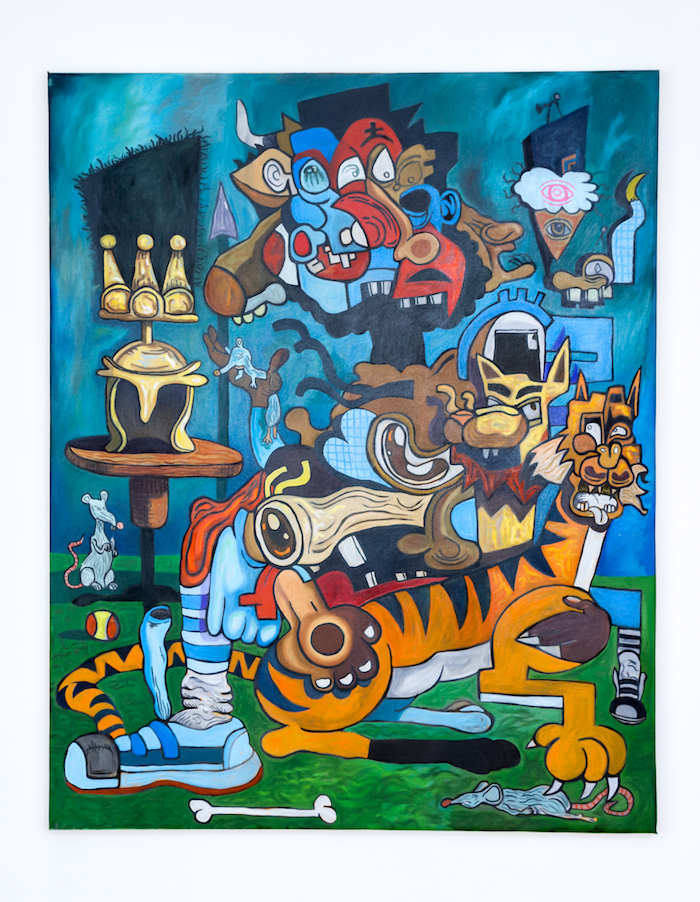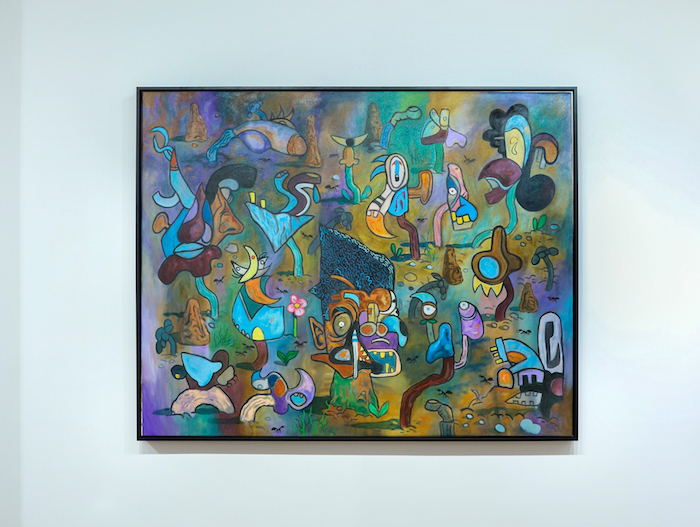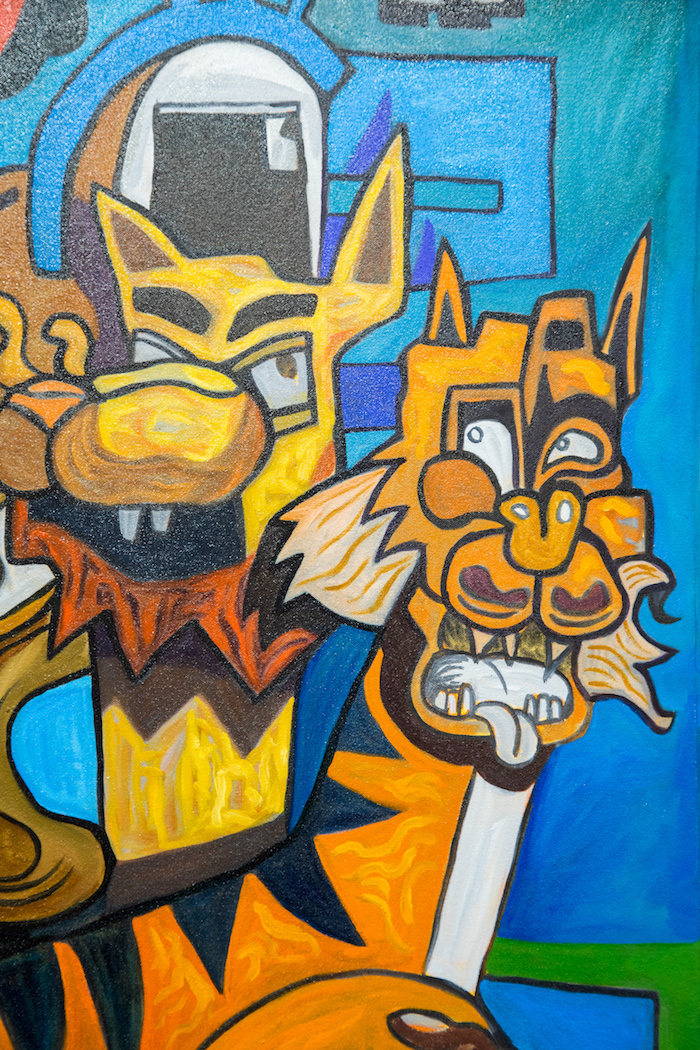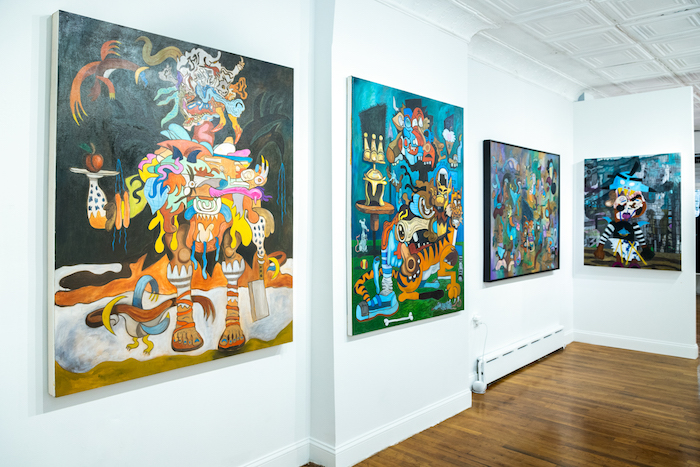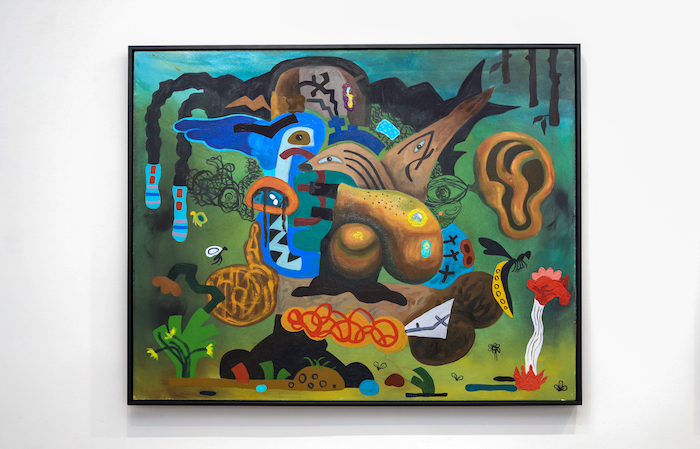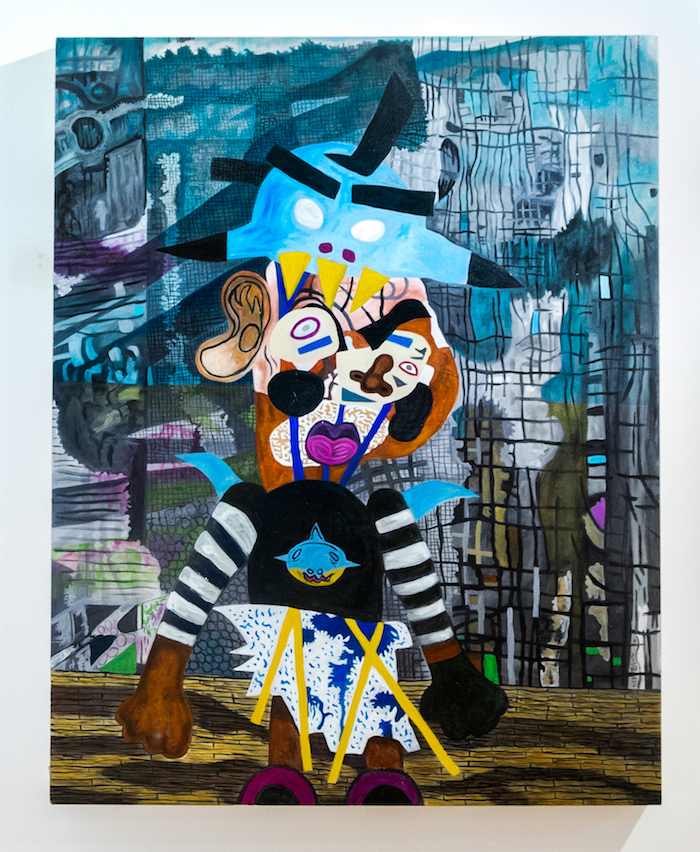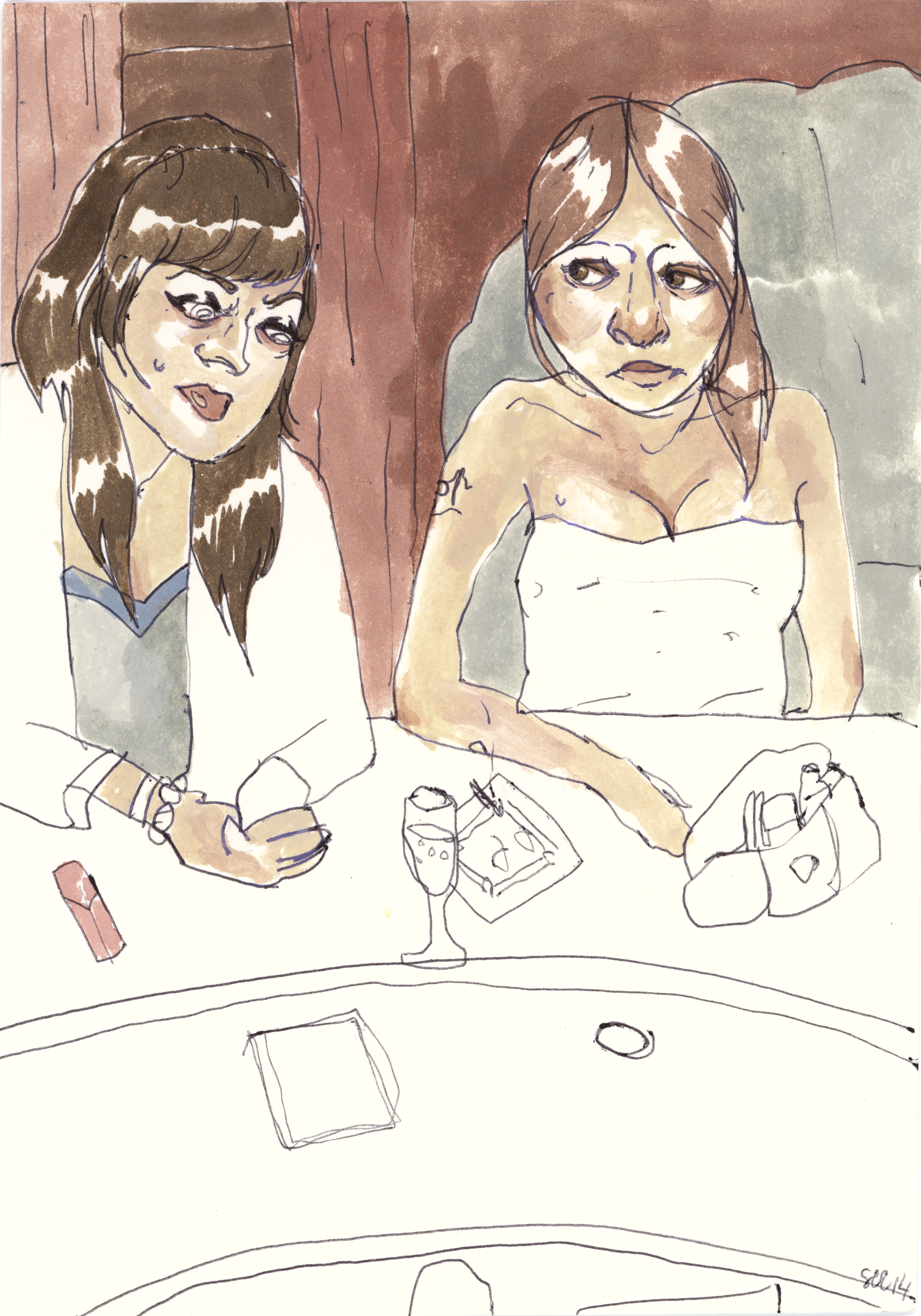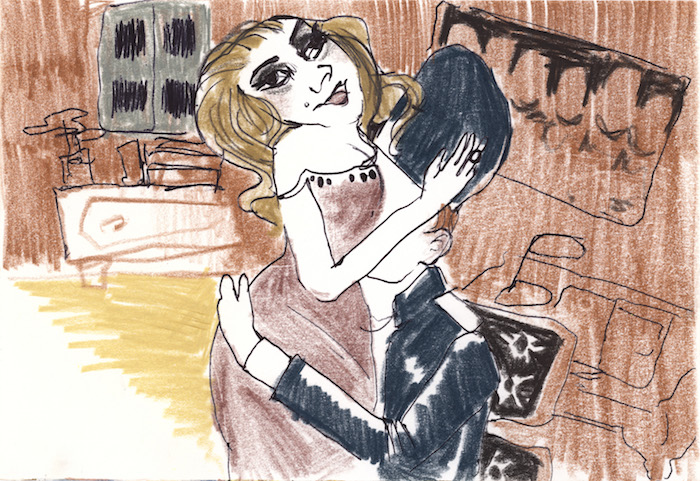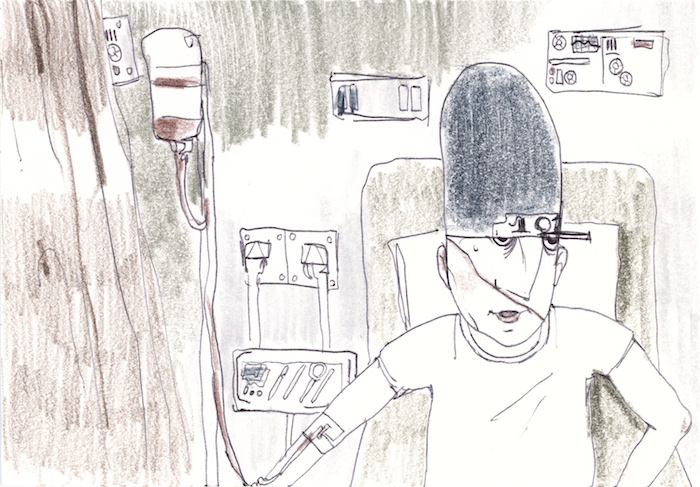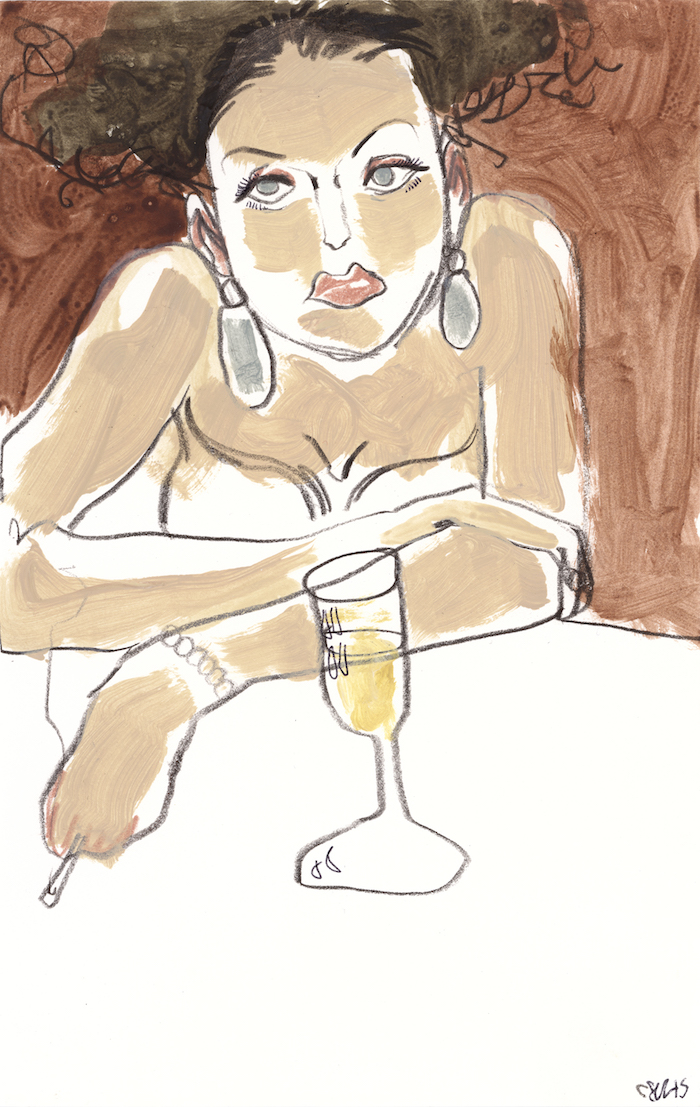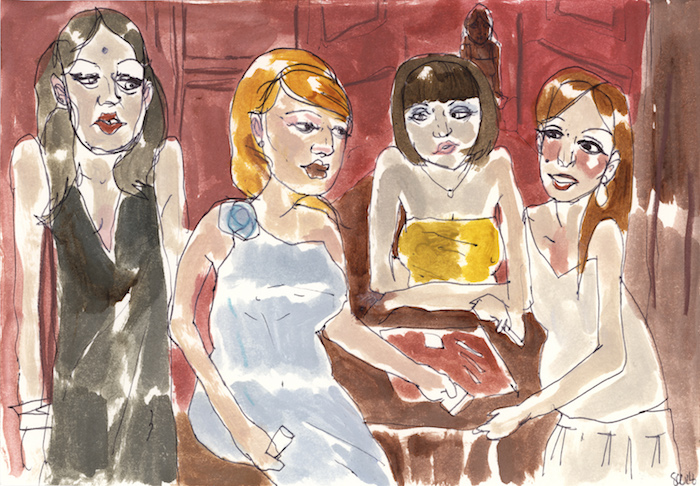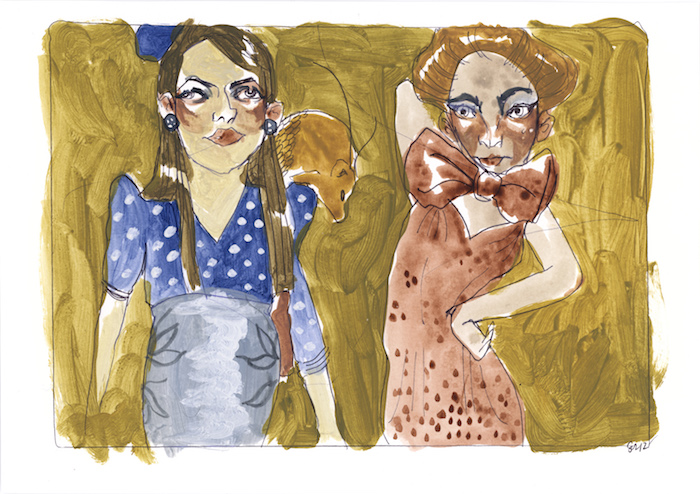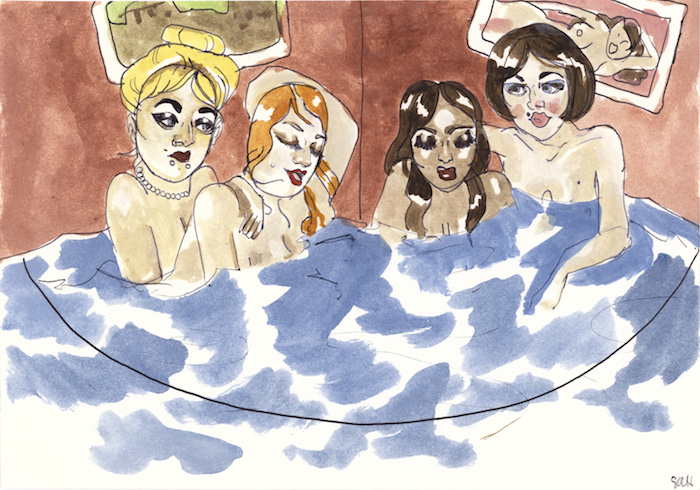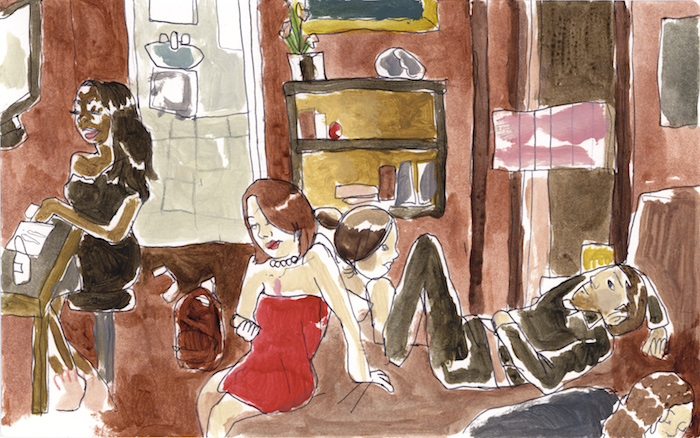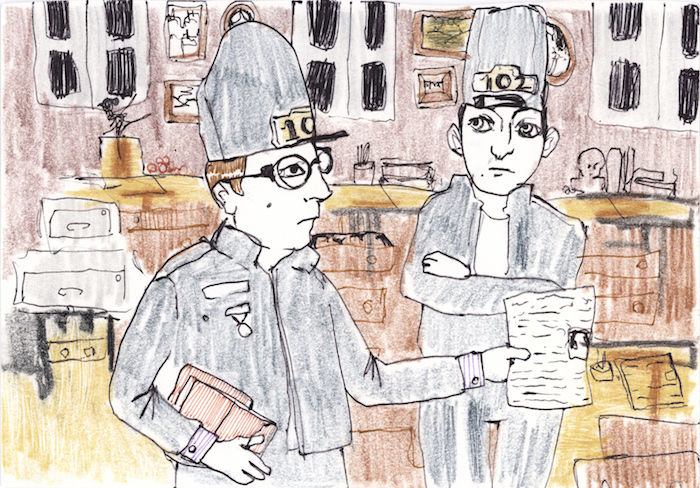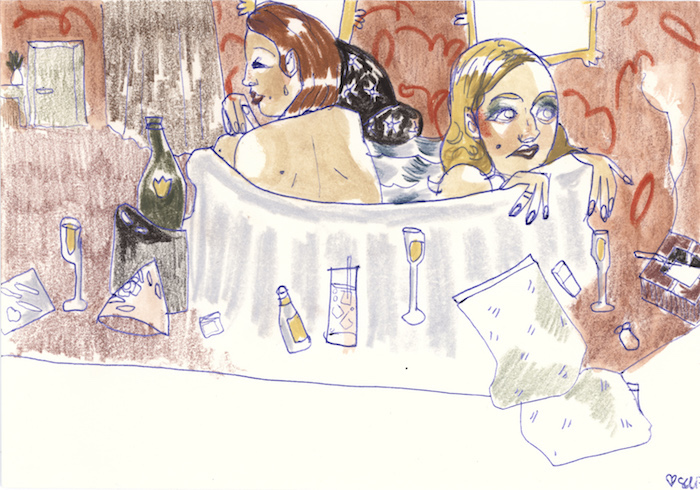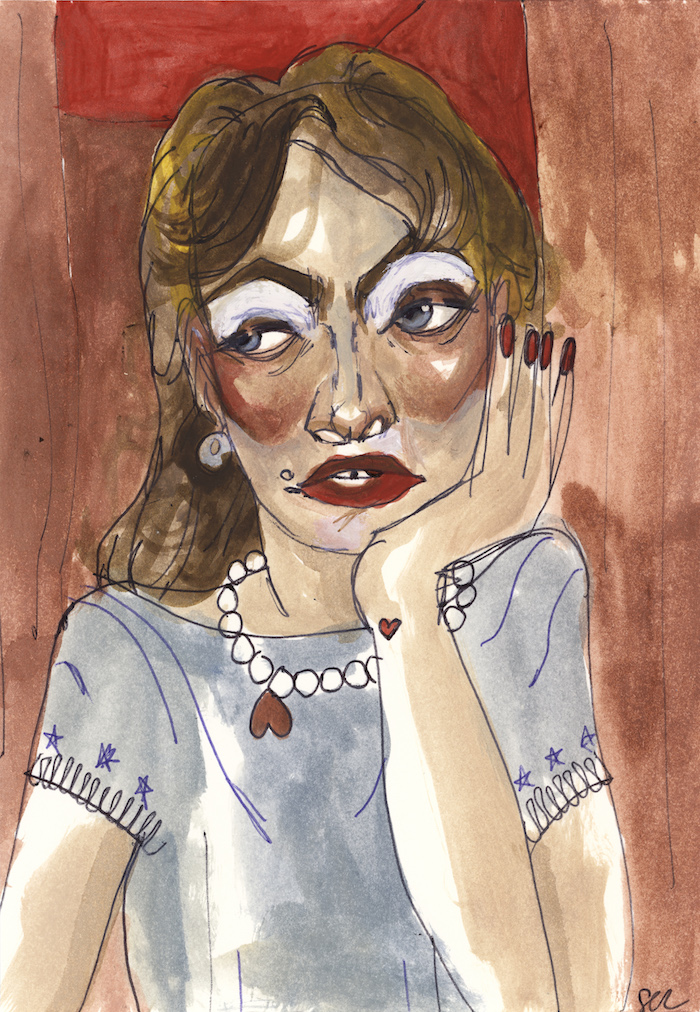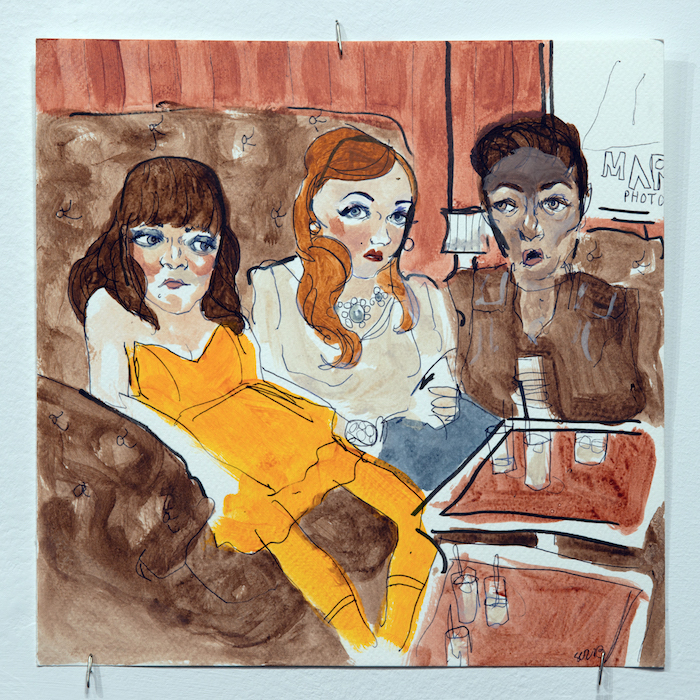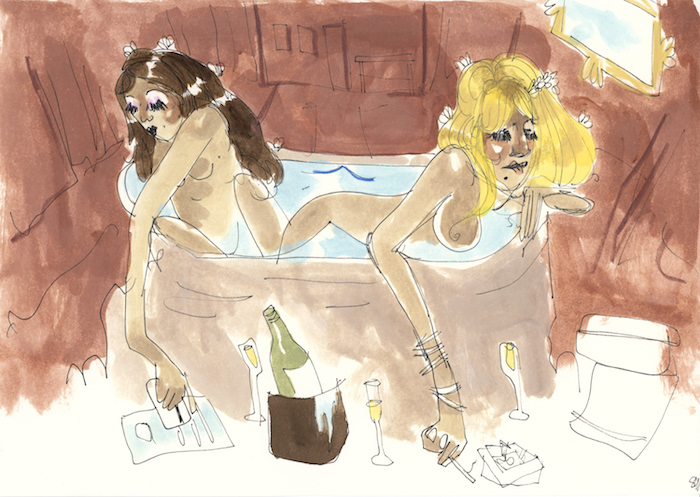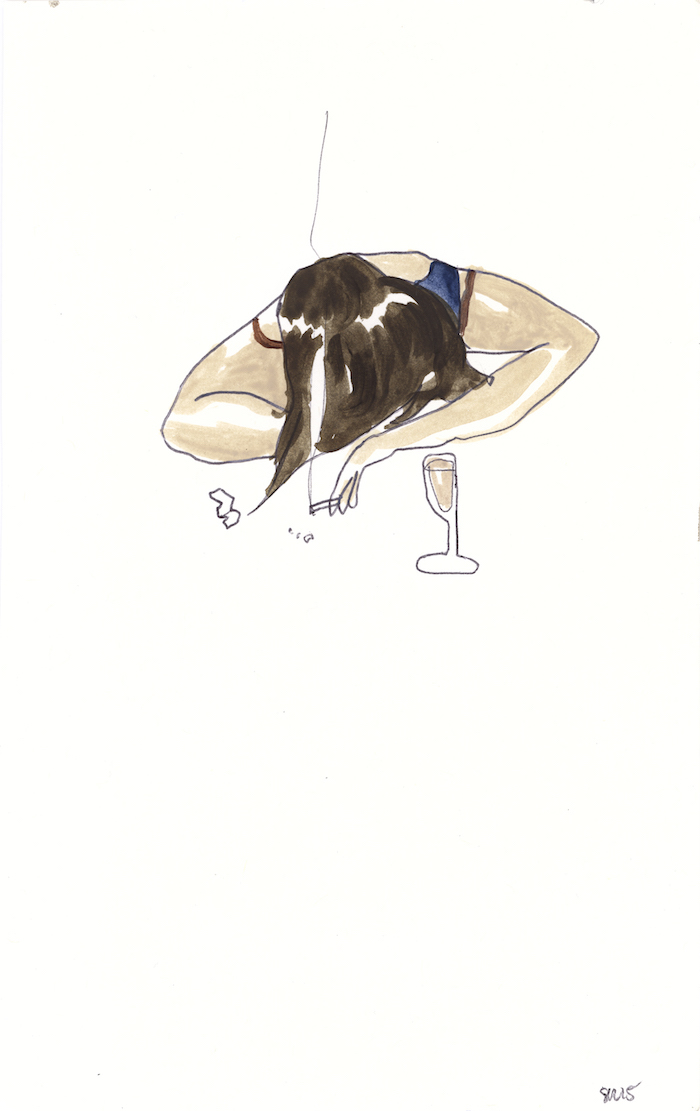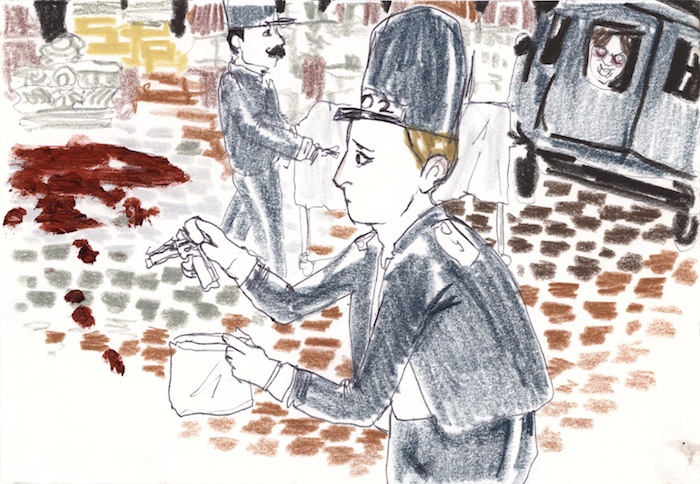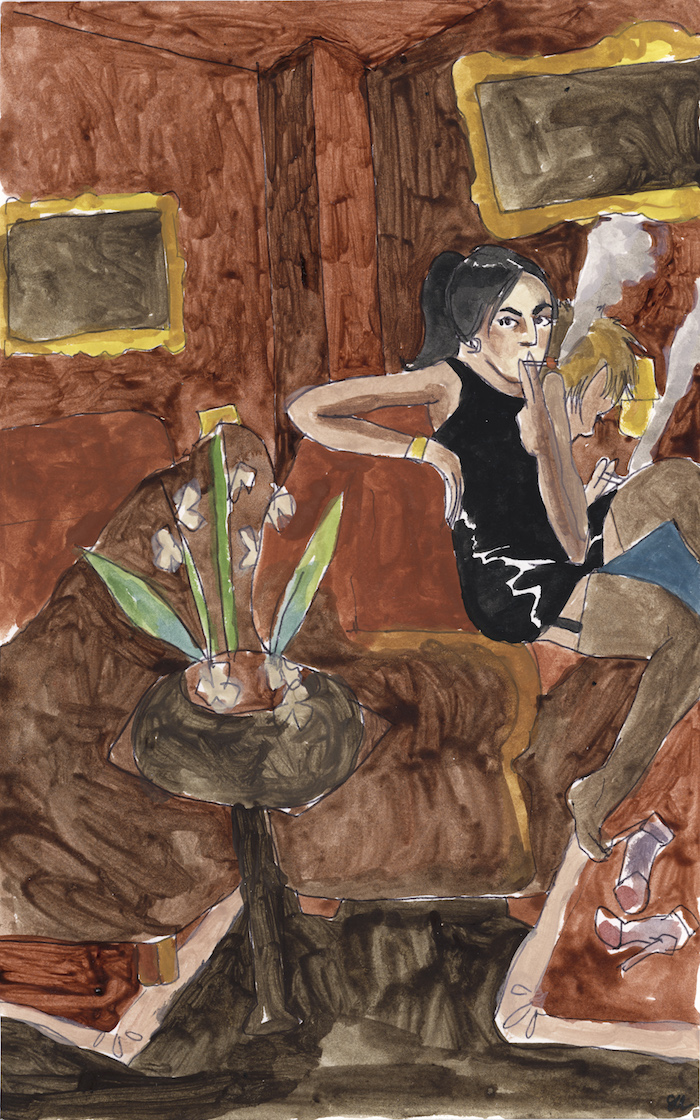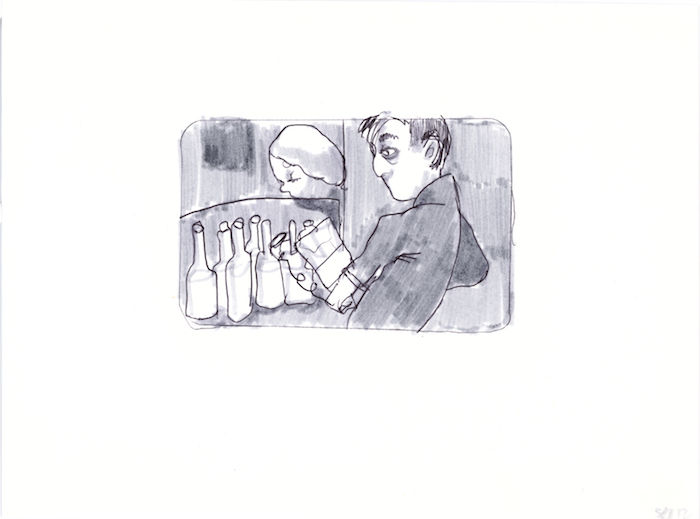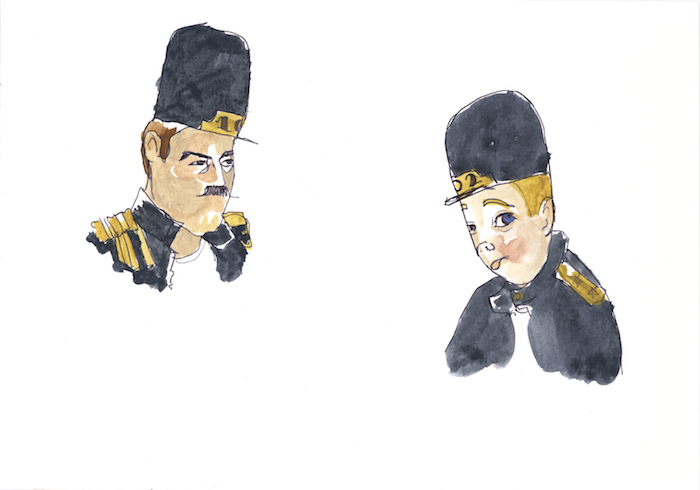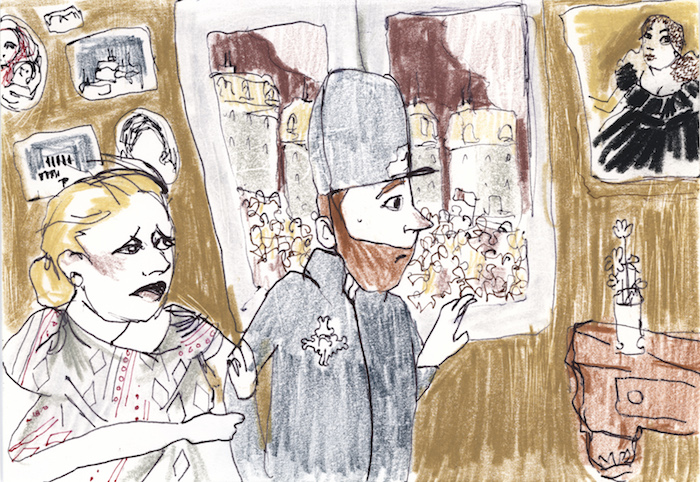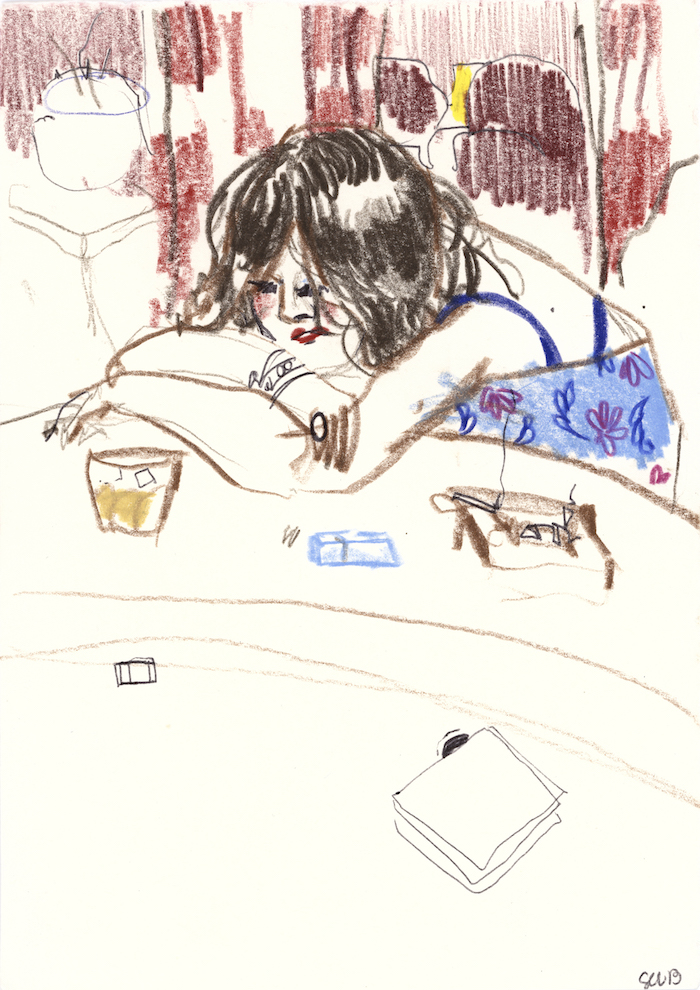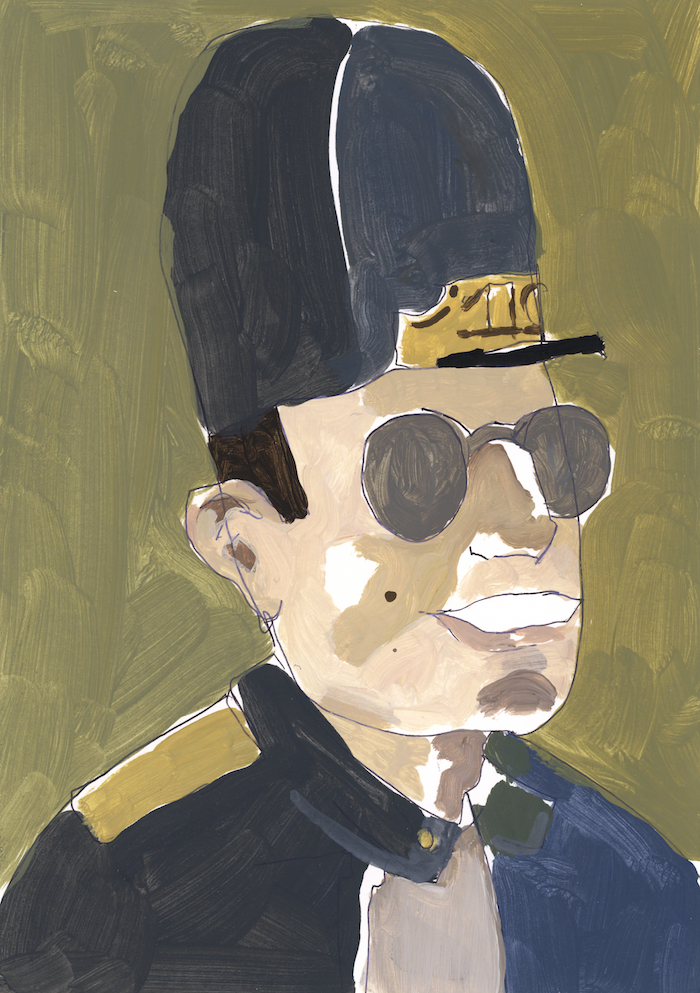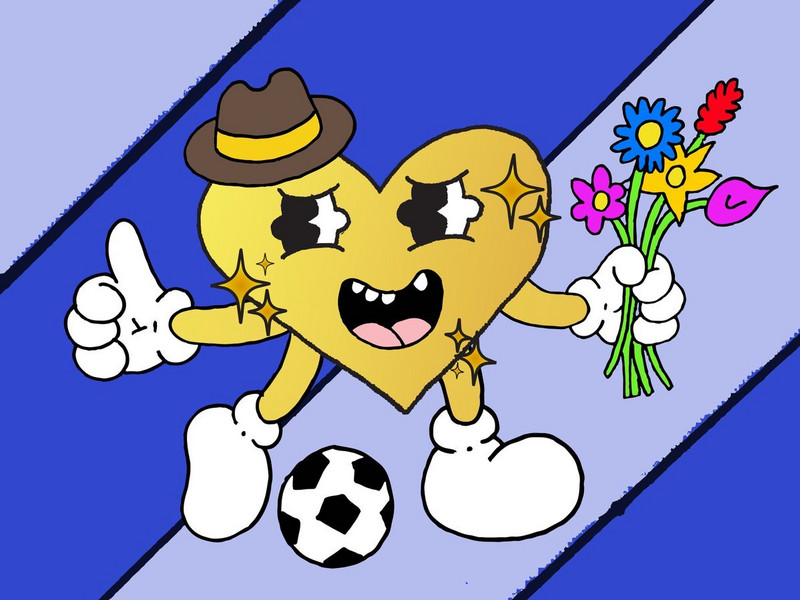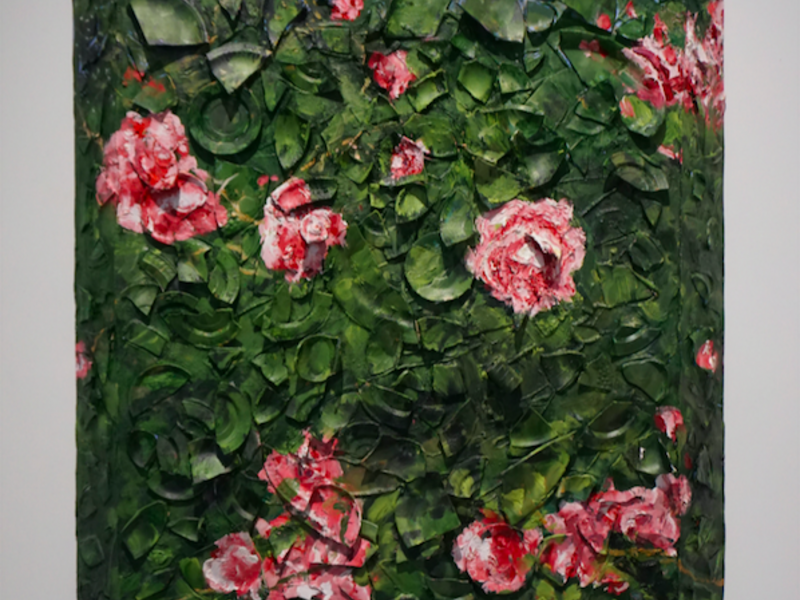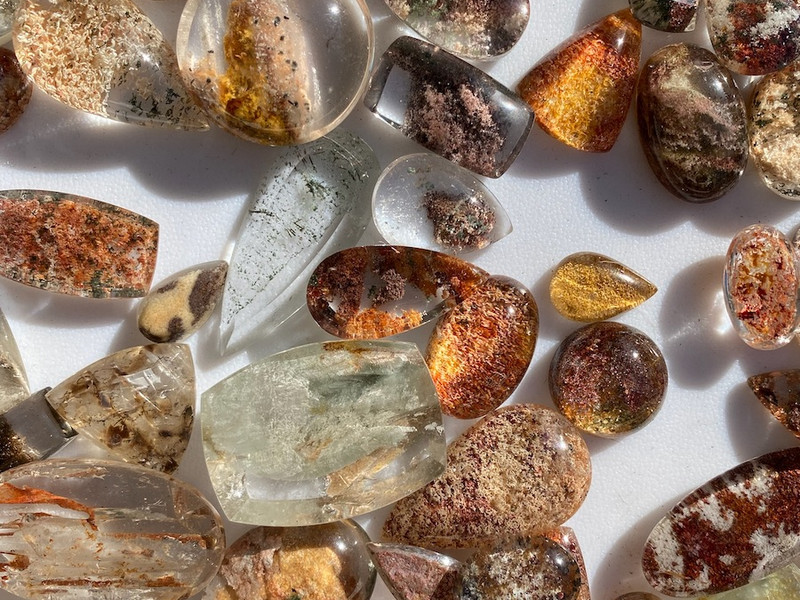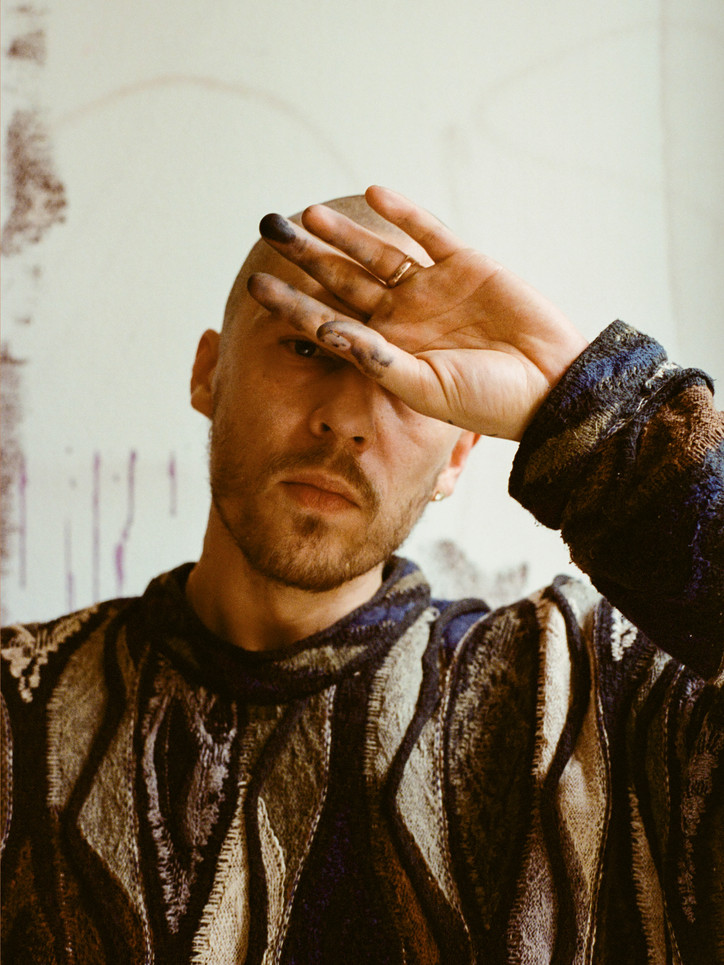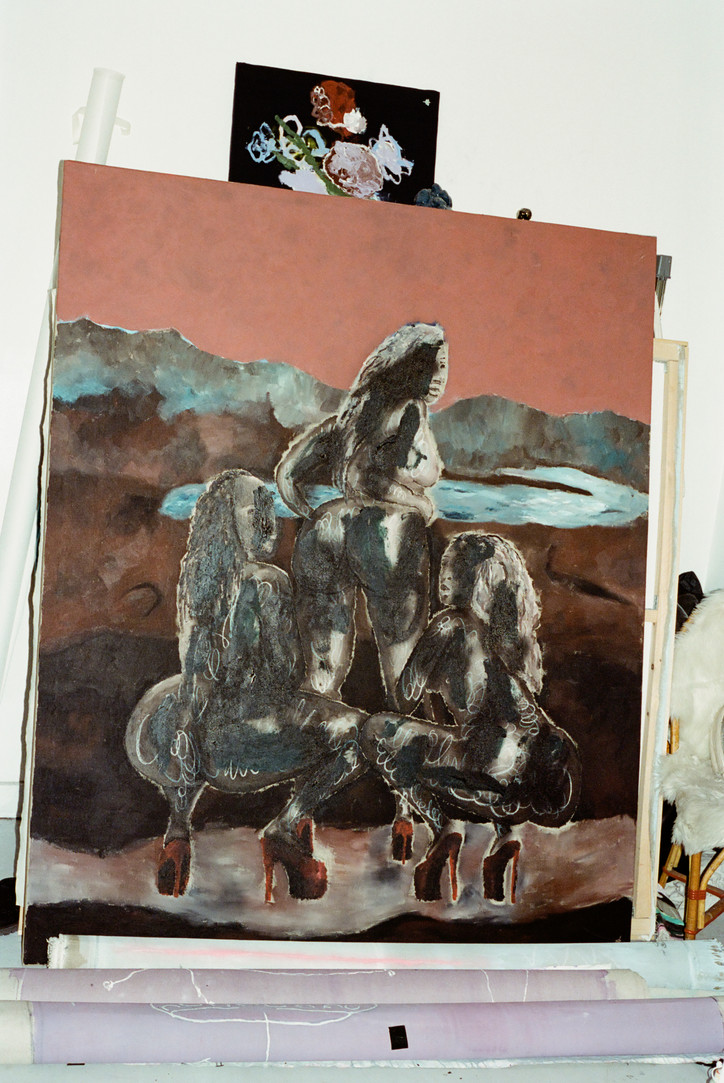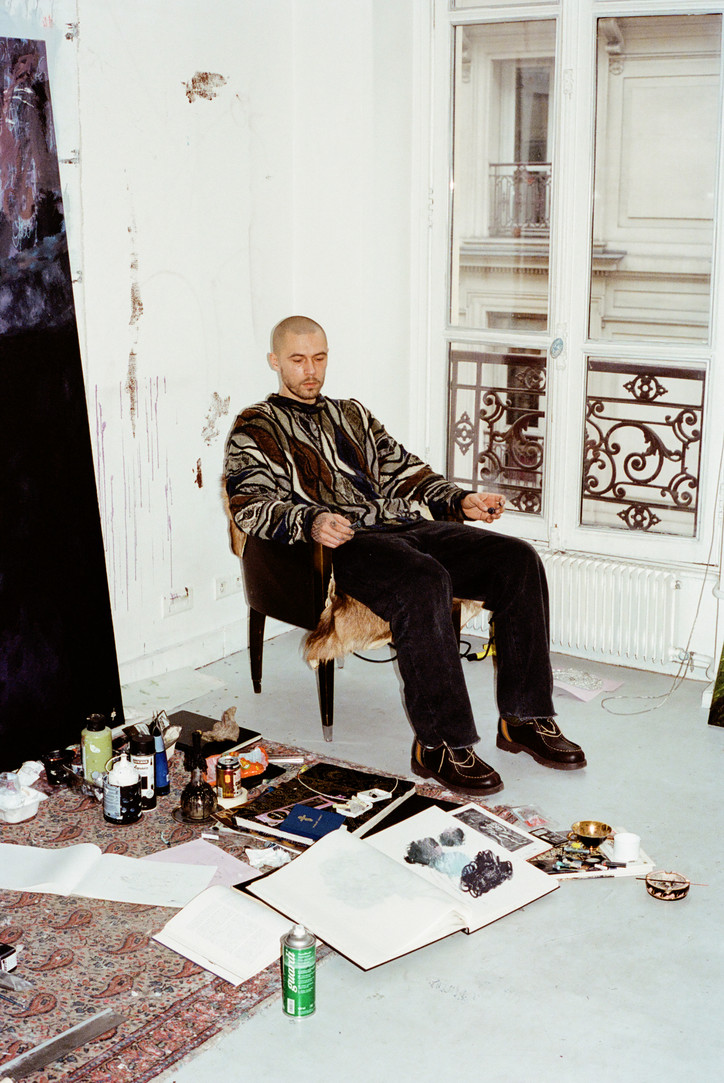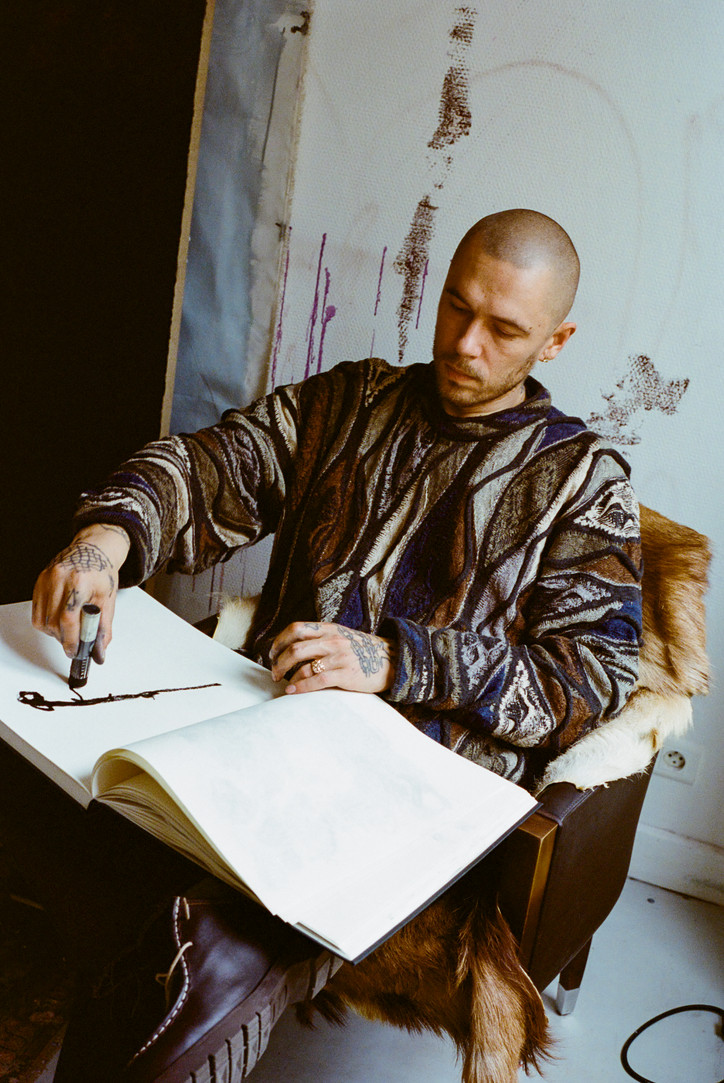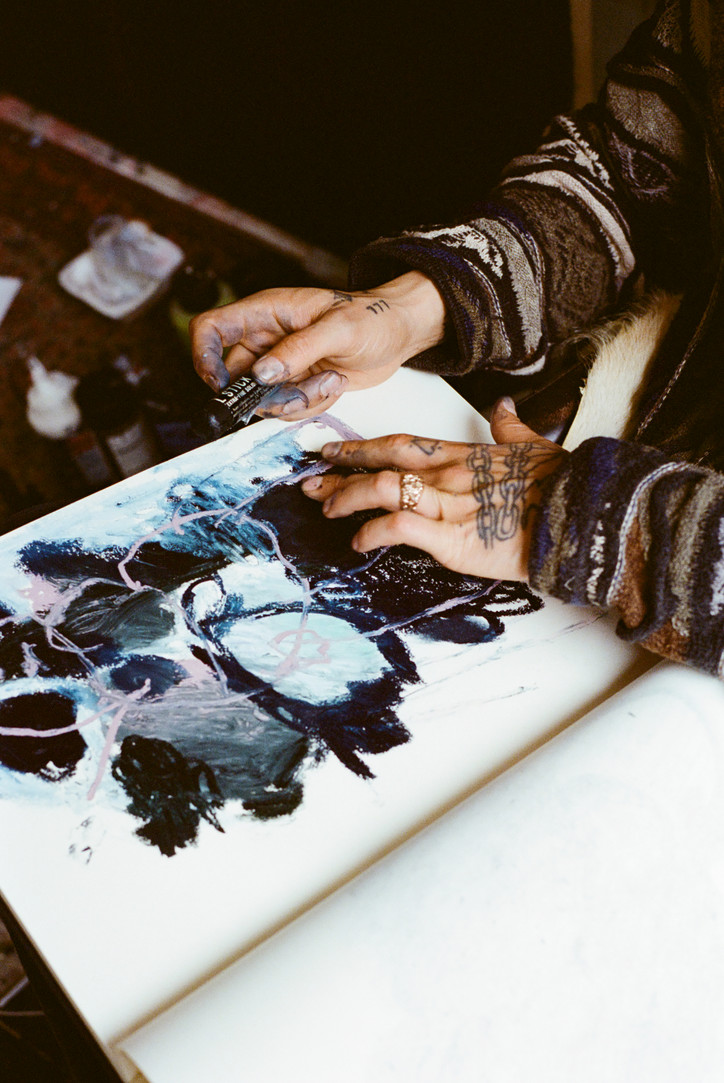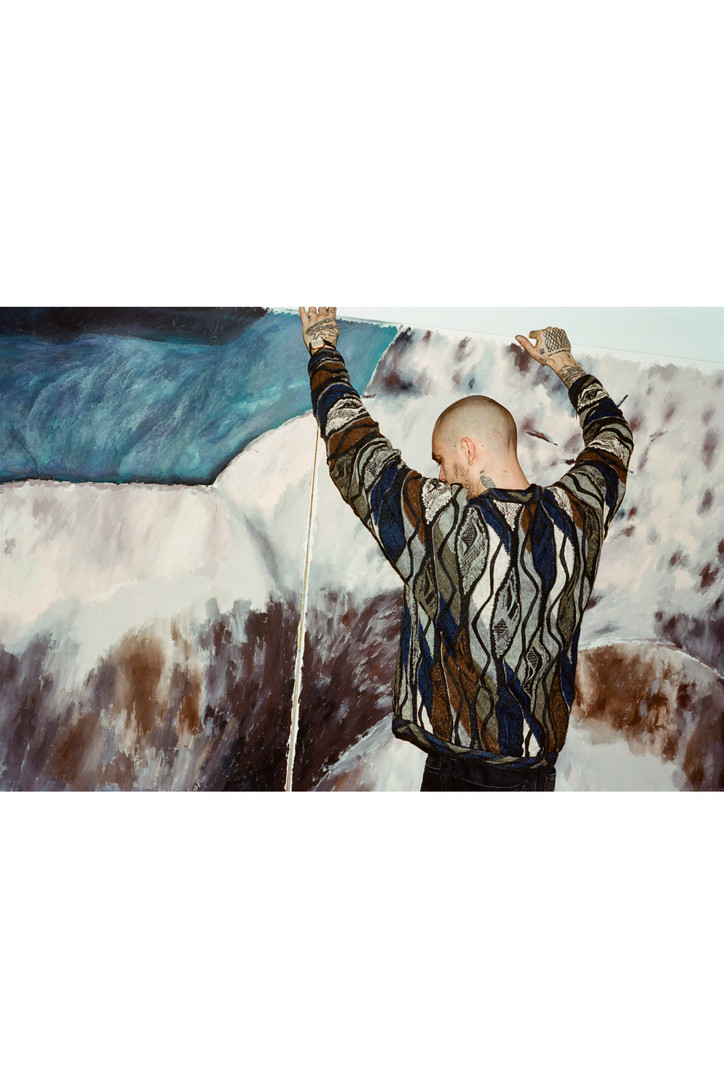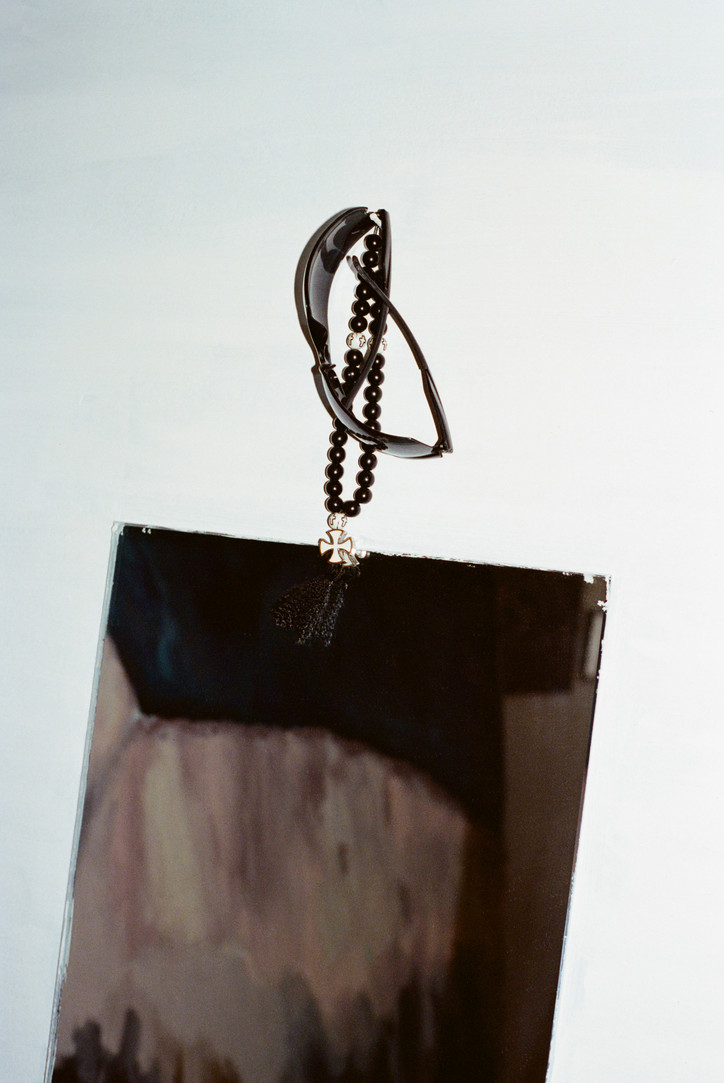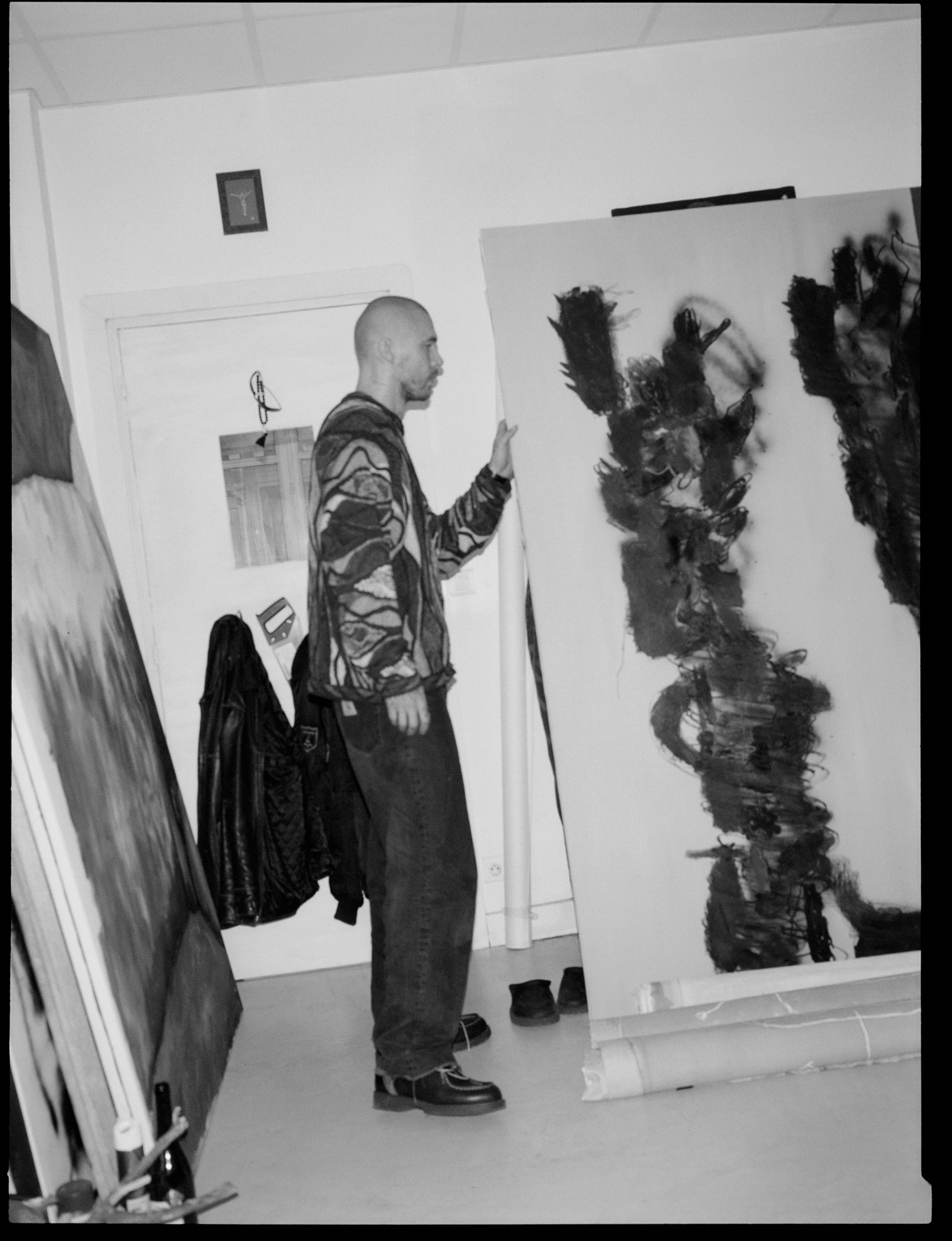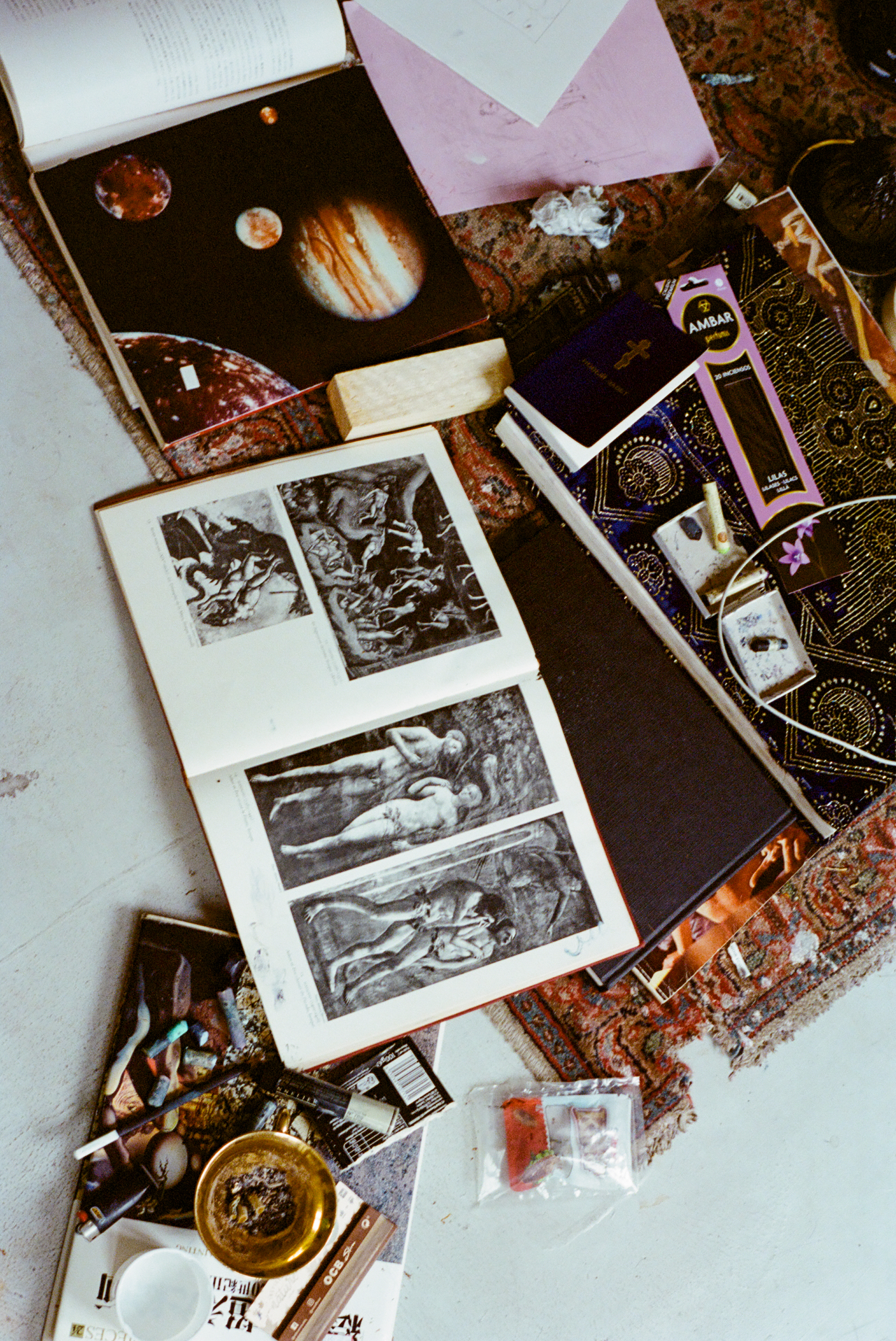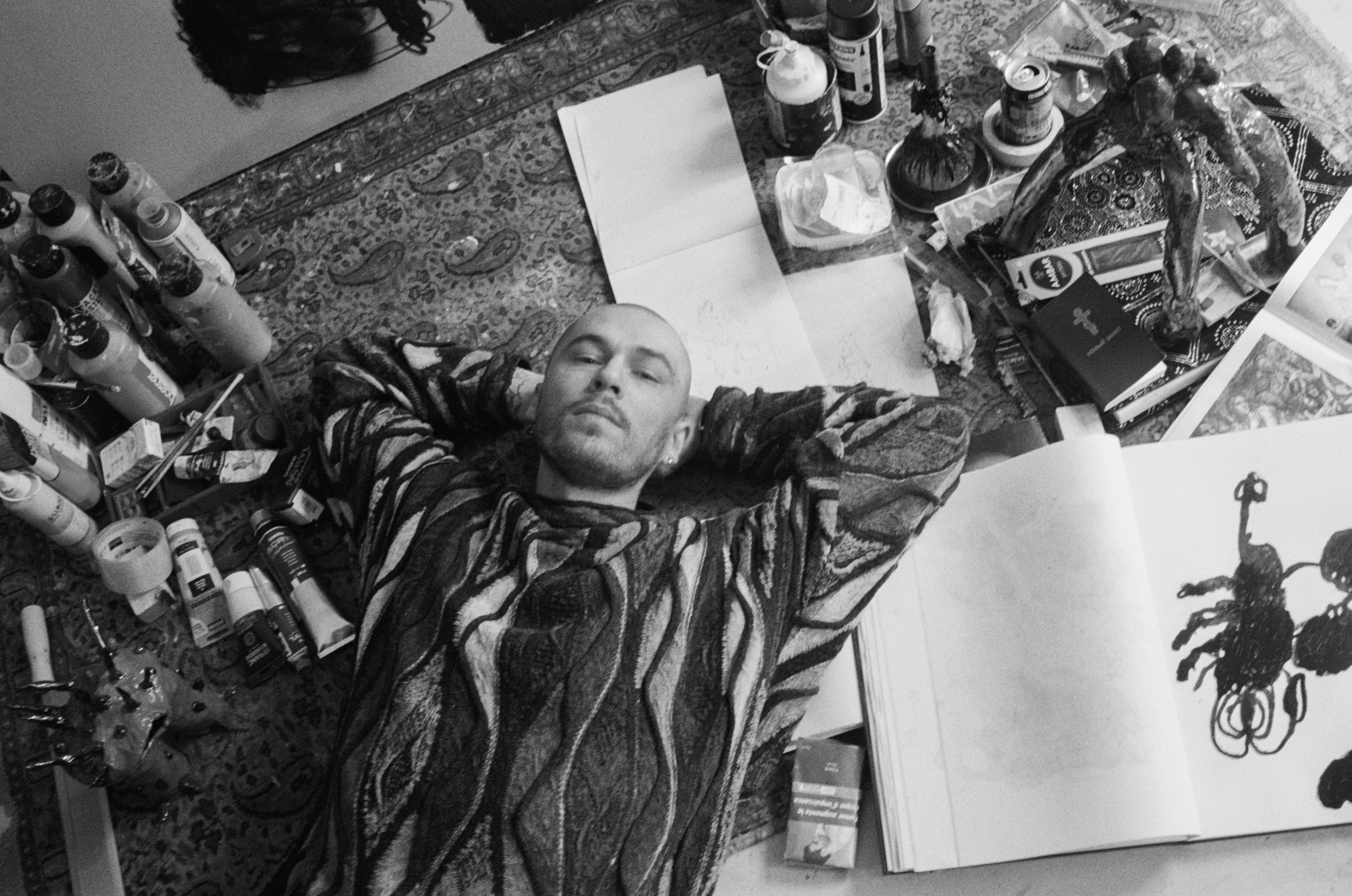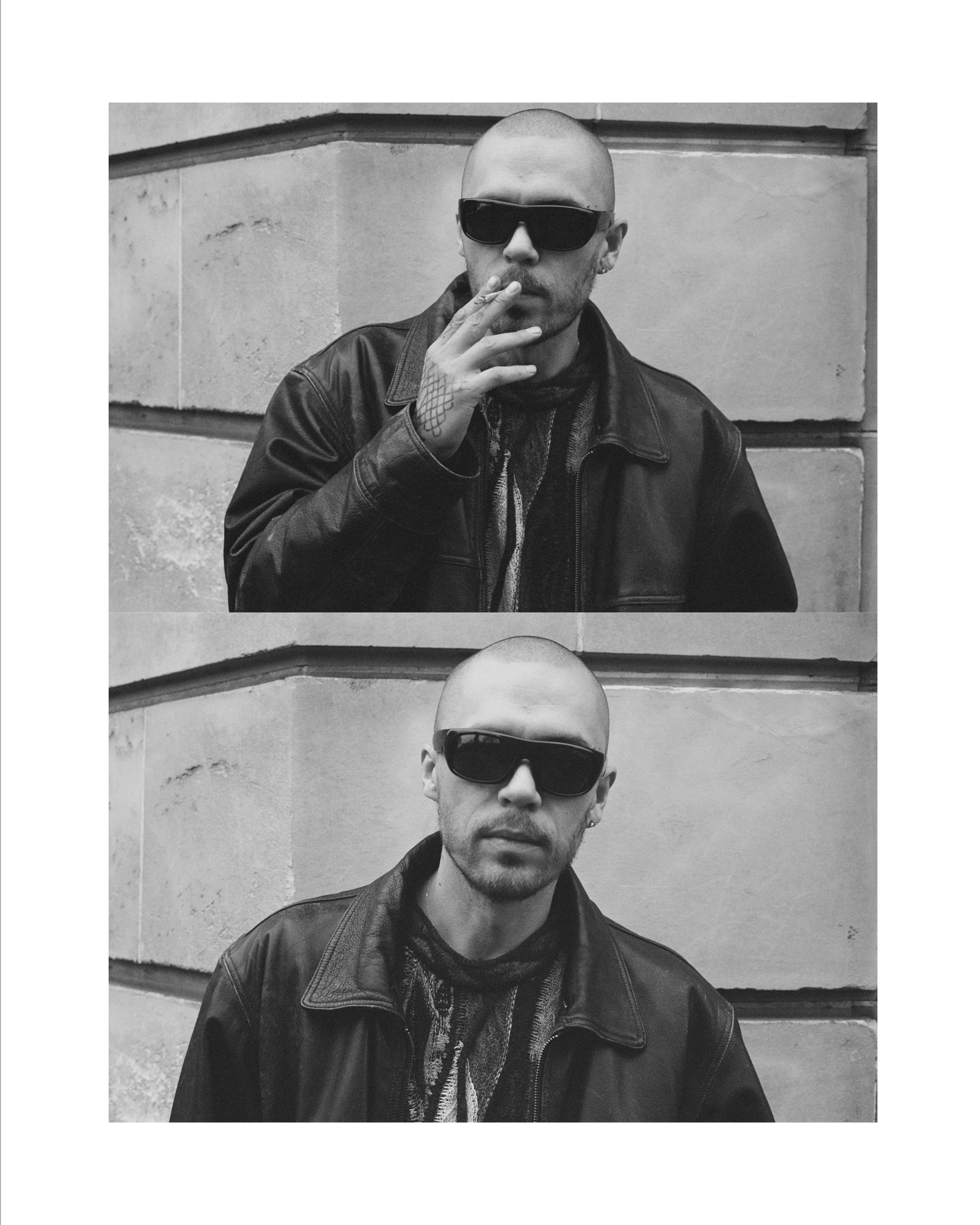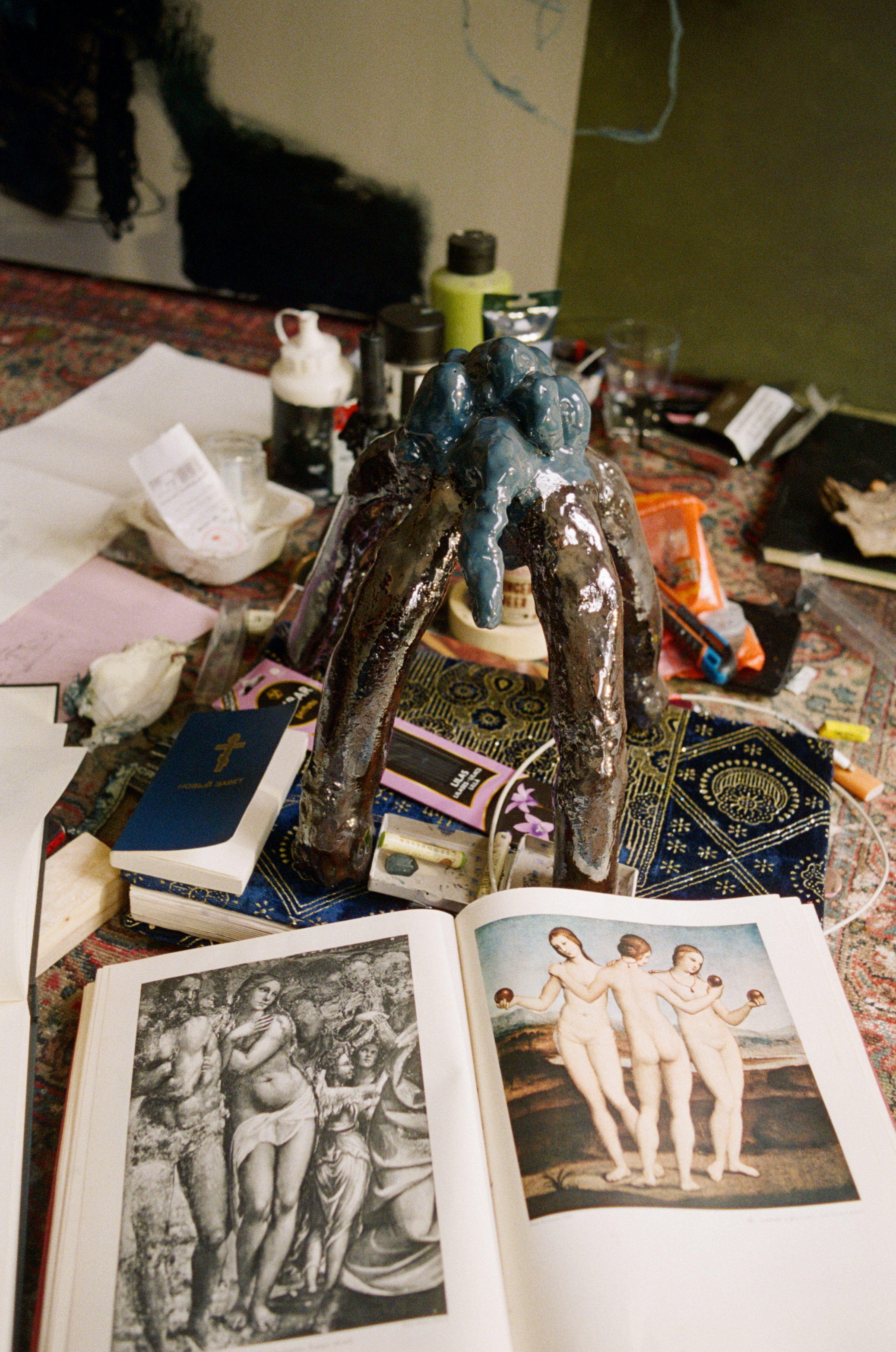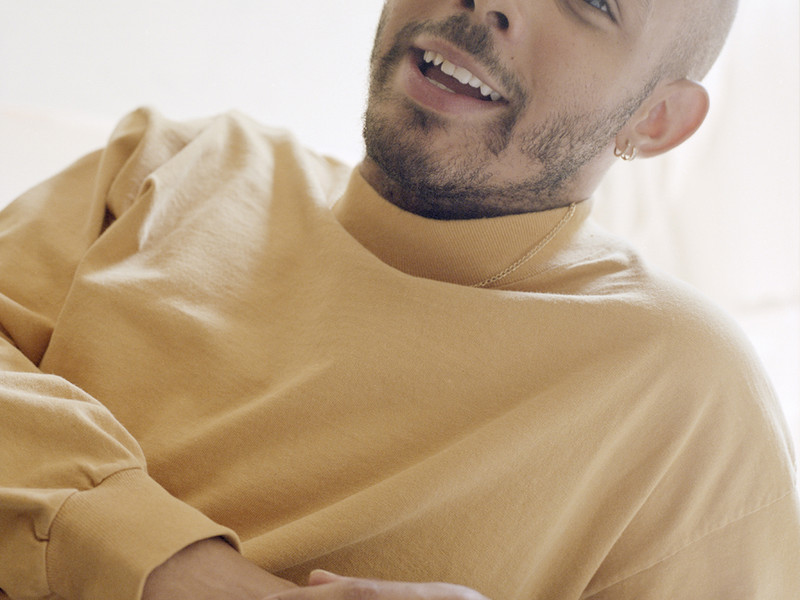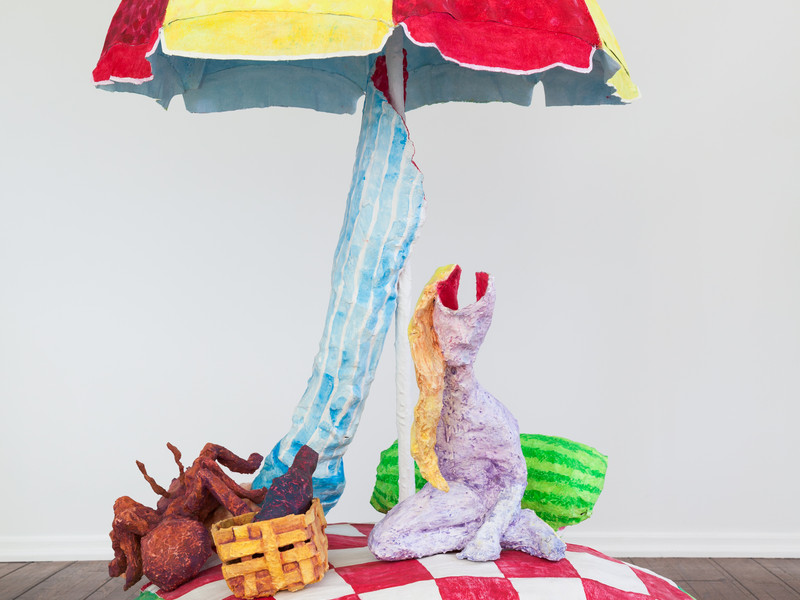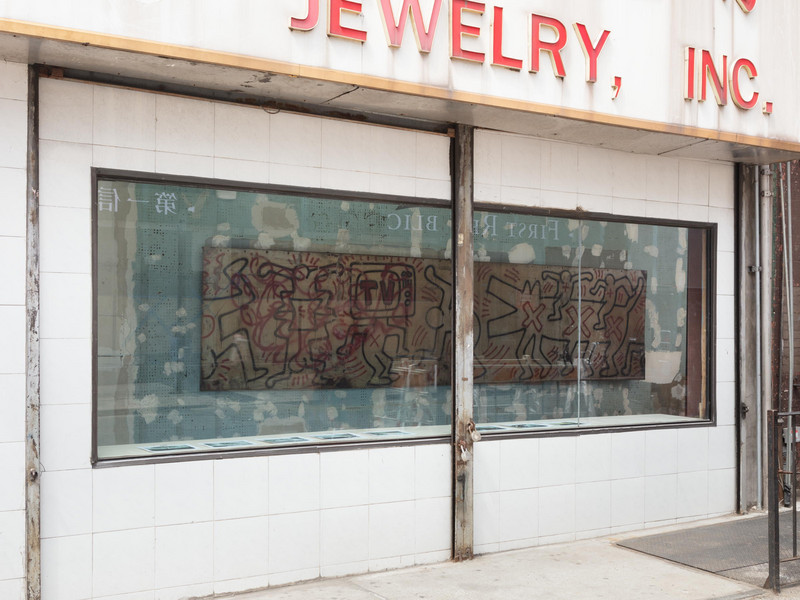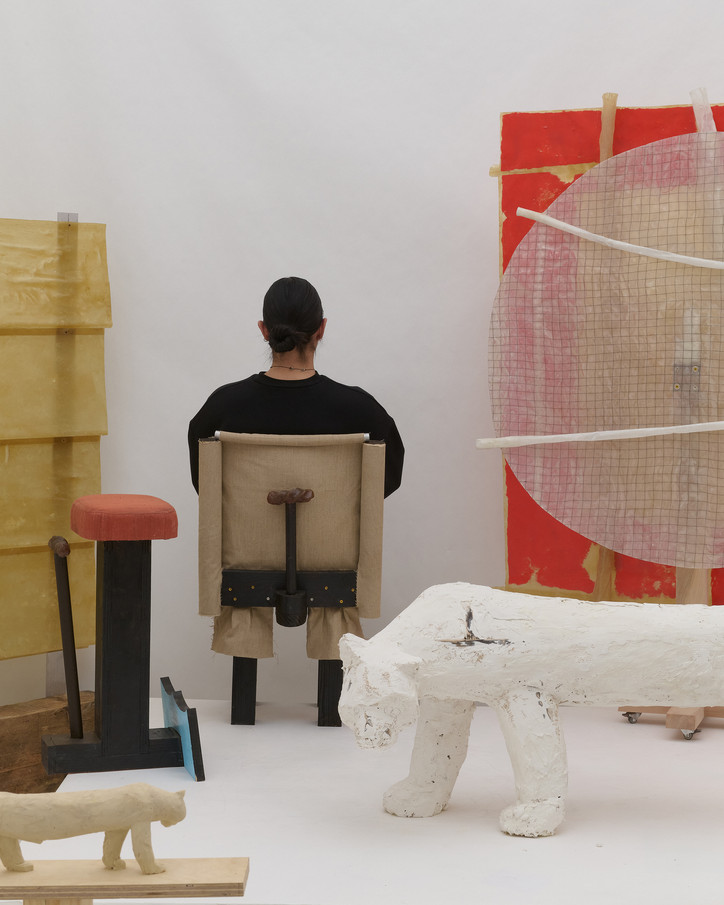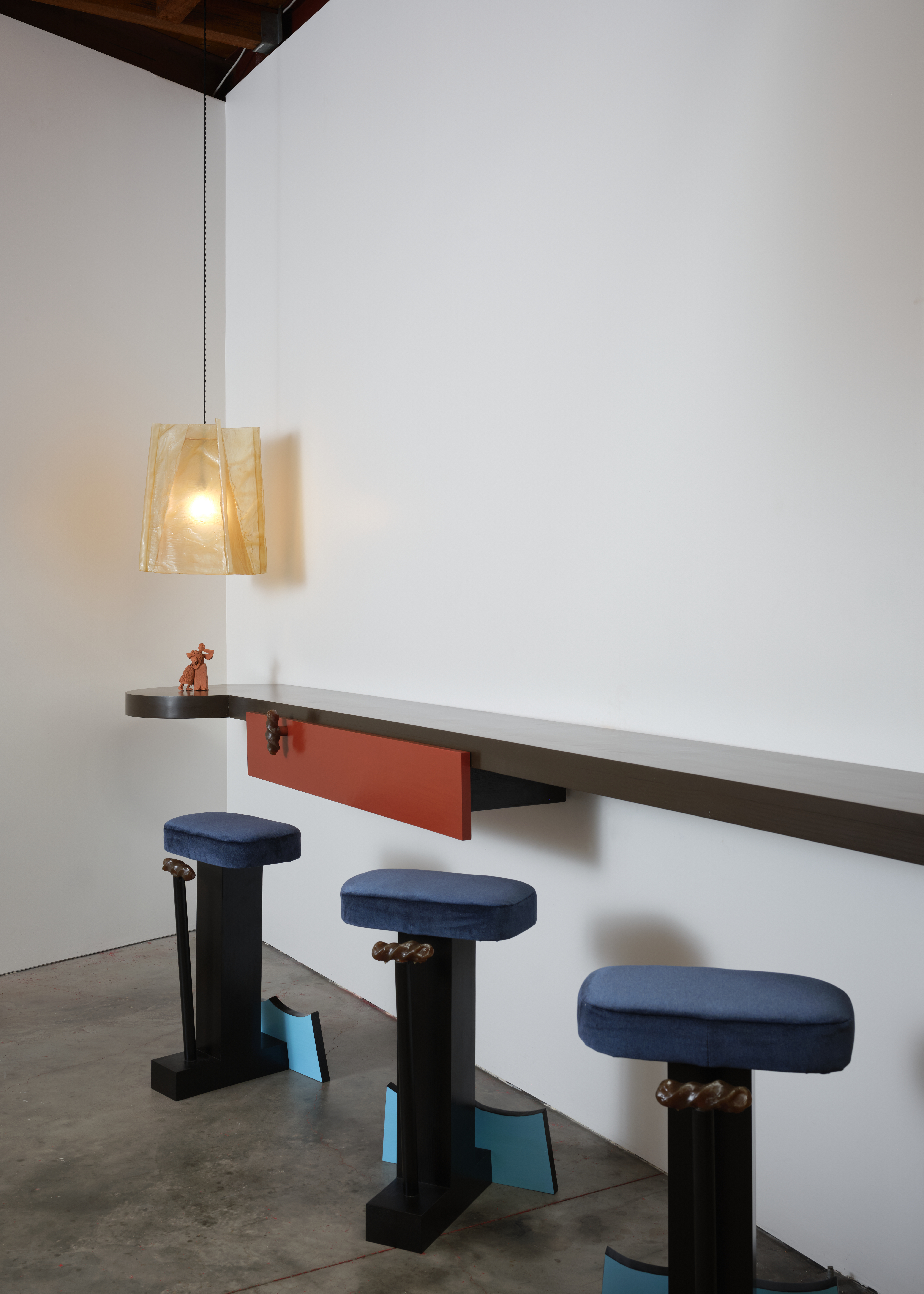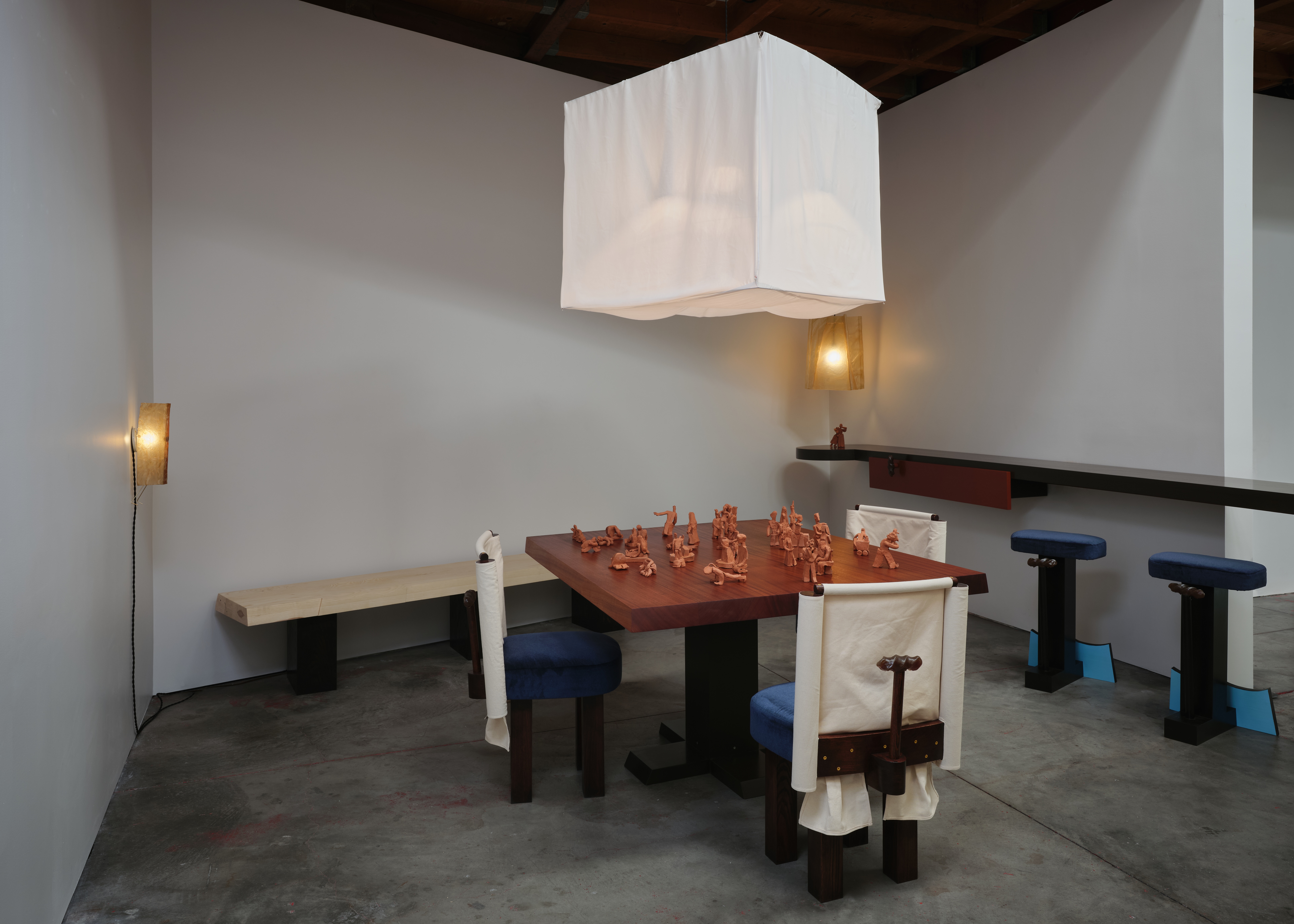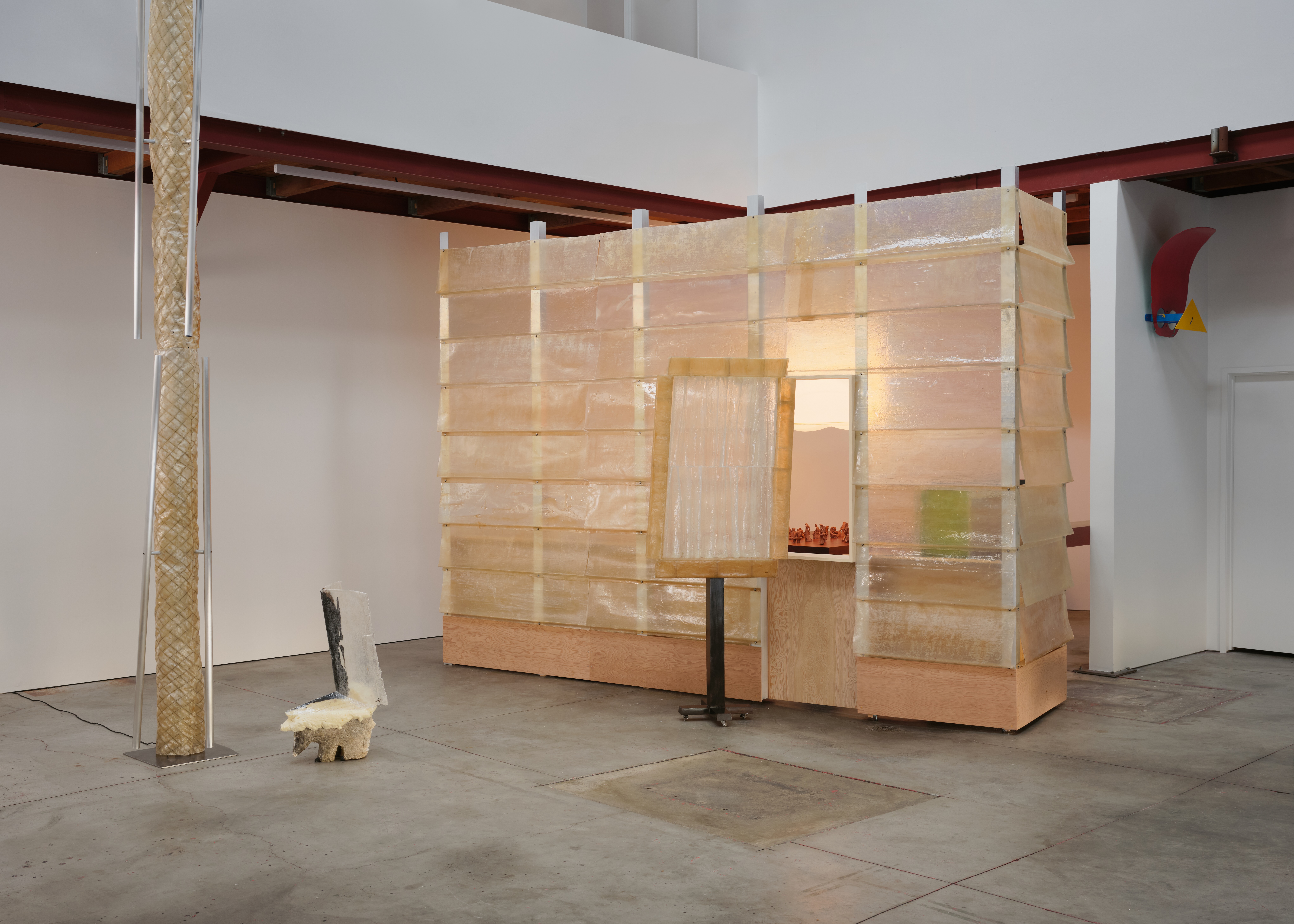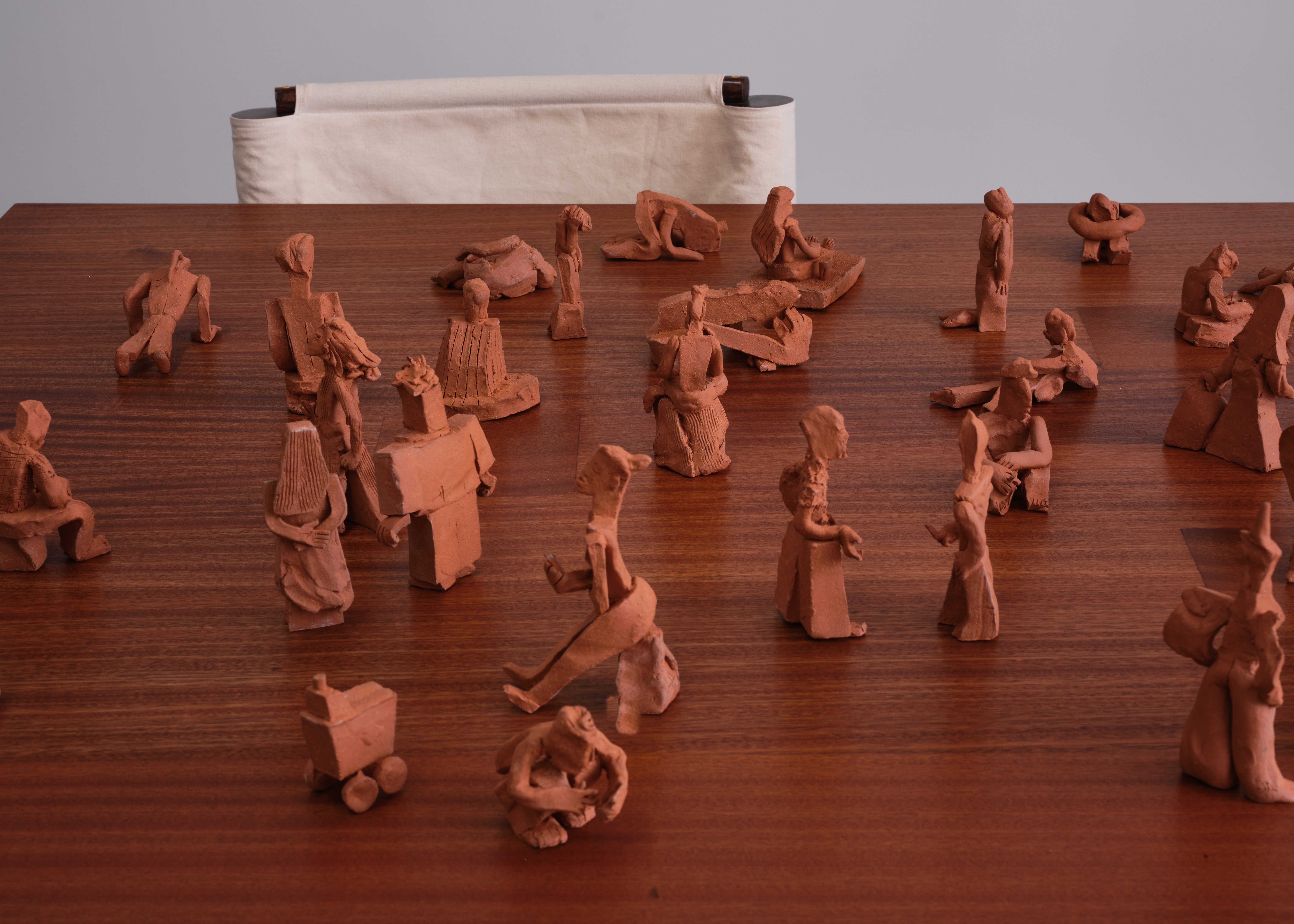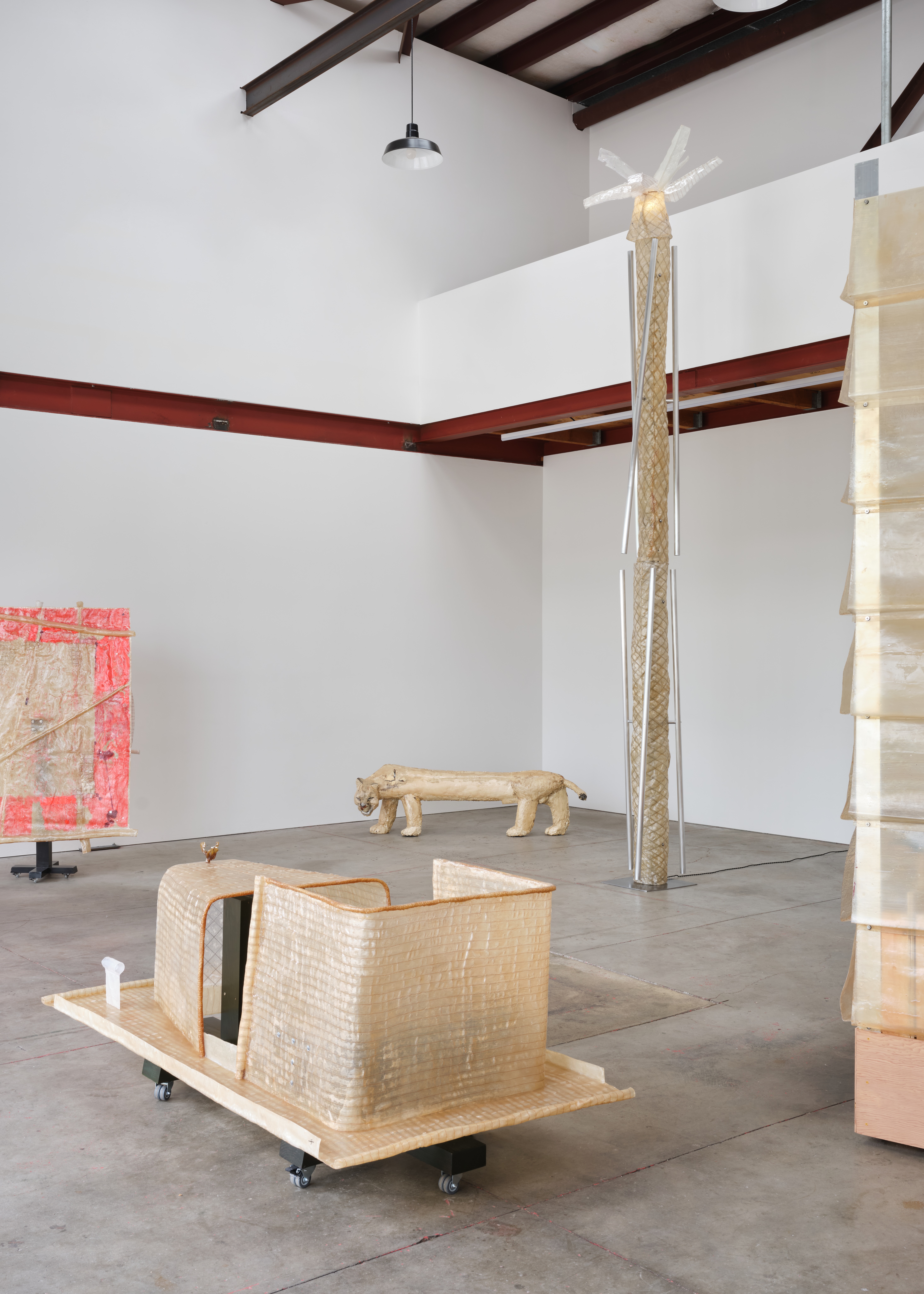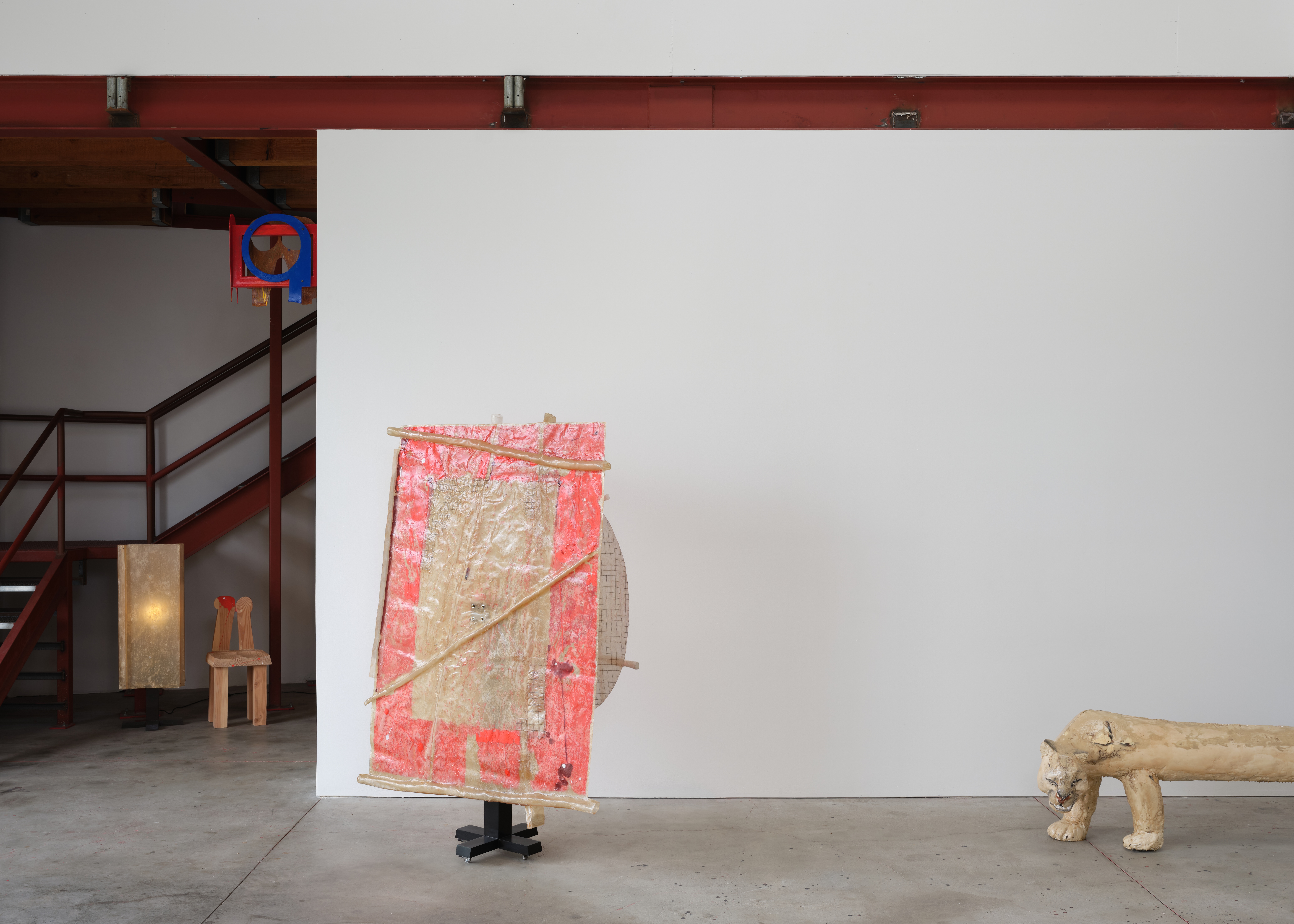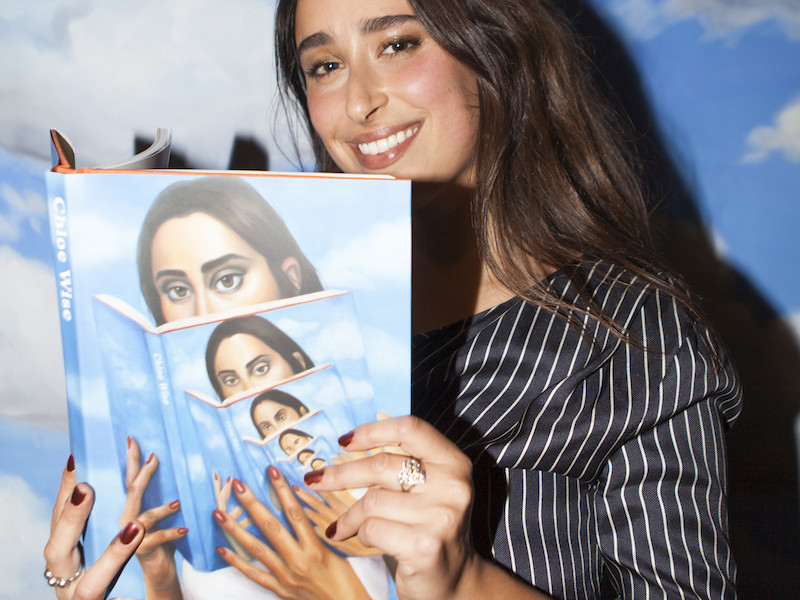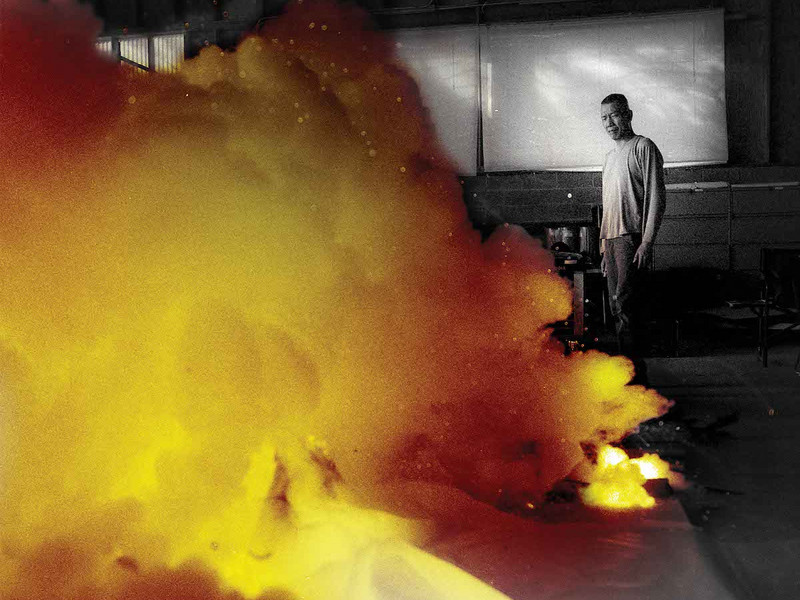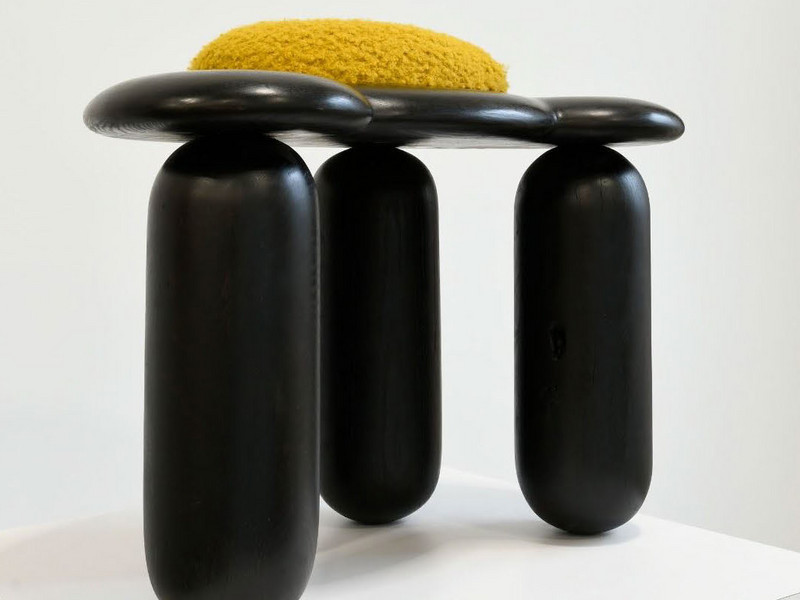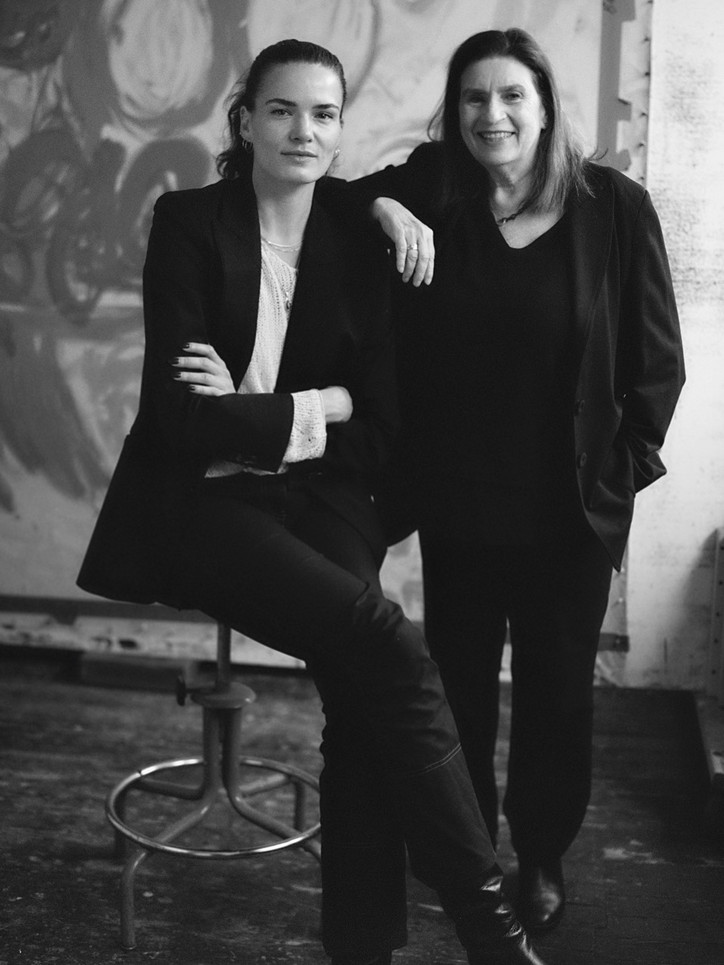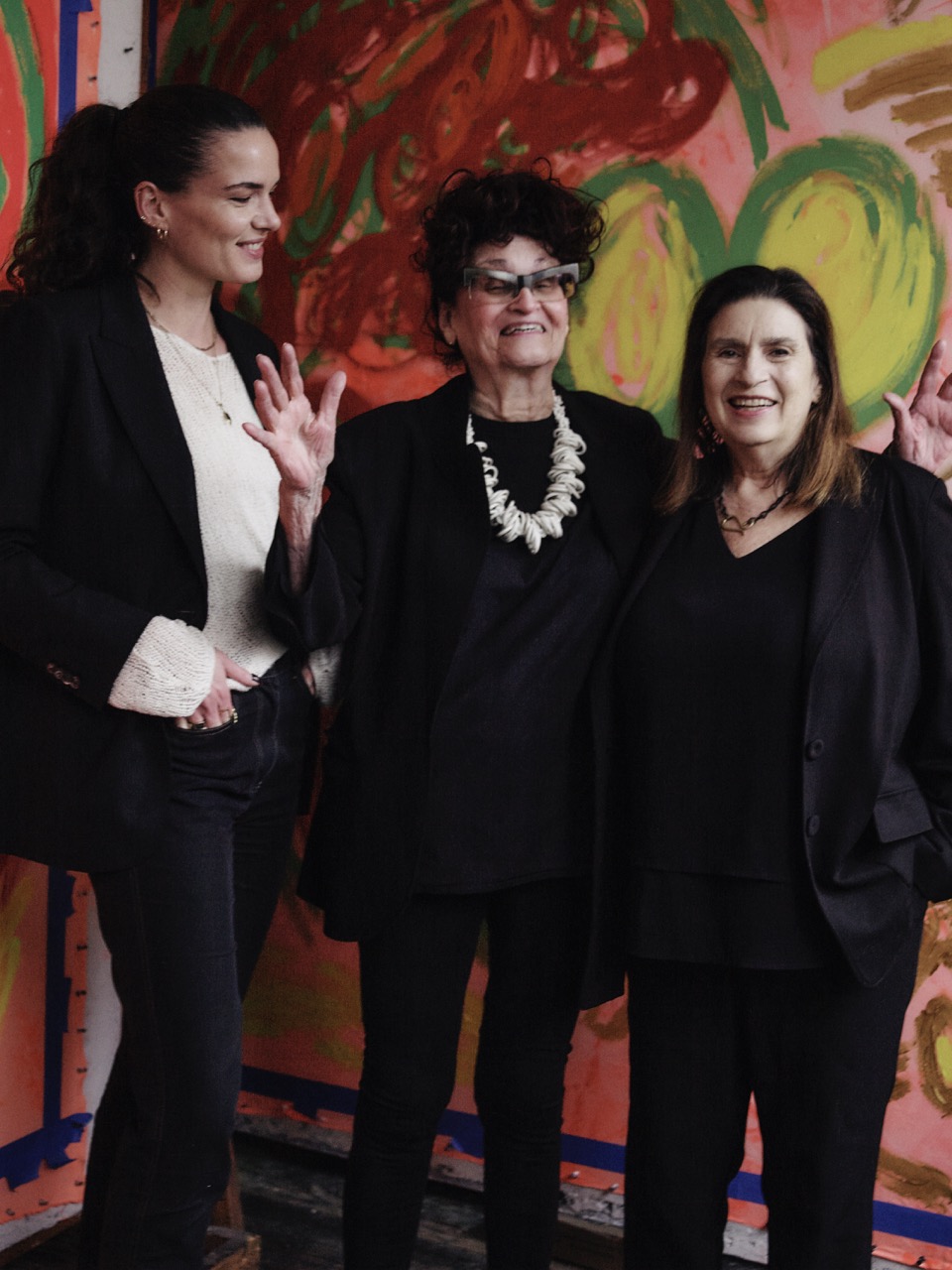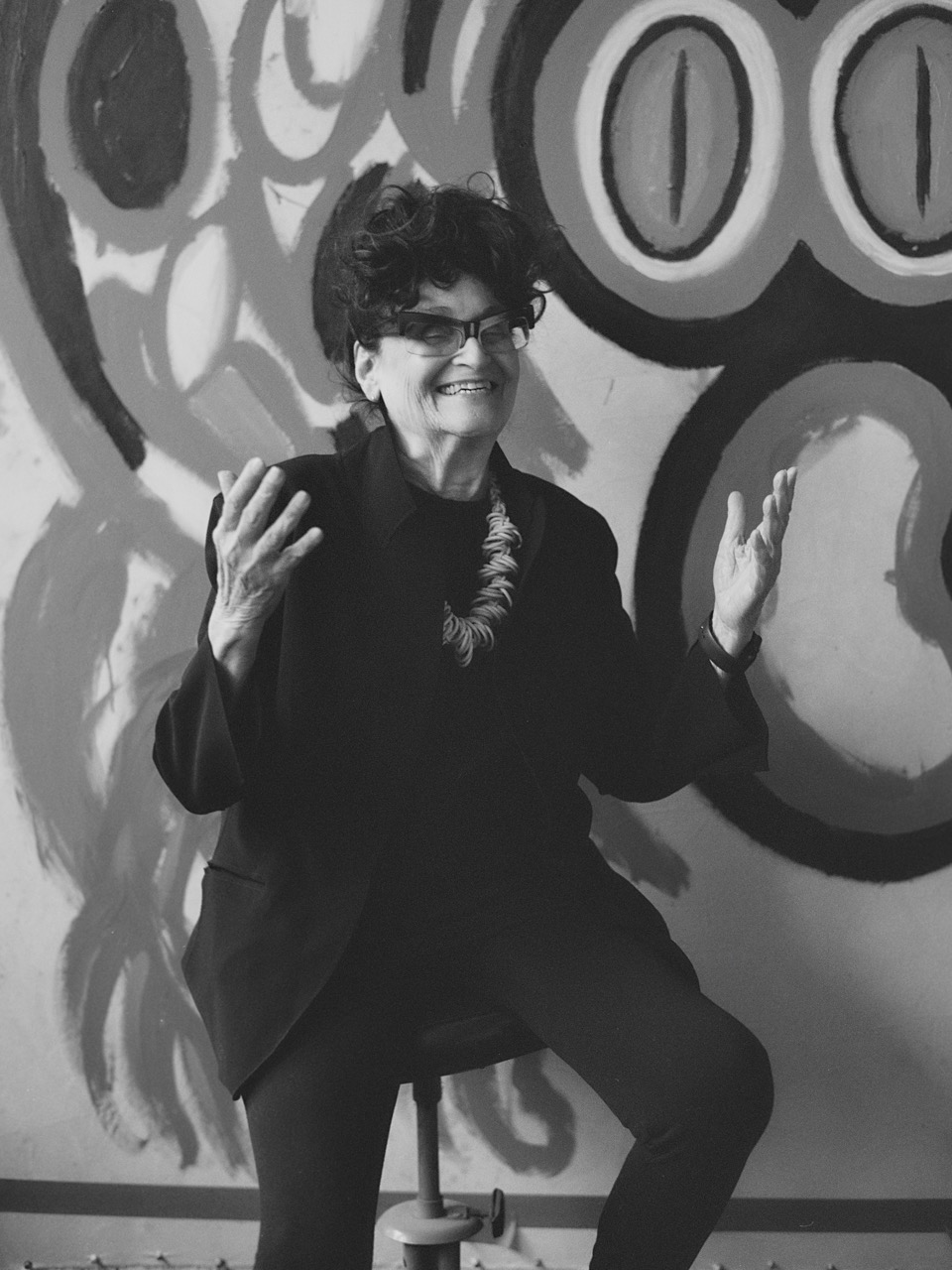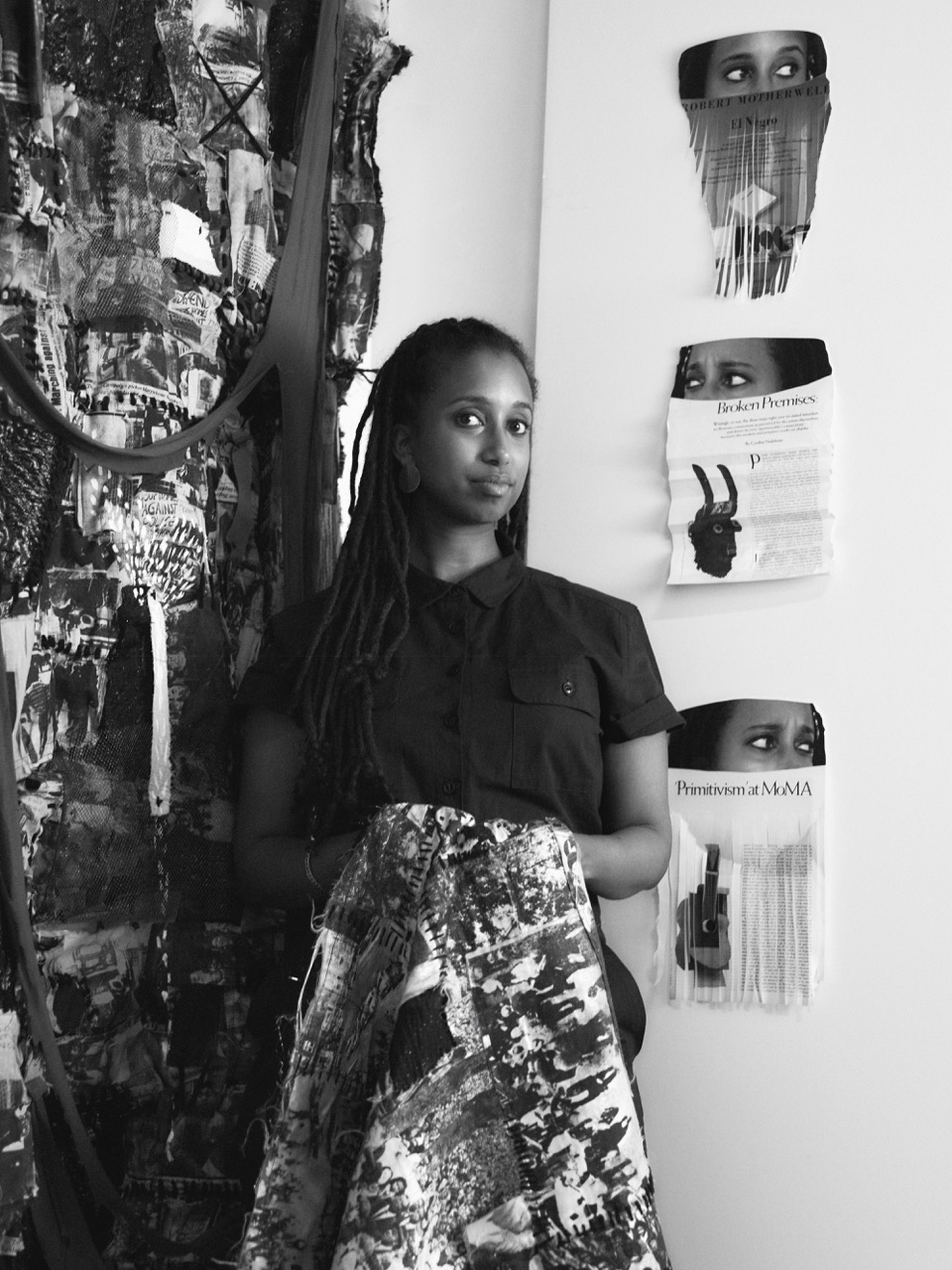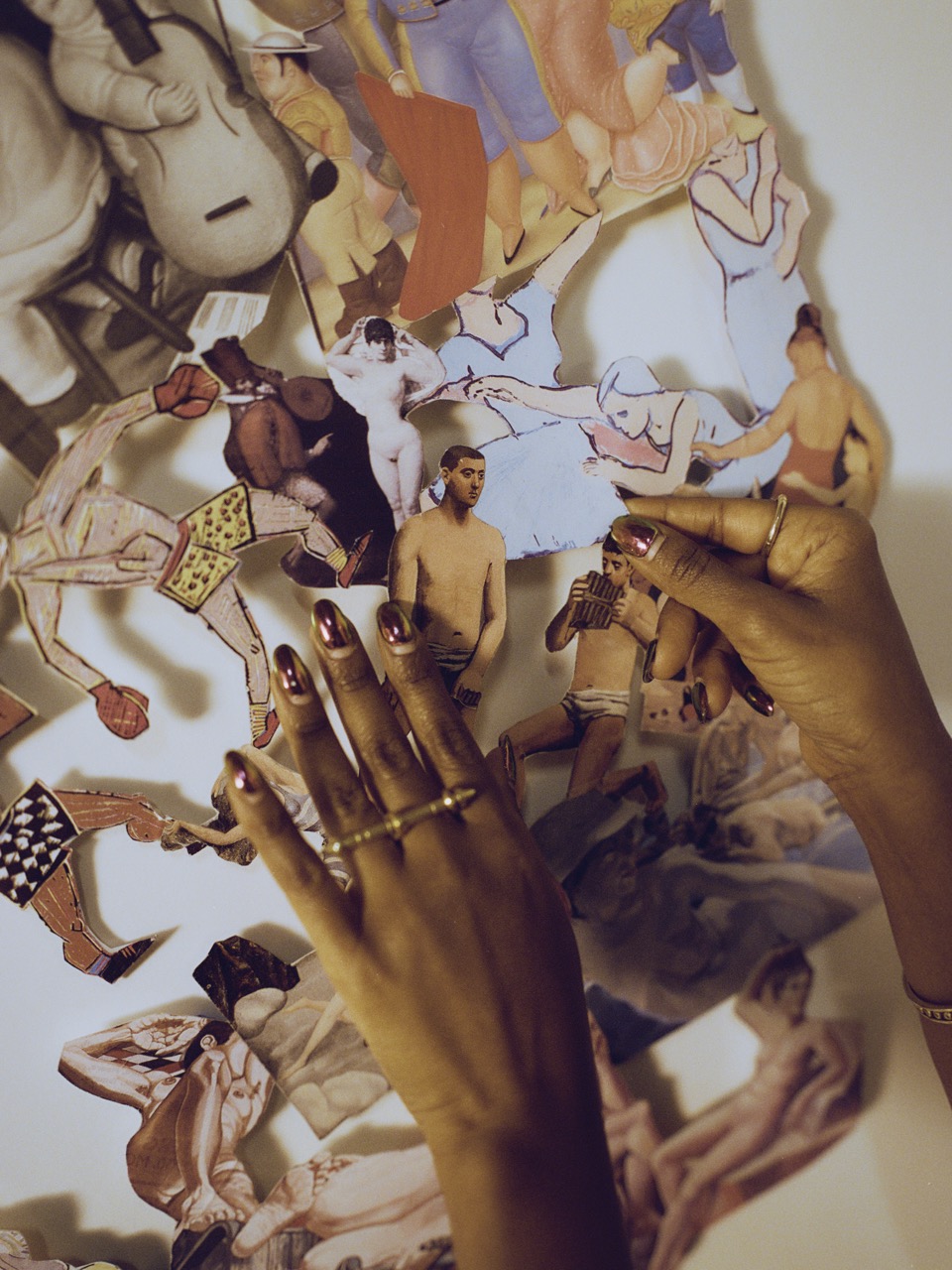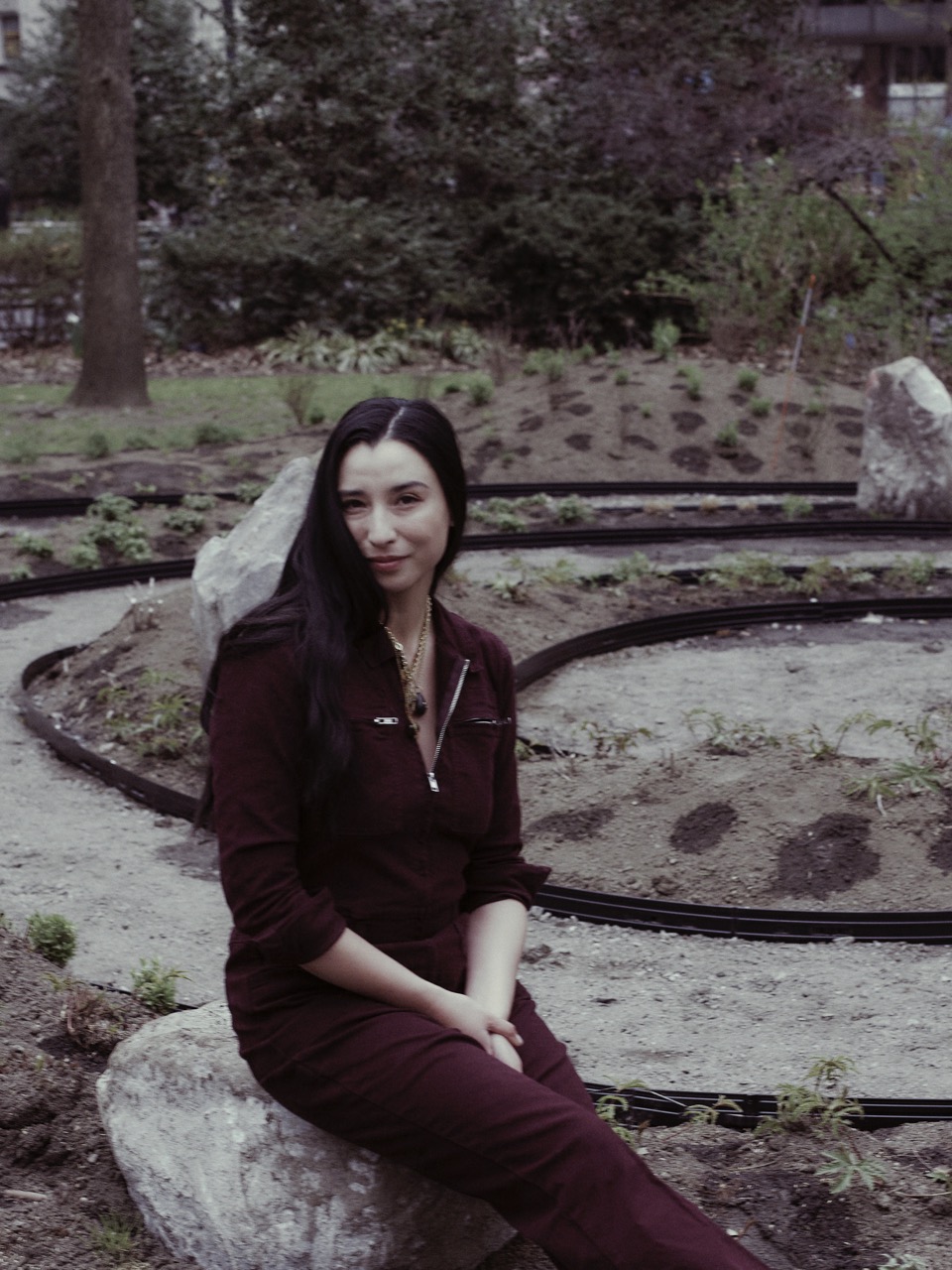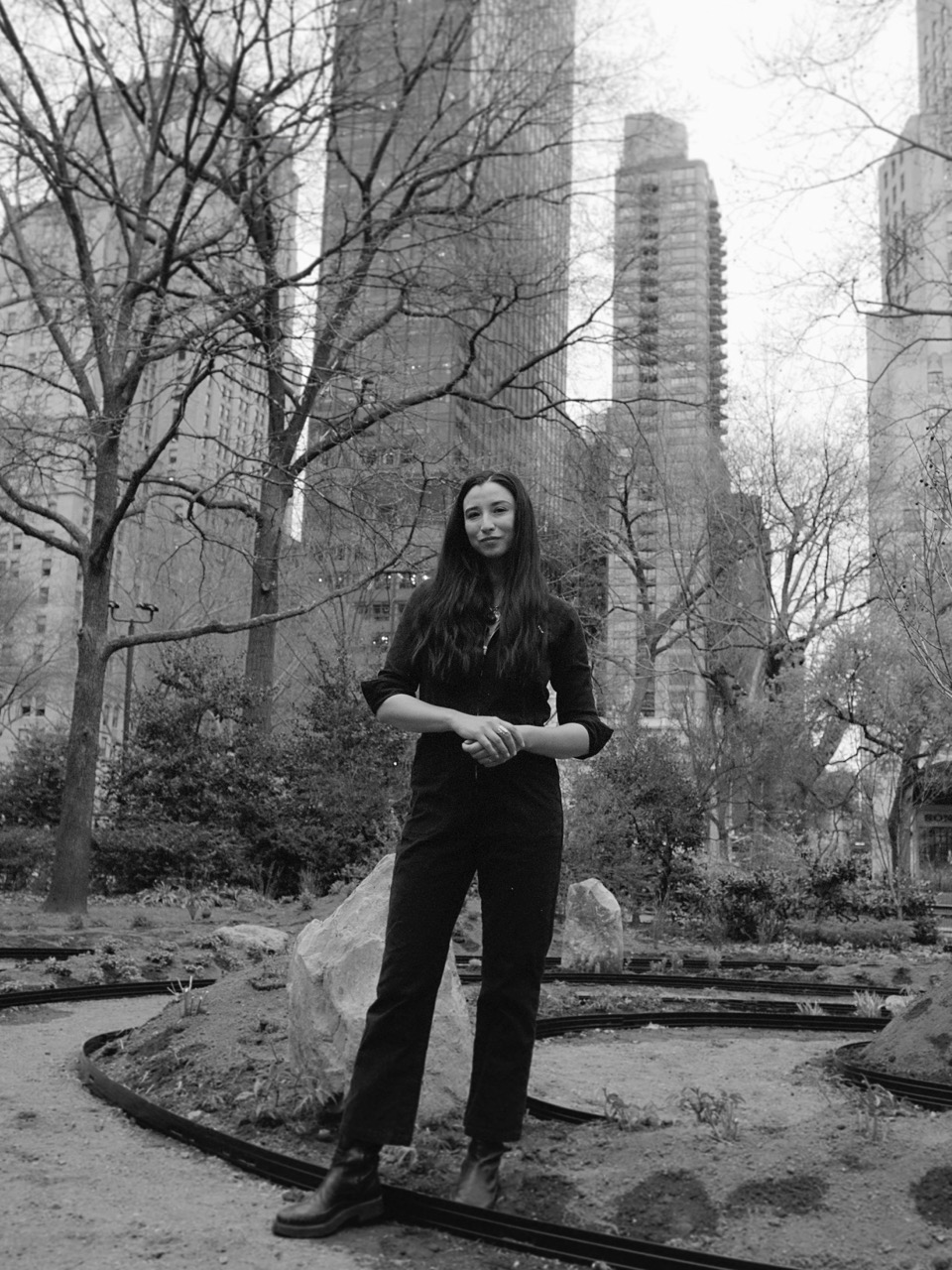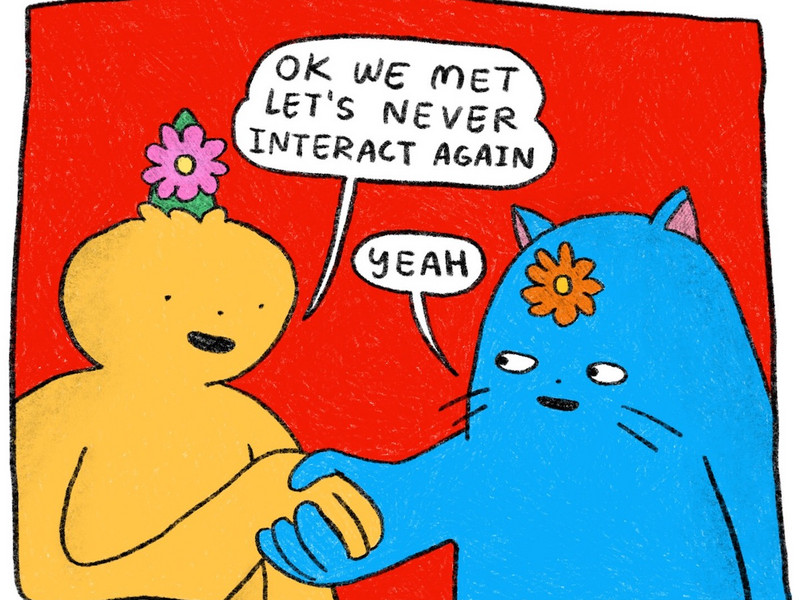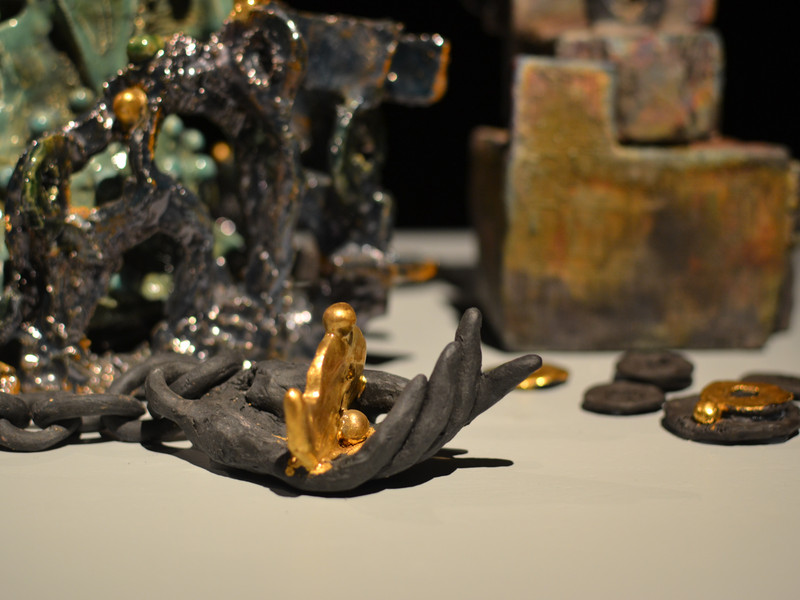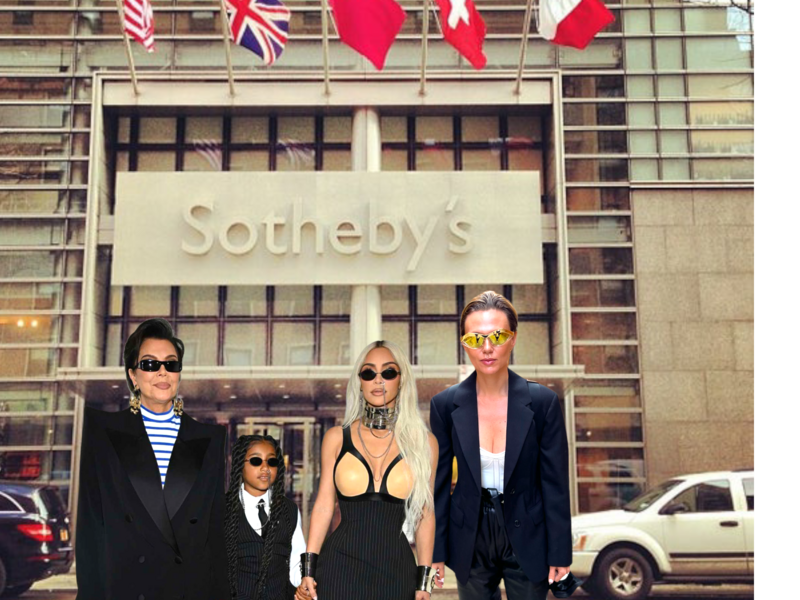An Abundance of Universes: The Sky’s The Limit
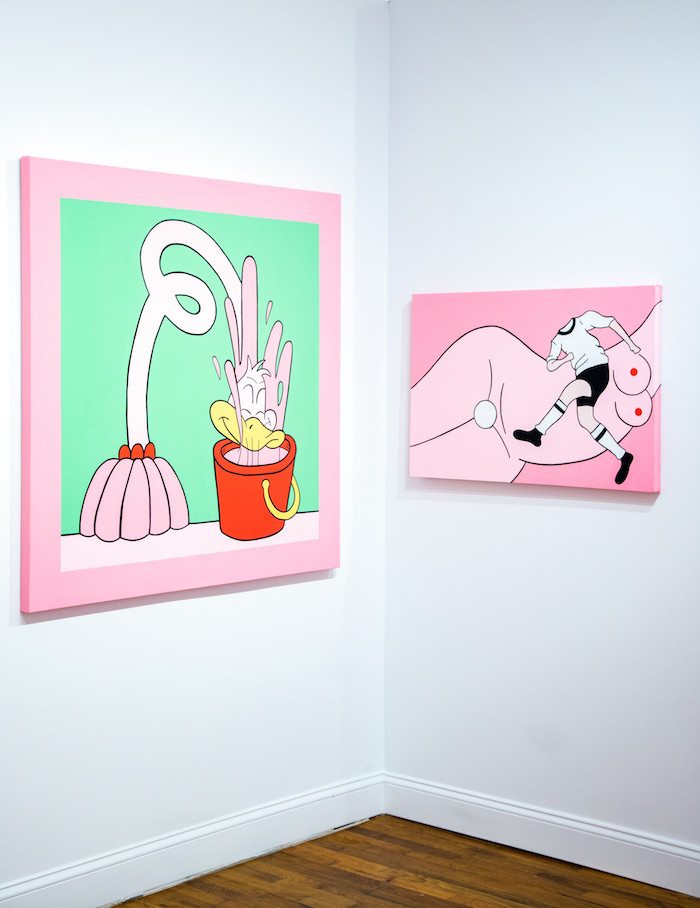
There is much to say about the pieces shown in this effervescently animated and wide-ranging exhibit, but the work truly does speak for itself. Traverse the many created worlds and perceptions through reading office’s exclusive interview with the artists below.
What influences your specific approach to world-building and the scenes you create in your work?
Alberto Pazzi — I’m deeply inspired by depictions of landscapes in vintage cartoons, carefully adorned in shades of pink and green. My objects, too, take on a somewhat exceptional and otherworldly nature. I aim to create worlds that are mysterious, sexy, and fun. In these alternate dimensions, there are creatures who, like us, possess their own unique inner and outer worlds. Within them — and us — are the emotions universal to the human experience.
Carles Garcia O’Dowd — Growing up as a queer nerdy kid on a conservative island, comics, videogames, cartoons, and manga became the perfect escapism. I would daydream about fictional worlds and relentlessly fill in sketchbooks to materialize them as drawings. As I grew up, art history, social issues, and pop culture references would shape me as an artist, and my practice started solidifying a universe of its own: The Rise and Fall of Eden. It is a mythical cosmogony with populations, gods, corporations, creation myths, and cycles of splendor and collapse. I'm captivated by complexity and how everything is connected. Eden serves as a structure — a stage where I can cast my actors to perform a narrative. My fictional world serves as a way to make sense of reality. As I grew, art history, social issues, and pop culture nurtured this alternate world. I'm obsessed with complexity and the way everything is connected. By creating a fictional universe, I can make sense of the world around me.
Roger Cleaves — The main things I think about in my approach to world-building are narrative, methods of abstract figuration, the current social climate, and art history. Many ideas begin in my sketchbook when I am thinking about the main character. In my sketchbook, I like to take the characters through a walk in a possible storyboard. Oftentimes they start off doing very mundane things, but eventually, they run into a confrontation in the artistic form of my mind — meshing together invented problems, moments from my life, and the great history of painting that relates to current ideas I find interesting.
Spencer Chalk-Levy — In my work, world-building happens very organically, if not subconsciously. One series is taken from real-life experiences — specifically coworkers — somewhat from a past life, and the other series I used imagined soldiers dealing with a turbulent city representing where I was at the time.
In what ways does this exhibit showcase your artistic strengths?
AP — The physicality of painting is something I’ve really come to respect and love. With each hour of practice, I get a little closer to painting the perfect line. I was encouraged to play with scale for this exhibition; making paintings as large as sixty inches was a challenge at first. But once the figures came to life, the entire production process became very exhilarating. It gave me a boost of confidence knowing that I’m approaching a style that is distinctly my own and something that makes me feel comfortable, both in terms of my role as the artist as well as a viewer of my own work.
CO — In this show, we are showing pieces from three series’ done at different times. Each one connects to the world of Eden as its chapter, prequel, or spin-off. The first is "No es tu media Naranja, es tu Exprimidor,” a series about how destructive romantic love can become, triggered by a painful heartbreak. In Spanish popular culture, your soulmate is called your ‘Media Naranja’ or ‘other half orange.’ The title of this series translates to, ‘They are not your other half; they are your juicer.’ The second is “Metamorphosis,” inspired by resource mining, whale hunting, and plastic surgery, this series seeks to portray the cycles of ‘rise and fall’ that human civilizations seem to keep perpetuating. It stars two of my most beloved characters: the Topoids and the Yoyos. The third is “Neony.” My most recent pieces are scenes of a post-climate collapse in New York City, where celebrities have become goddesses, old infrastructure repurposed, and gentrification is still rampant, making its way through a drowned metropolis. This series’ inspiration stems from sci-fi dystopias, speculative fiction, and the techie-promises of a hyper commodified future. It explores the contradictions, fears, and confusion about the future in a post-factual climate-changing reality. I'm thrilled with TW's curation of each piece, following a non-chronological display. I think this exhibit shows my drawing skills in a very raw and bold way — drawings are pinned to the wall, naked — visitors can see every dot, every shakey line, and mark that my hand left on the paper.
RC — This exhibition brings together paintings that display my methods of abstract figuration, my love of balancing chaos, and my appreciation for interesting character design. One of my biggest strengths is my ability to speak to a wide range of viewers. I feel the imagery has a cool presence, as defined in Dinerstein's book, The Origins of Cool in Postwar America. I think my paintings are interesting enough to grab the viewer’s attention through color and creativity. I love the balancing act between shapes and color, texture and flatness, tradition, and the absence of it. I think the seasoned art historian can identify all the games I play with Modernism and how that ties into the thoughts of one who is creating from an Afrofuturistic perspective. My strength is the ability to create work that is dynamic in presence but rewards the viewer for spending time with the piece on multiple sittings. I think every painting in the show does a great job of displaying my range.
SCL — Everything for me starts in the sketchbook. I use it as a visual journal — with pages of lists and ideas for bigger works as finished drawings.
What are the main emblems or mediums that you utilized in your work that is featured in “Sky’s the Limit”?
AP — Some of my most prevalent influences are ancient illustrations of plants, cartoons, poster art, and, as of late, Japanese wooden toys. I introduced those figurative elements into the paintings to further elucidate the complex and varied nature of my own aesthetic preferences without losing the magic of a minimalist approach. My work is very flat so to speak — contours dissolve into large swashes of pink, red, green, and yellow. Although my work may not utilize the techniques of trompe-l’oeil, I seek to depict intimate spaces that invite viewers to step into a room within the larger universe that my colorful characters inhabit.
CO — The work I'm showing in this exhibition is all exclusively ink on paper, my method of choice since I was a child — a total of 36 small format ink drawings created between 2015 and 2021. After lots of preparatory drawings in my sketchbook, I make a final pencil sketch that I then ink using dip pens, technical pens, and paintbrushes in the manner of traditional underground comic art. A large number of the pieces feature two recurring characters I mentioned before. Topoids represent workers, minorities, and the apollonian side of humans. Whereas Yoyos represent consumers, the middle class, and our dionysian side. Furthermore, there are nods to contemporary pop celebrities, a tribute to Milton Glazer's ‘I Love NY’ logo, and a story of abuse that a dear friend told me right before relocating to New York.
RC — This exhibition features my oil paintings which are built using a very traditional glazing process. The initial stage of these works is a monotone underpainting layer and I stay there for weeks until I feel the table is set and ready for the entrees and meal. I slowly build up the color and end with any final garnishes that I feel complete the image. I like the idea of using the history of painting to create contemporary abstractions.
SCL — The works in “Sky’s the Limit” are all works on paper. The drawings start with a pen. I usually love those clock pens that you see in every office. Then I use either watered down acrylic colors or a selected palette of colored pencils. They both give very different moods to the drawings.
What emotion or message do you want people to leave with after seeing your work?
AP — Hopefully it can motivate someone to pursue an artistic endeavor and dive into the world inside of them. Distorted realities and different views are very important to keep the soul and originality of art fresh and inspiring.
CO — I hope that viewers of the work have fun and get lost in the details that tie the pieces together. And that in the process, my characters and situations will take them somewhere new or make them think of something they weren't expecting. I encourage people to come with a friend. It's always a delight to see folks having conversations about what is going on in each scene.
RC — "Forget Me Nots Land" is a created world and story, and I want the viewer to be filled with intrigue. I want them to walk away knowing that each work is a small unique piece of a puzzle and that the story reveals more of itself with each exhibition. Hopefully, in a brief moment, they see the power of Afrofuturism and its ability to speak about a wide range of topics that transcend the box that has historically defined the contributions of African American artists. In the next moment, I want them to think only about how invigorated they are about the future of painting.
SCL — In one series, I want the viewers to see through the eyes of fictional ‘Bataillon 102’ characters, a period in my life that was dark and mysterious and expressed itself into an almost animated city. On the other hand, I wanted to show the beauty and fullness in the ‘in-between’ moments as well as the beauty in the banal in the other series.
